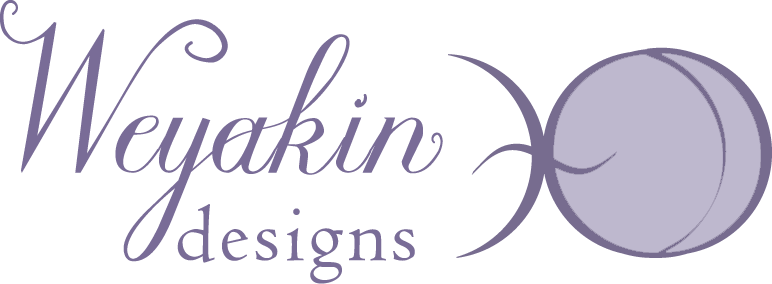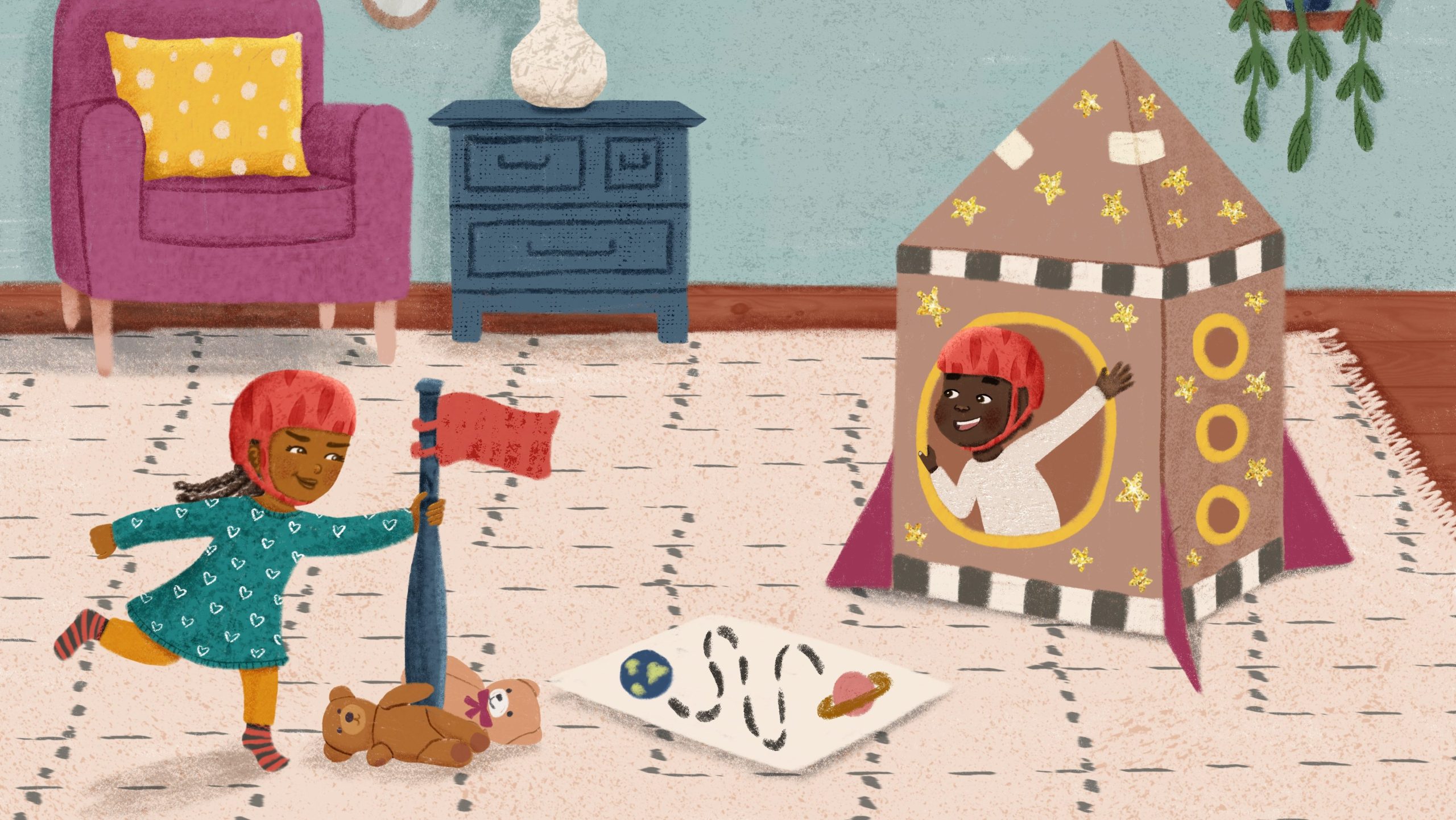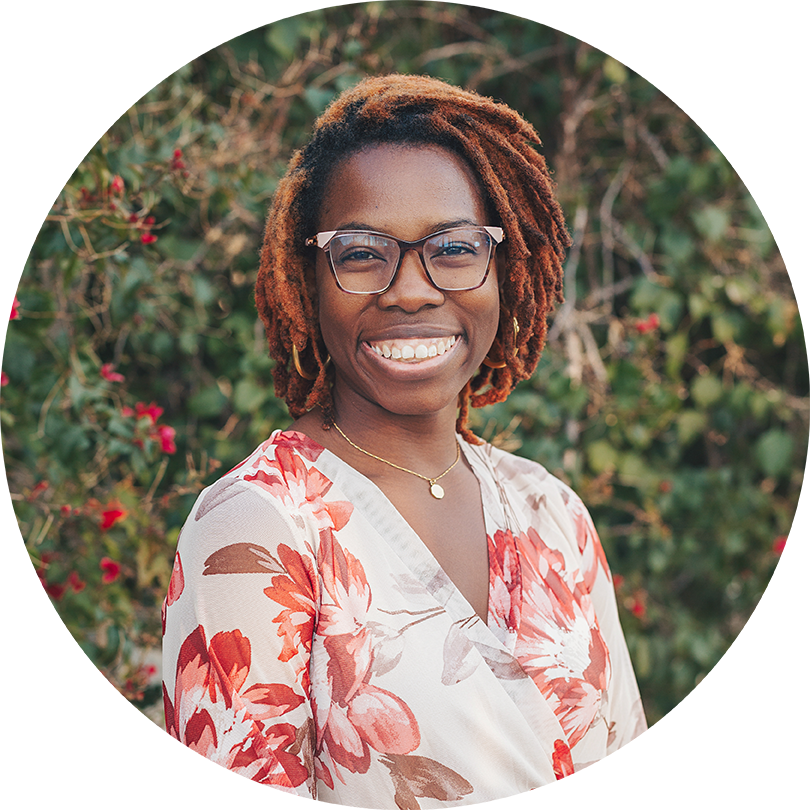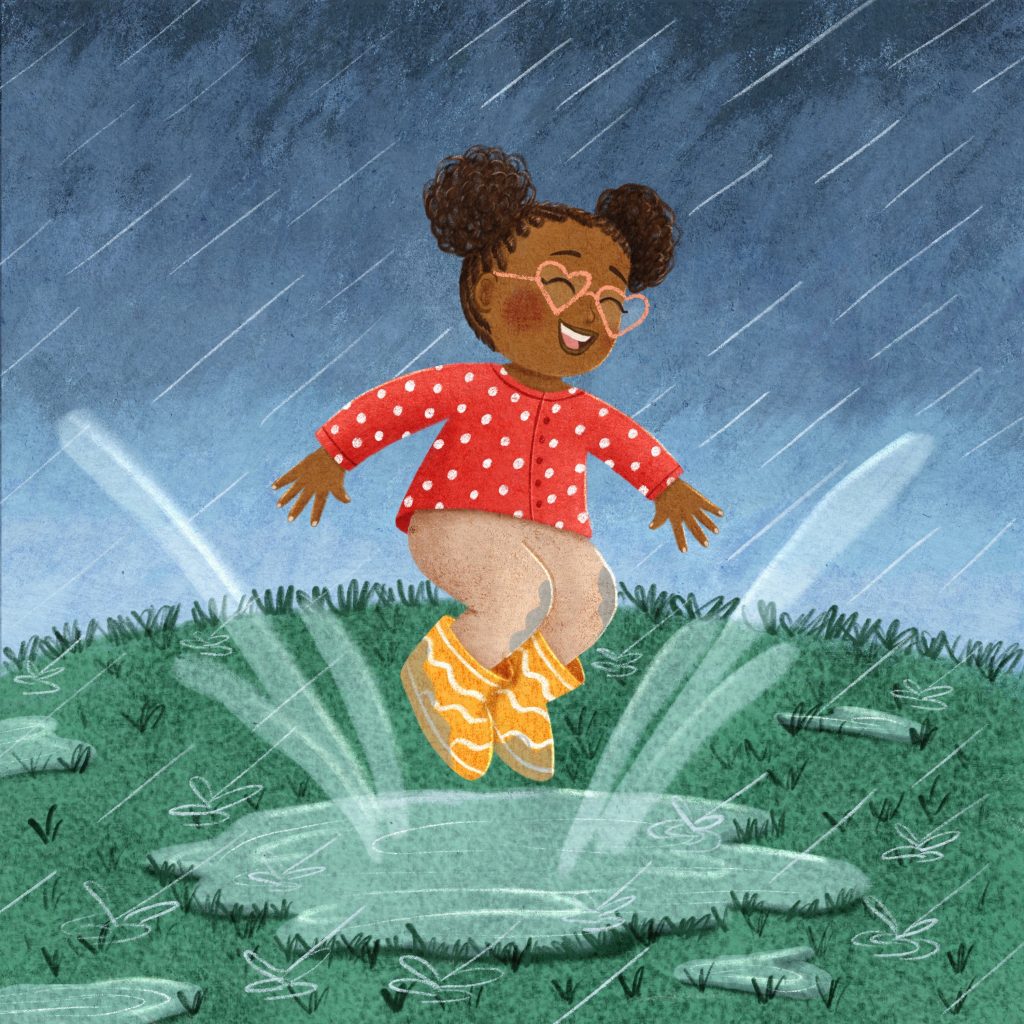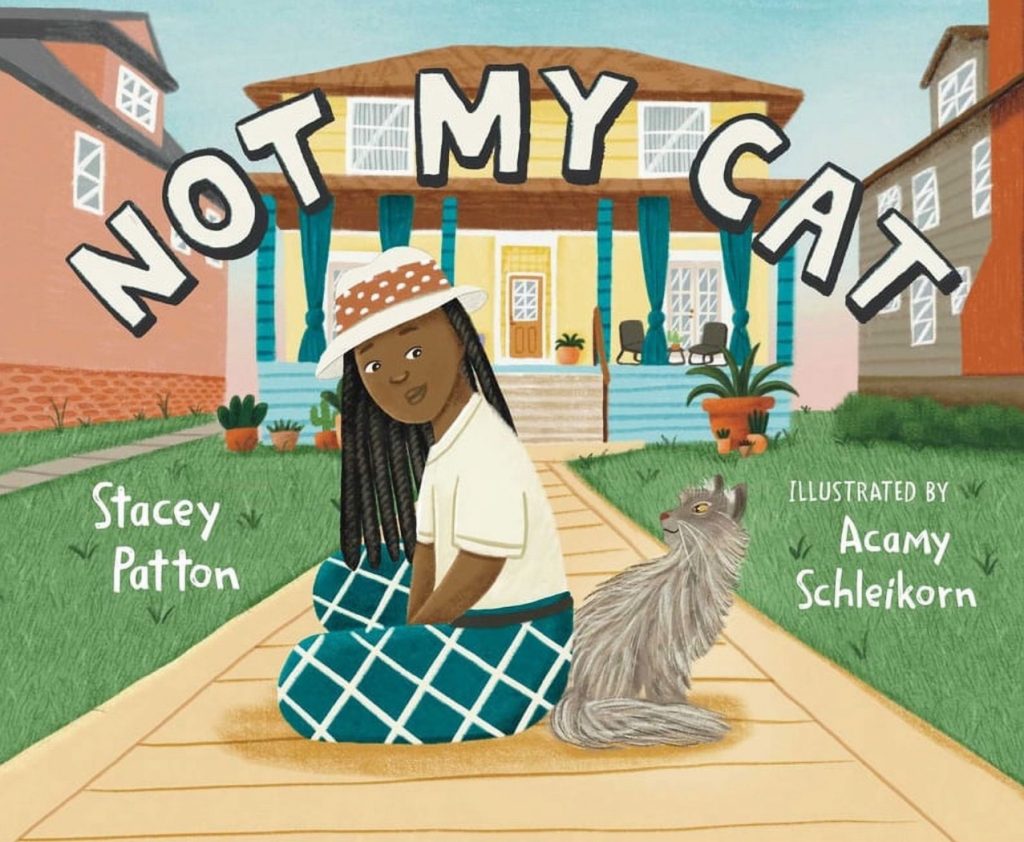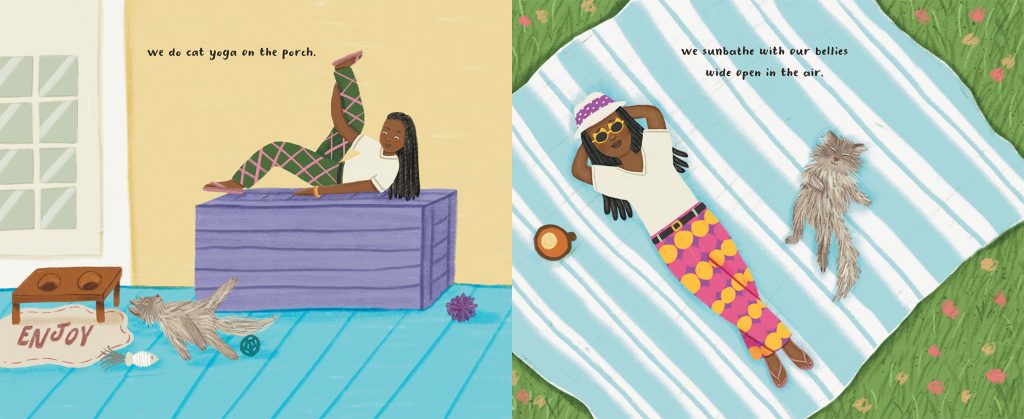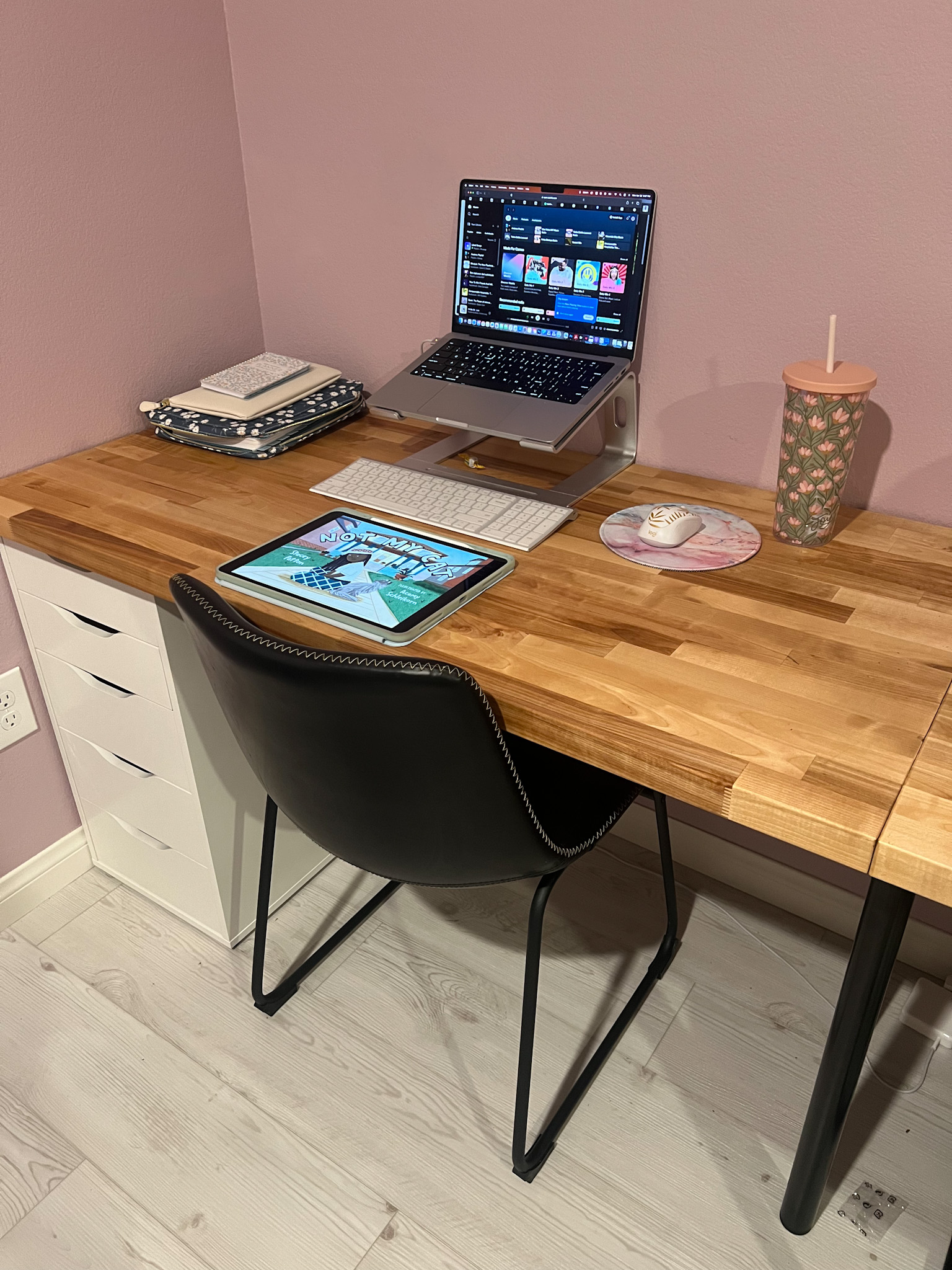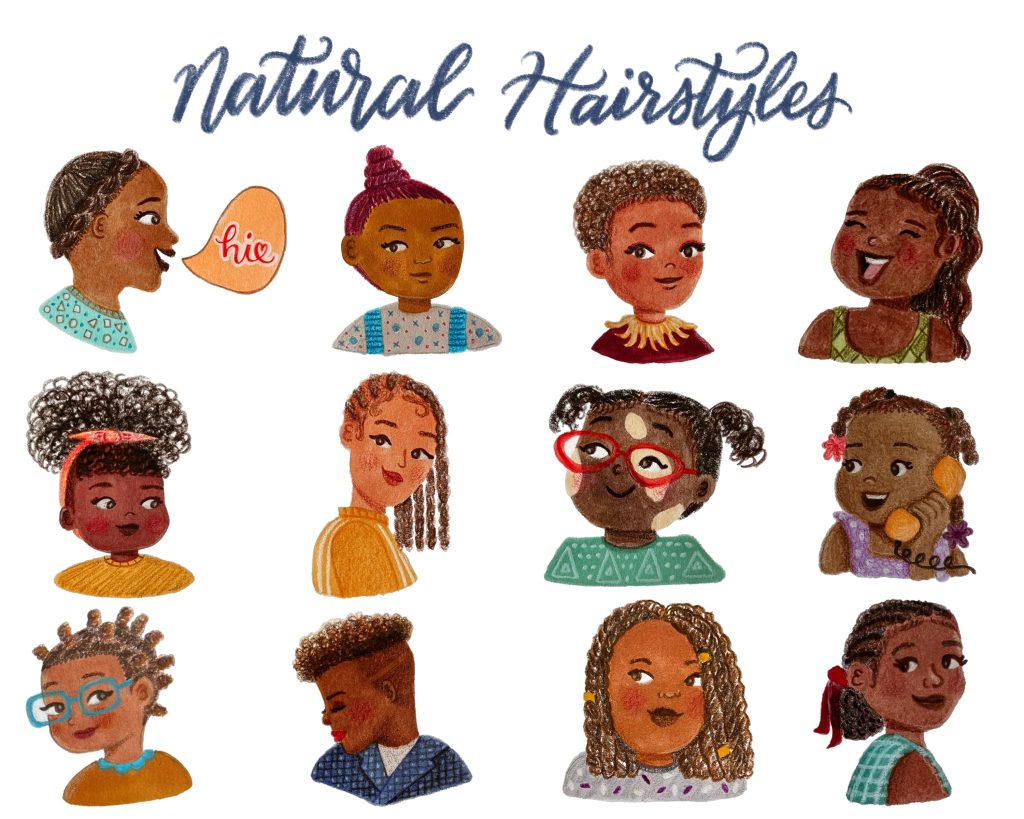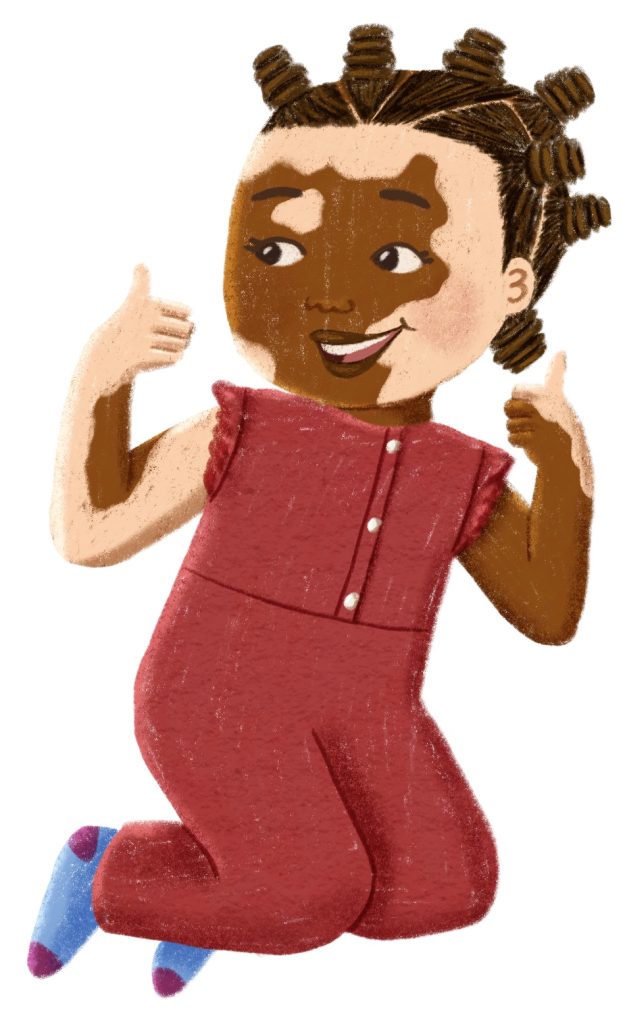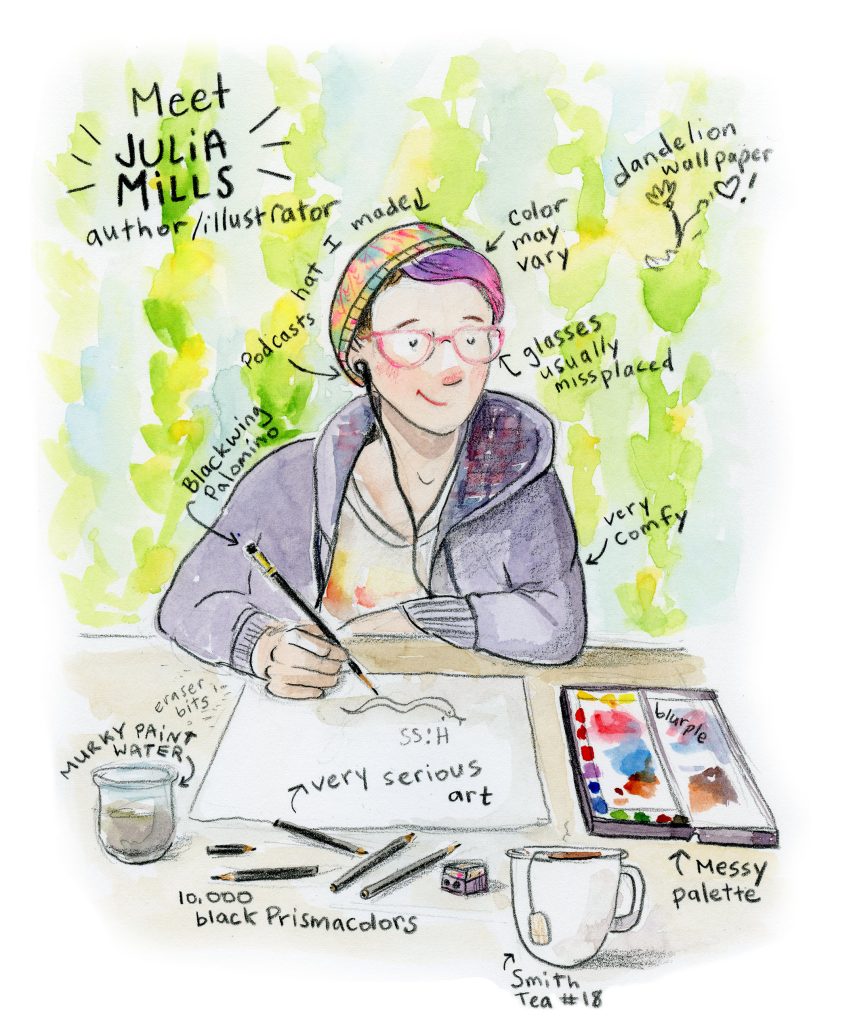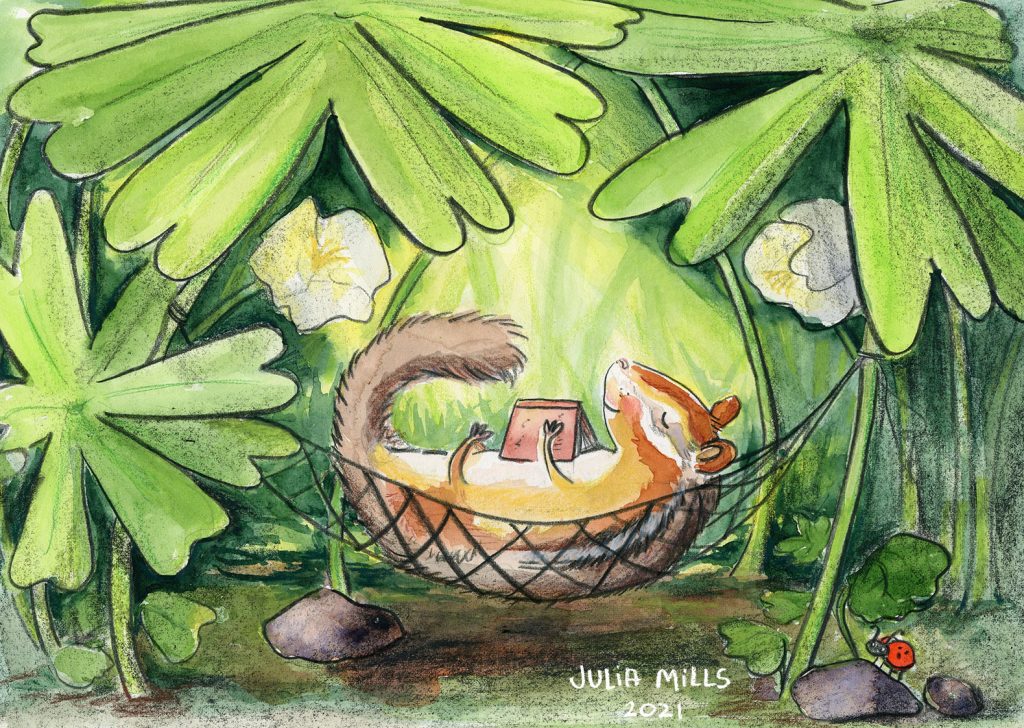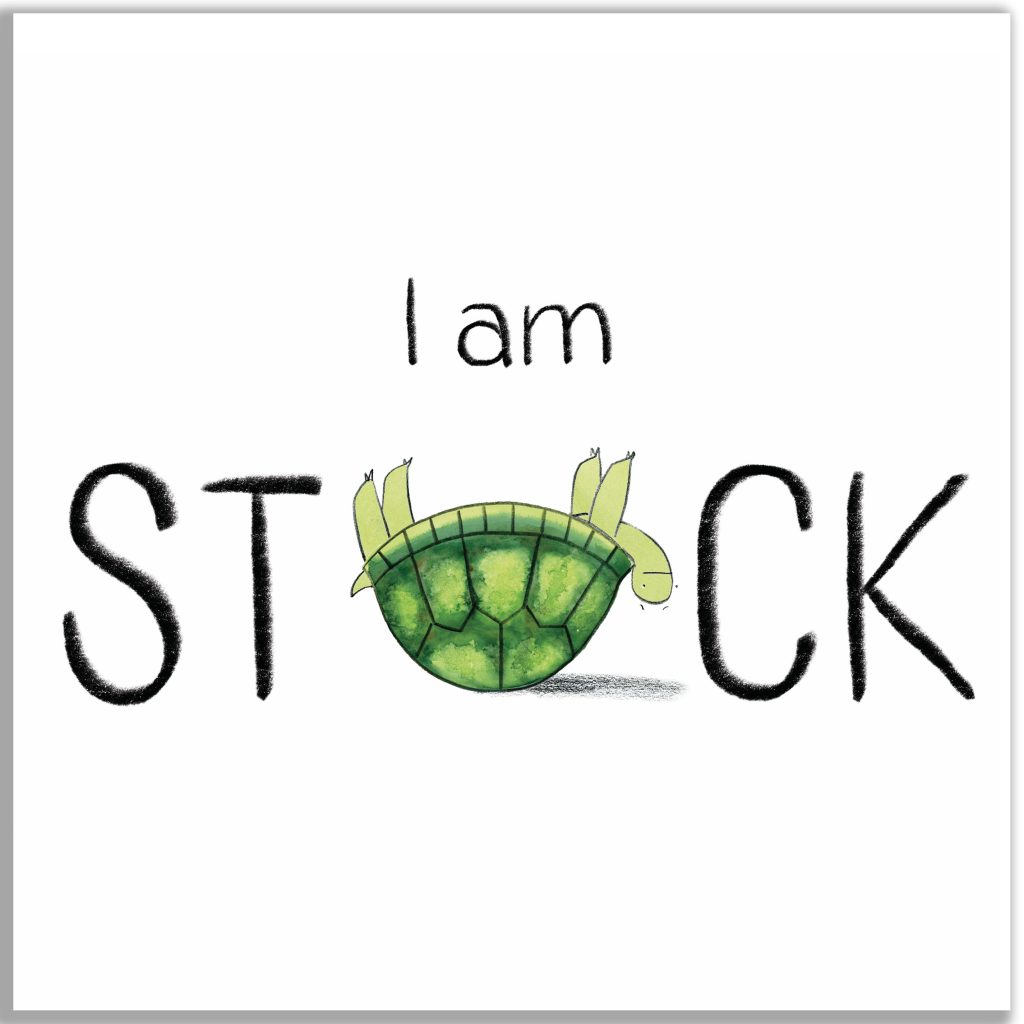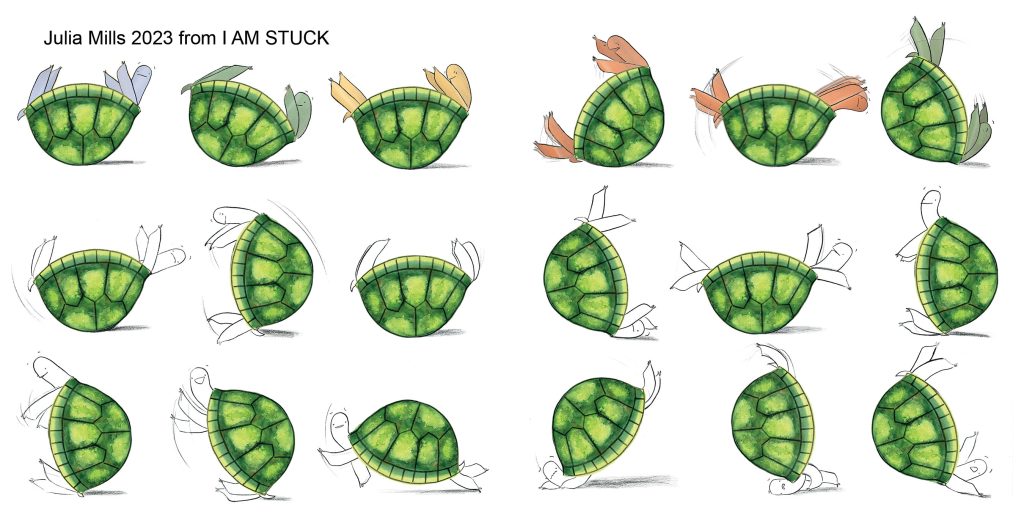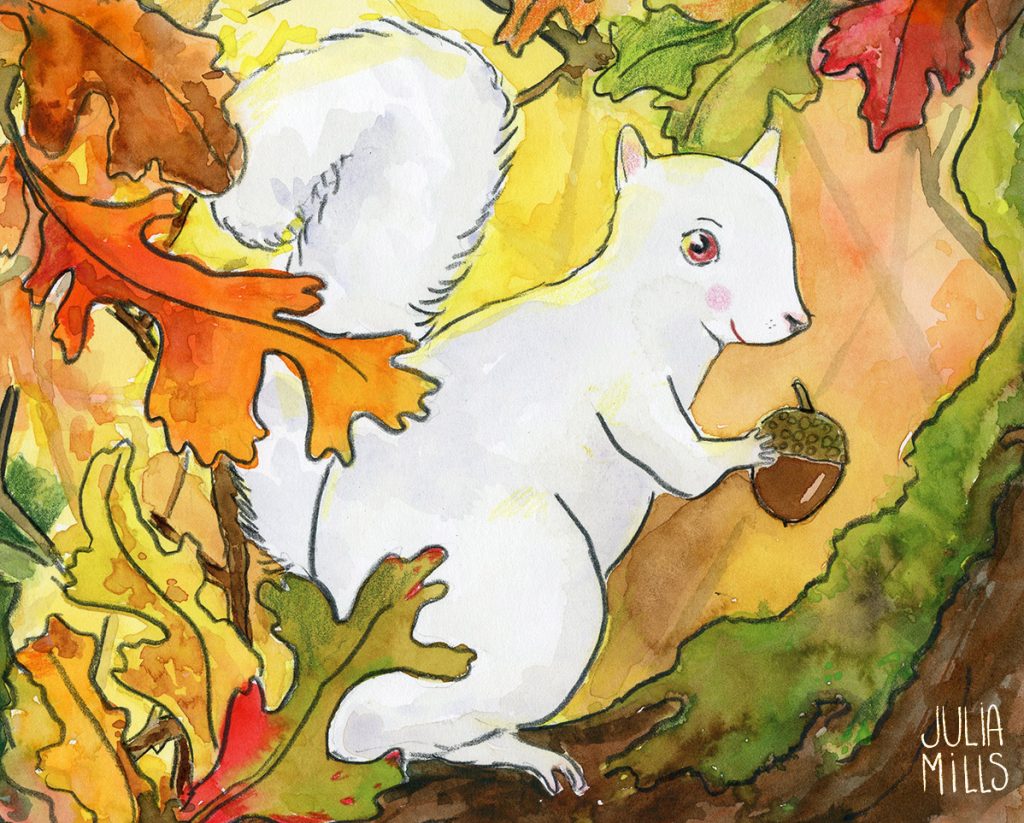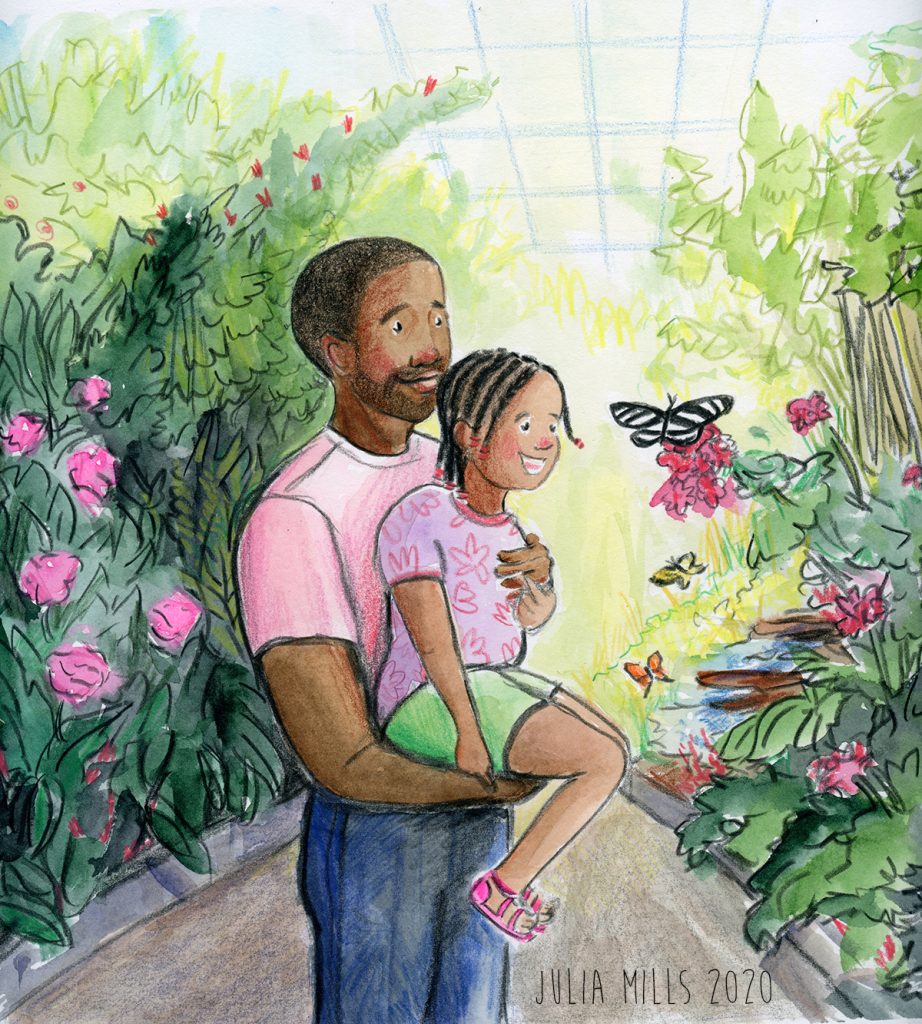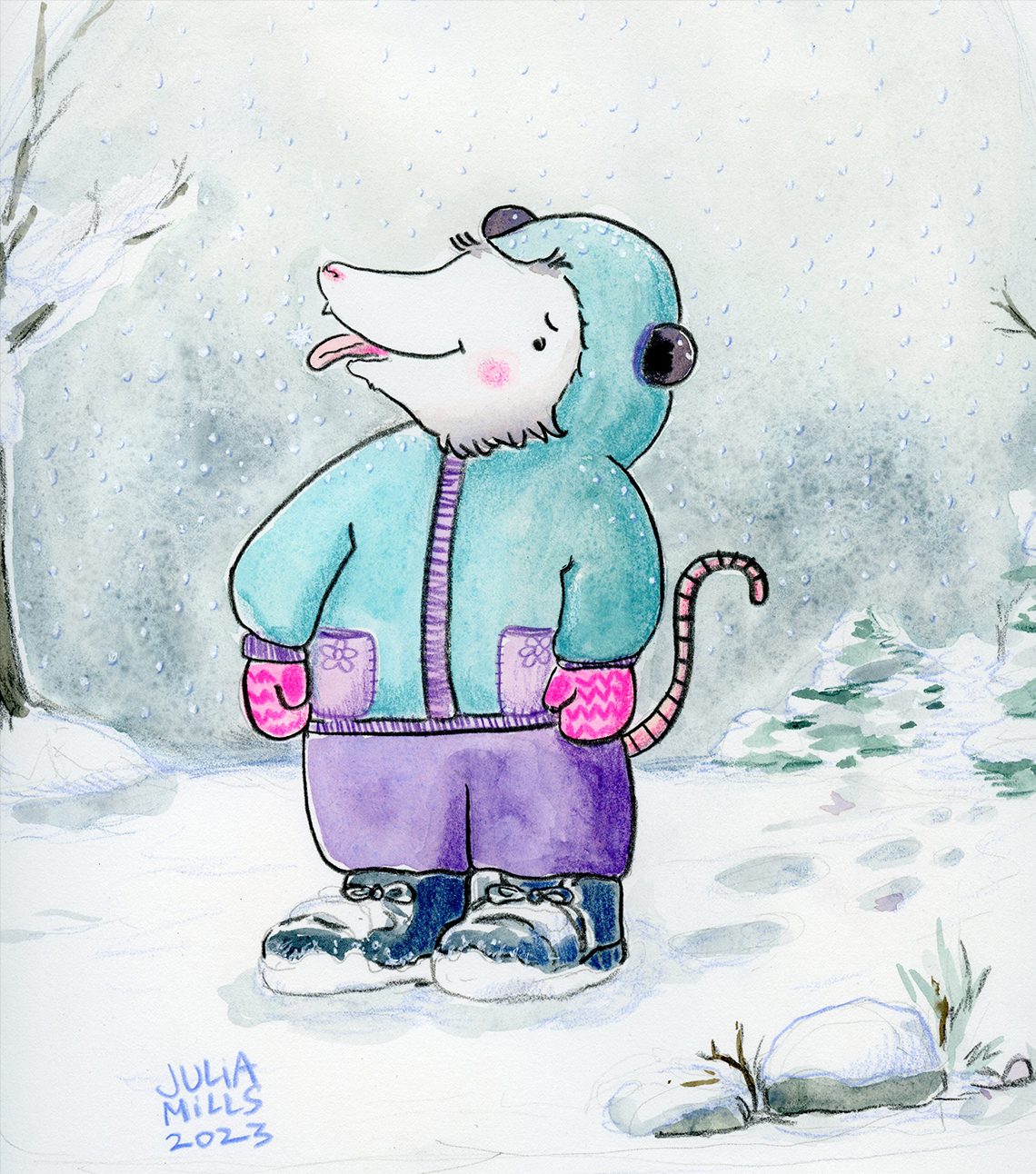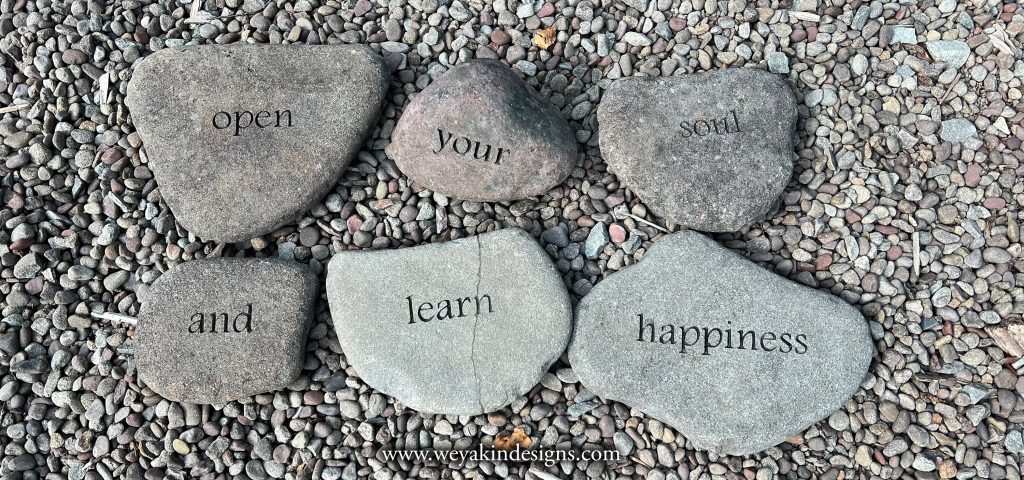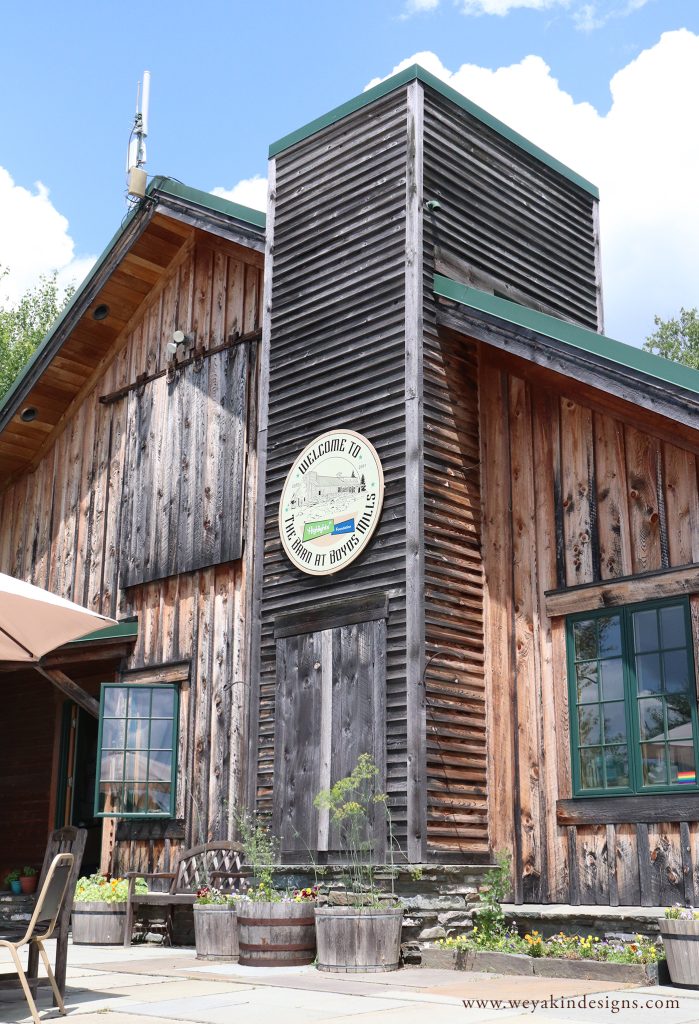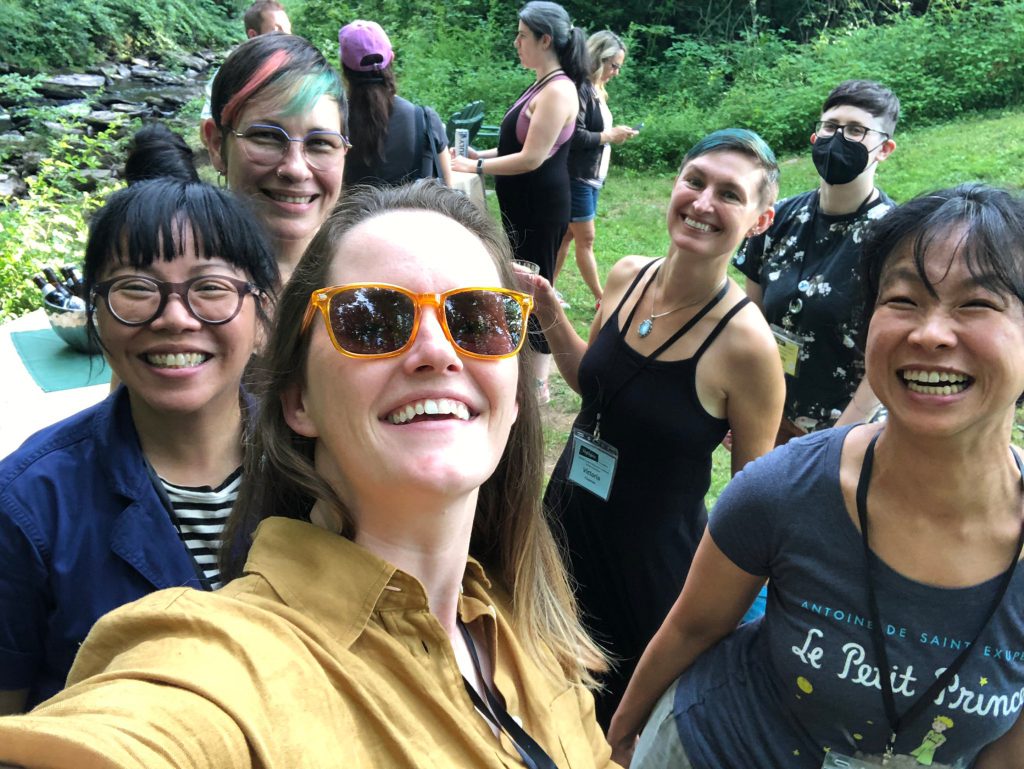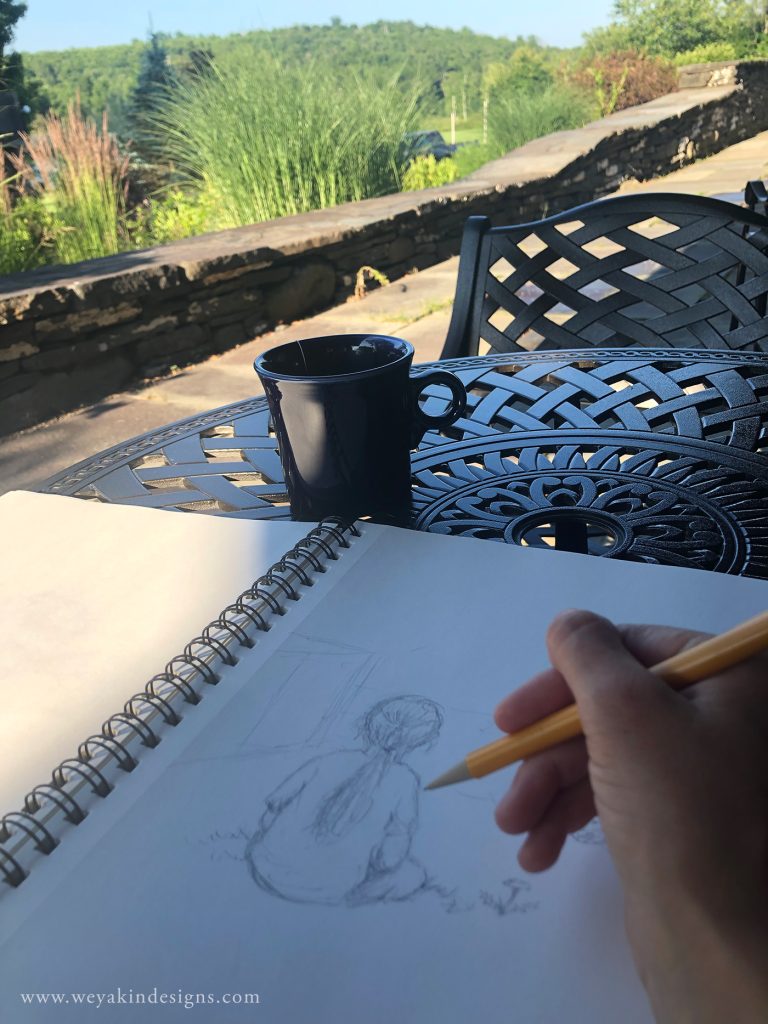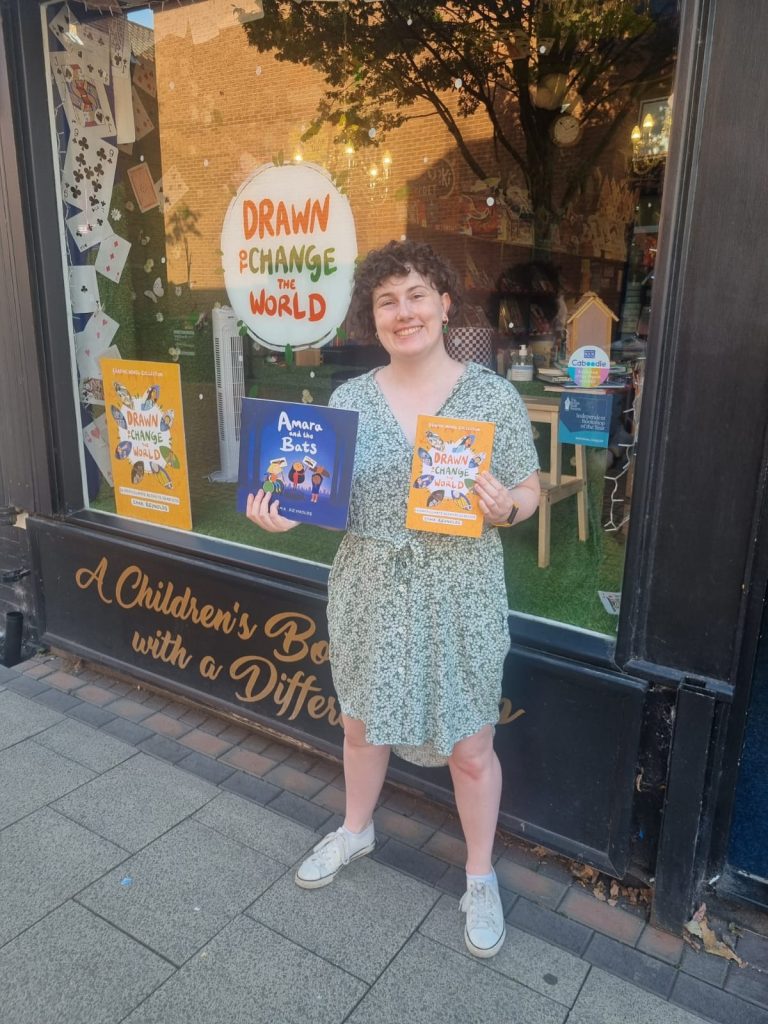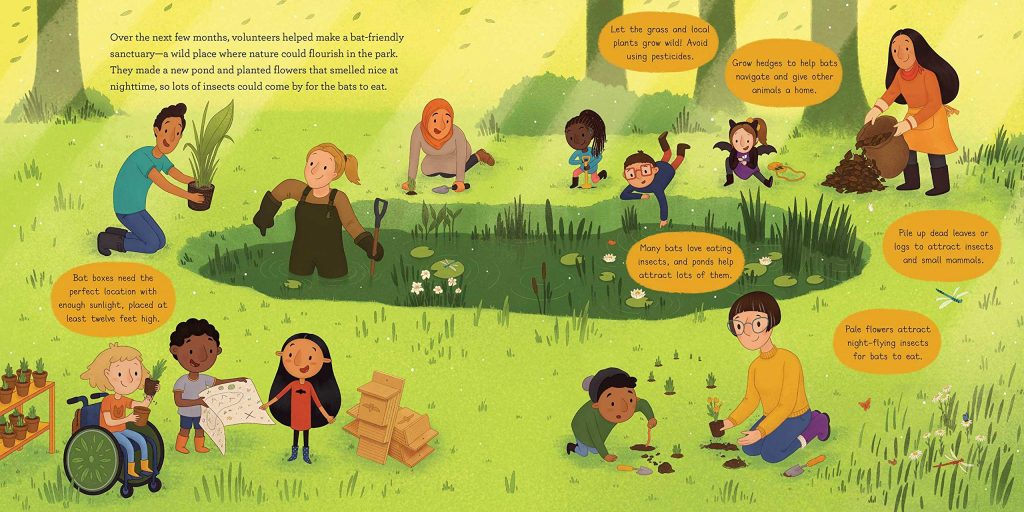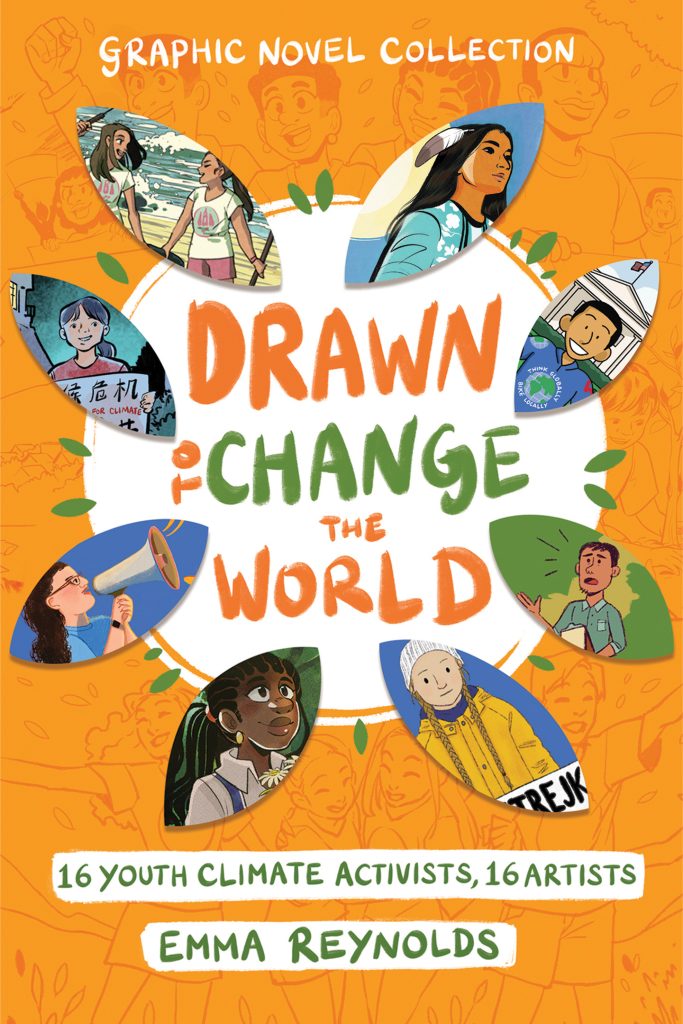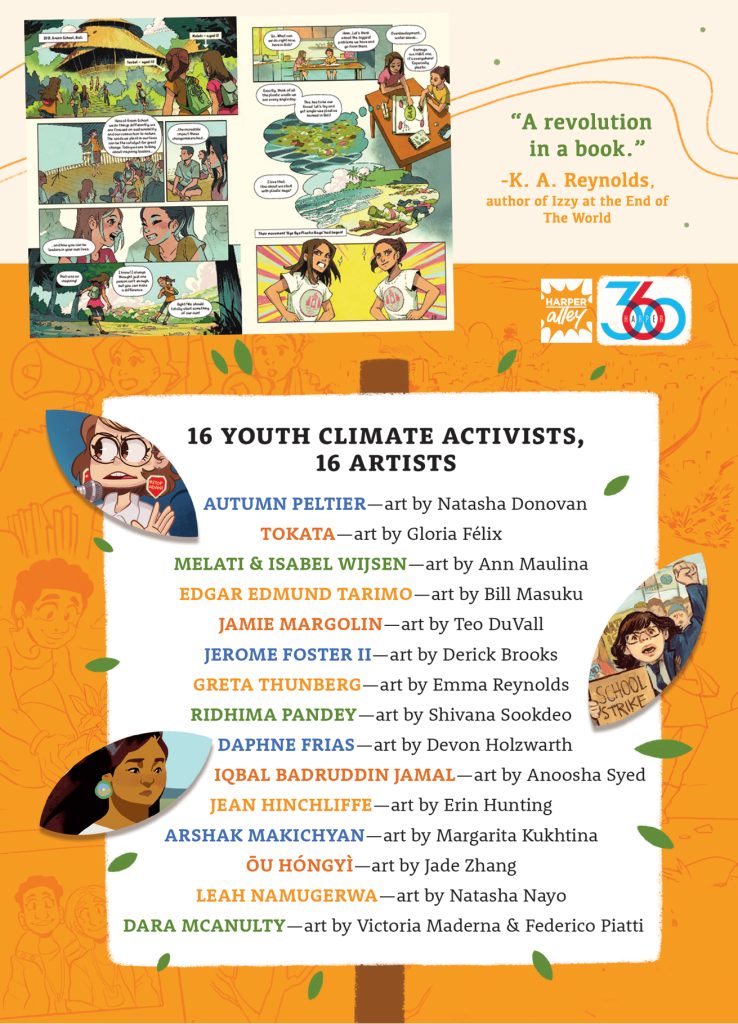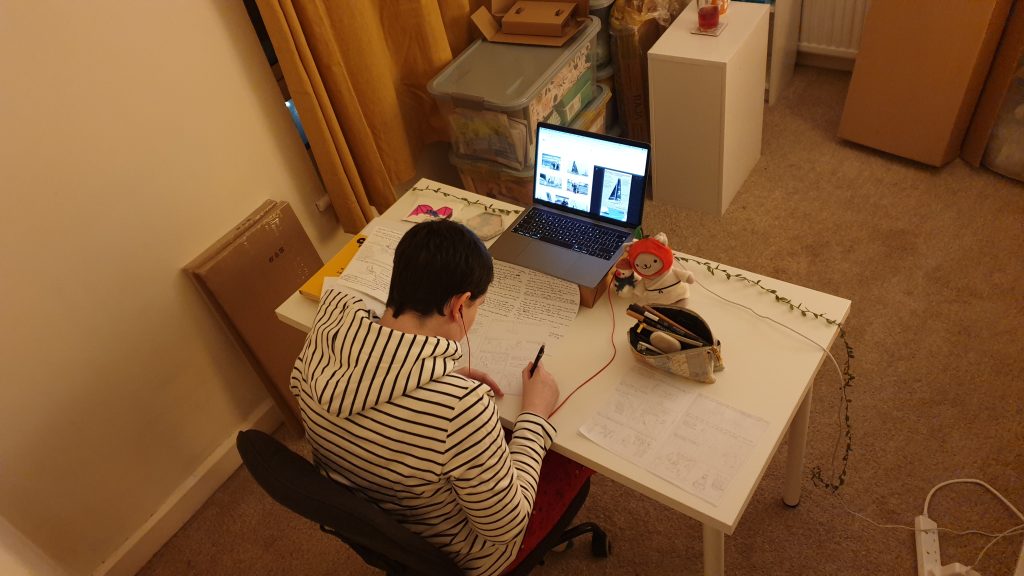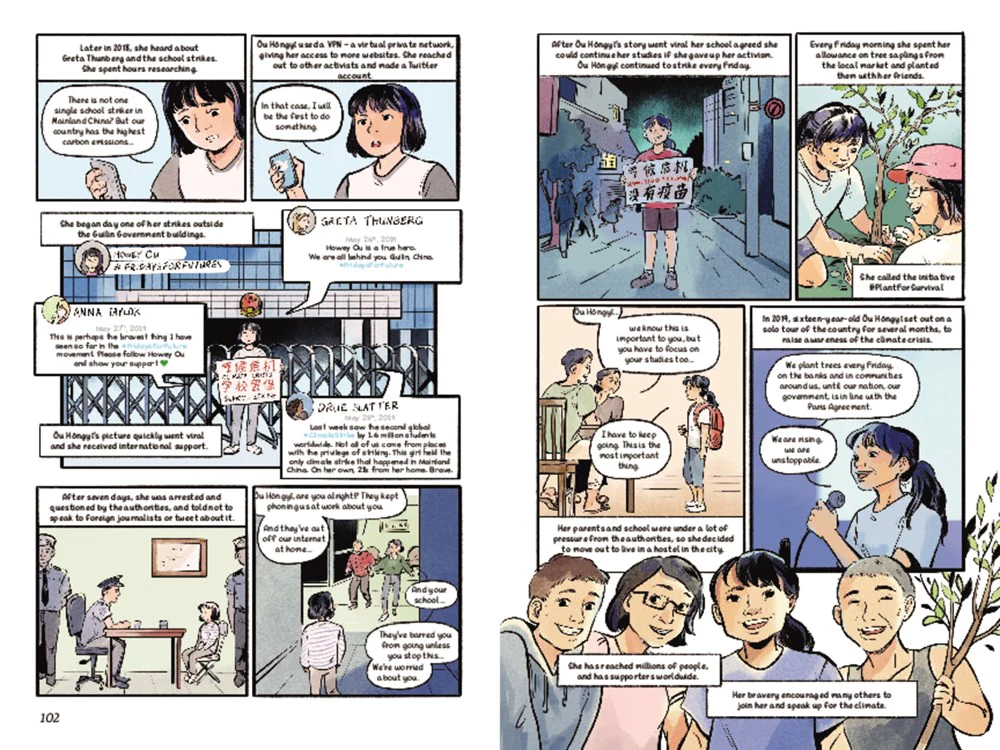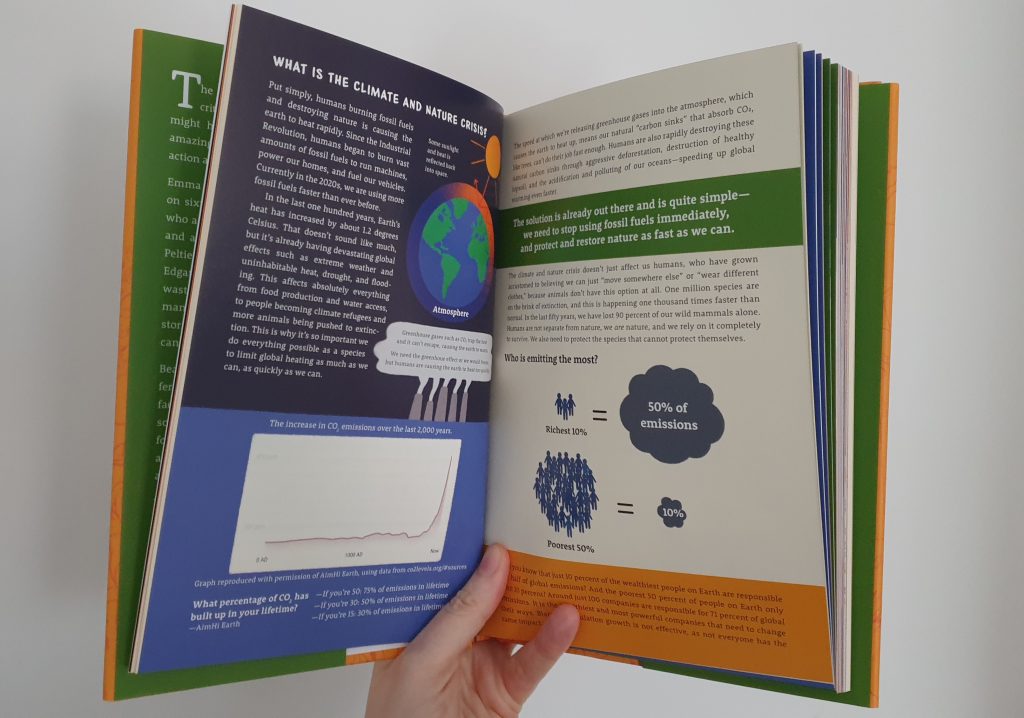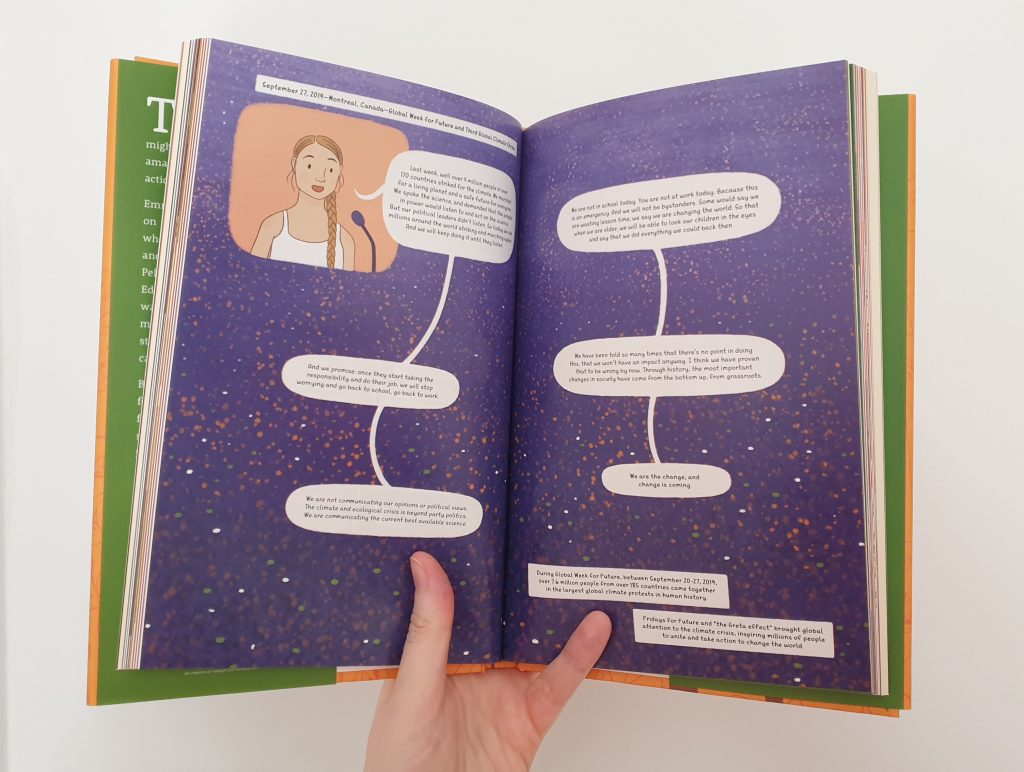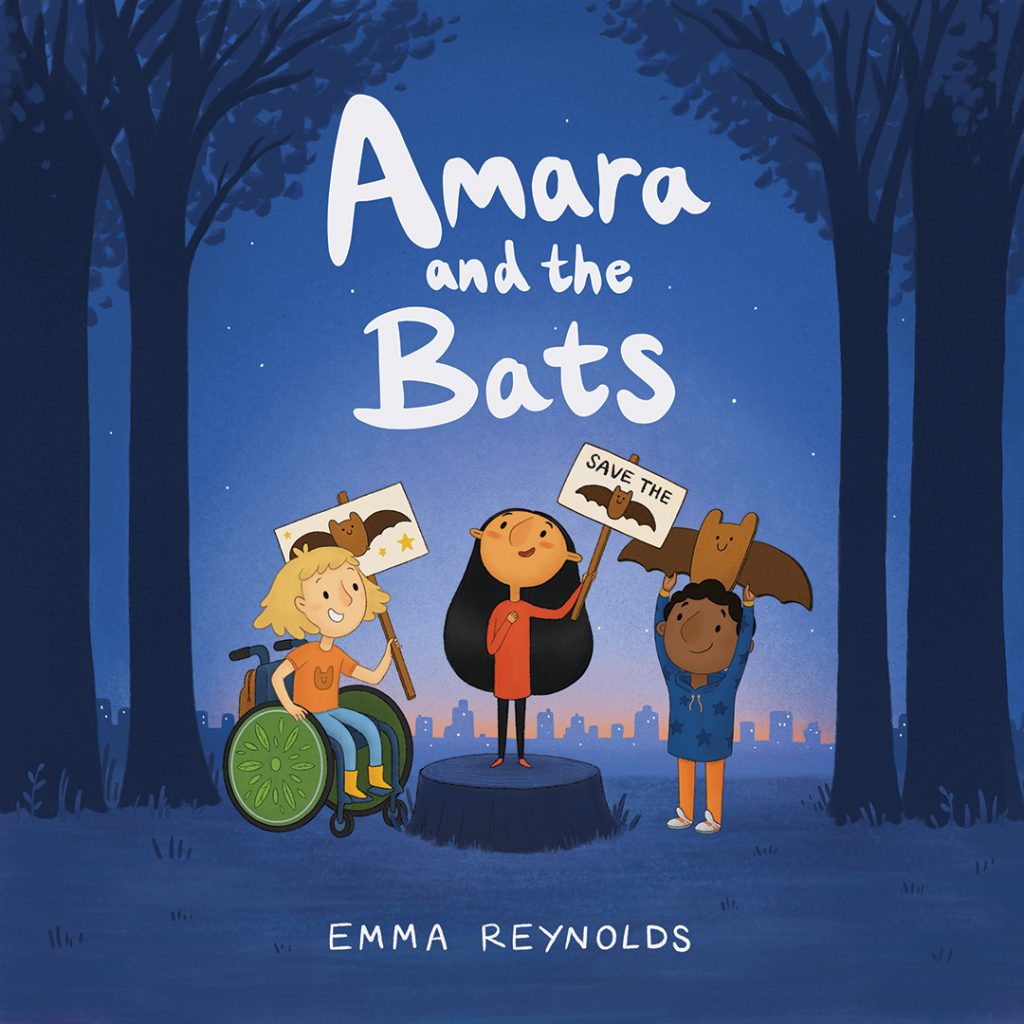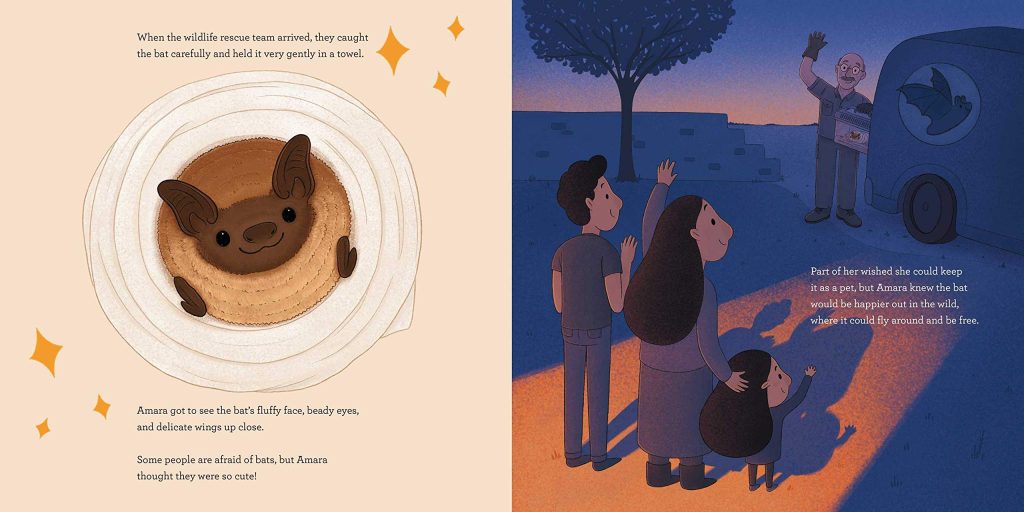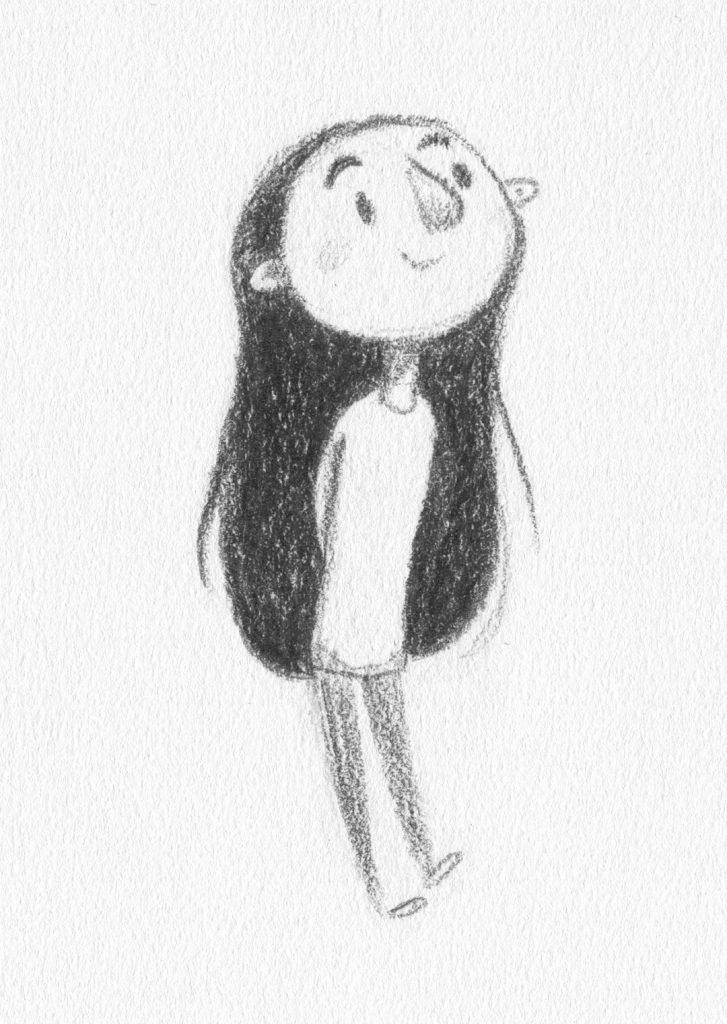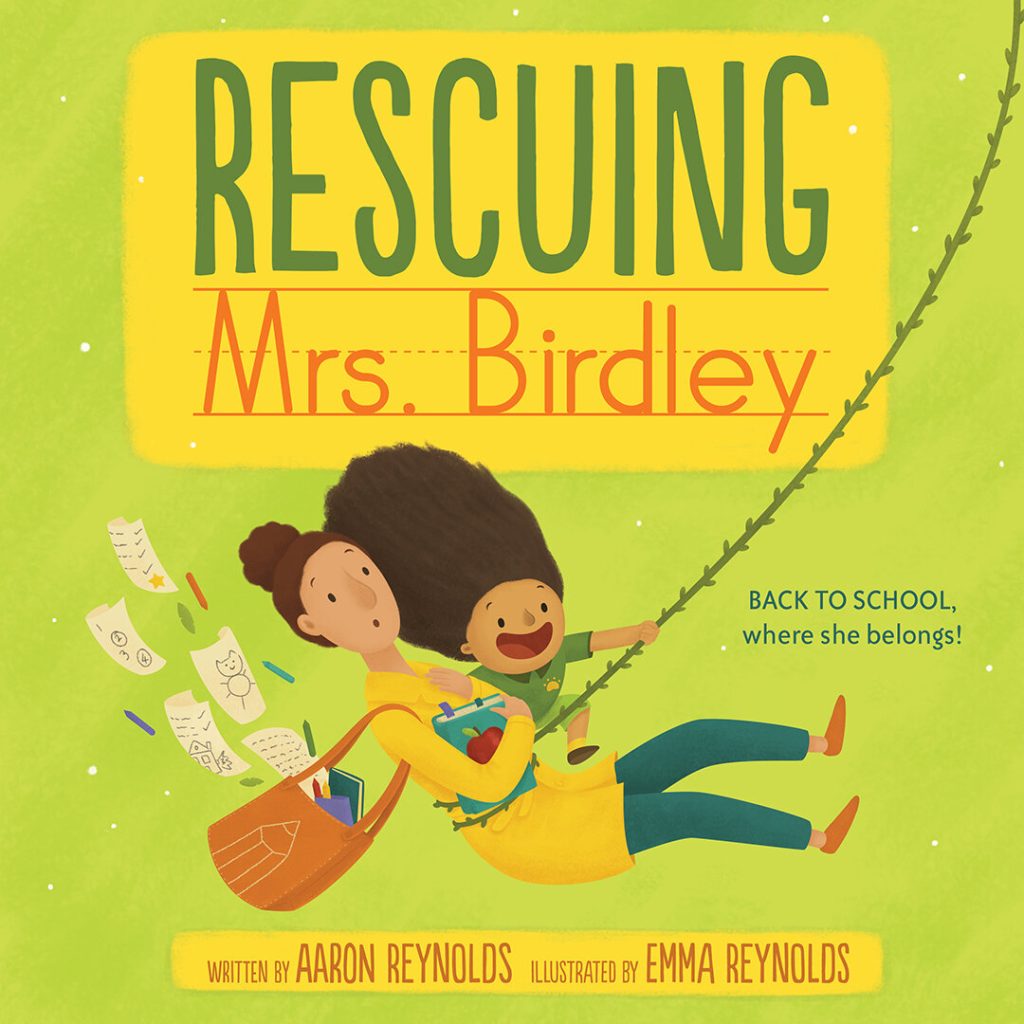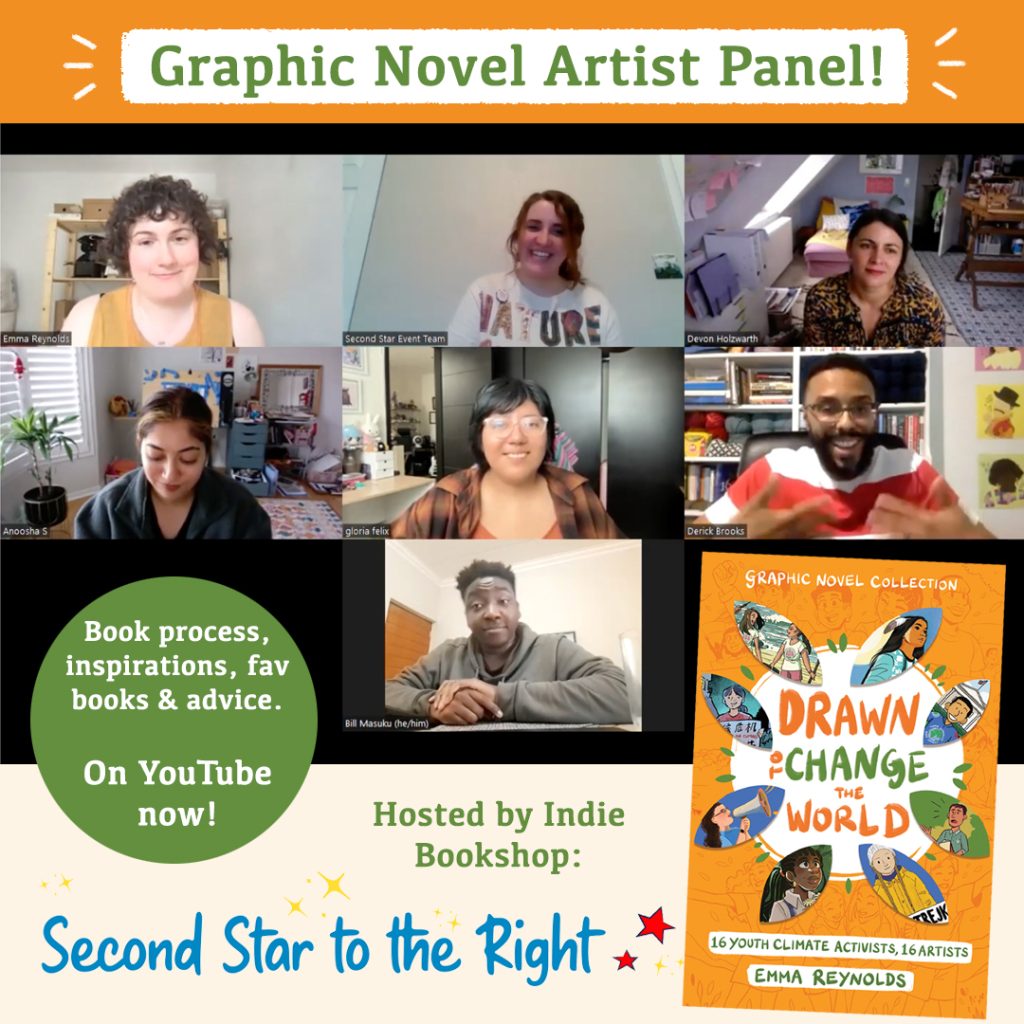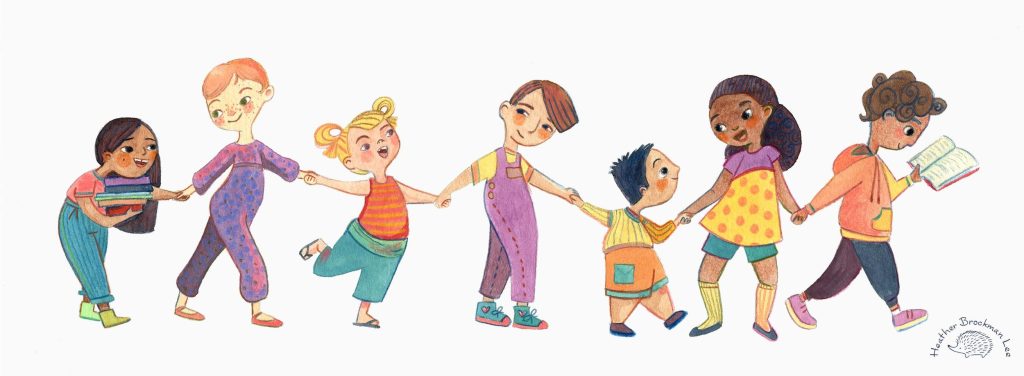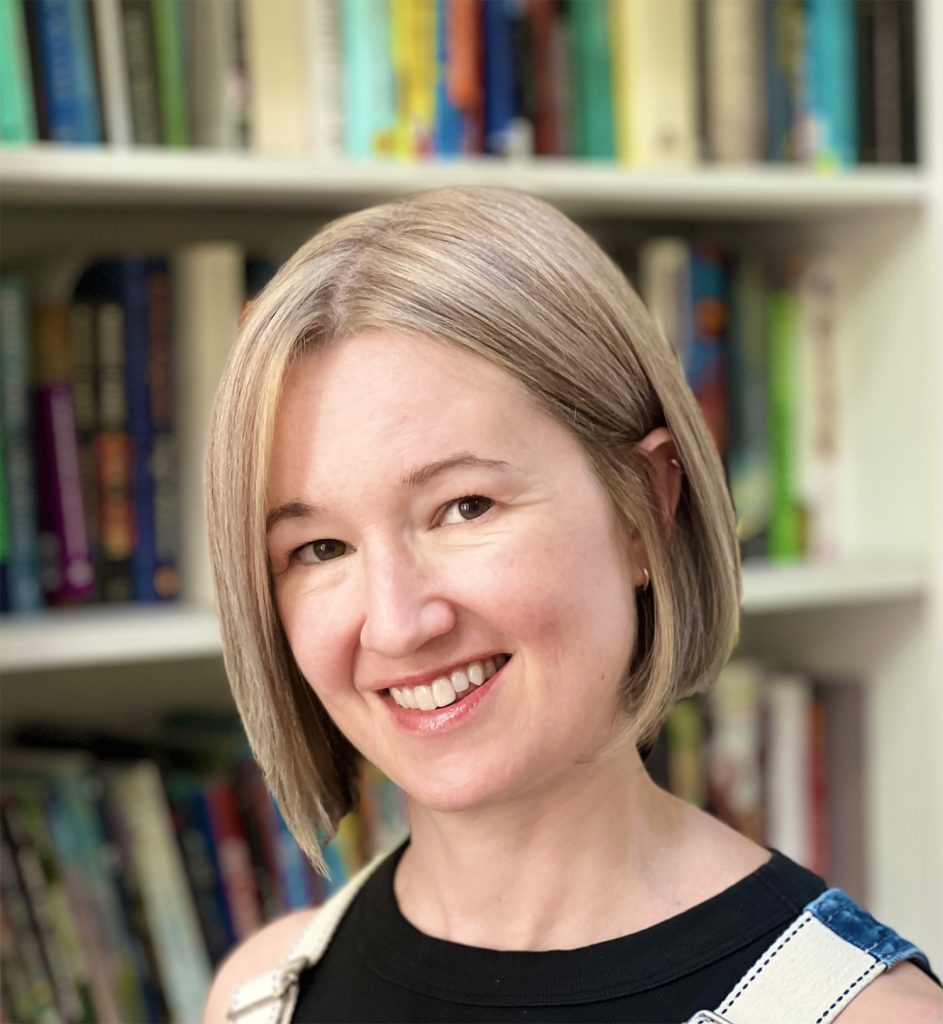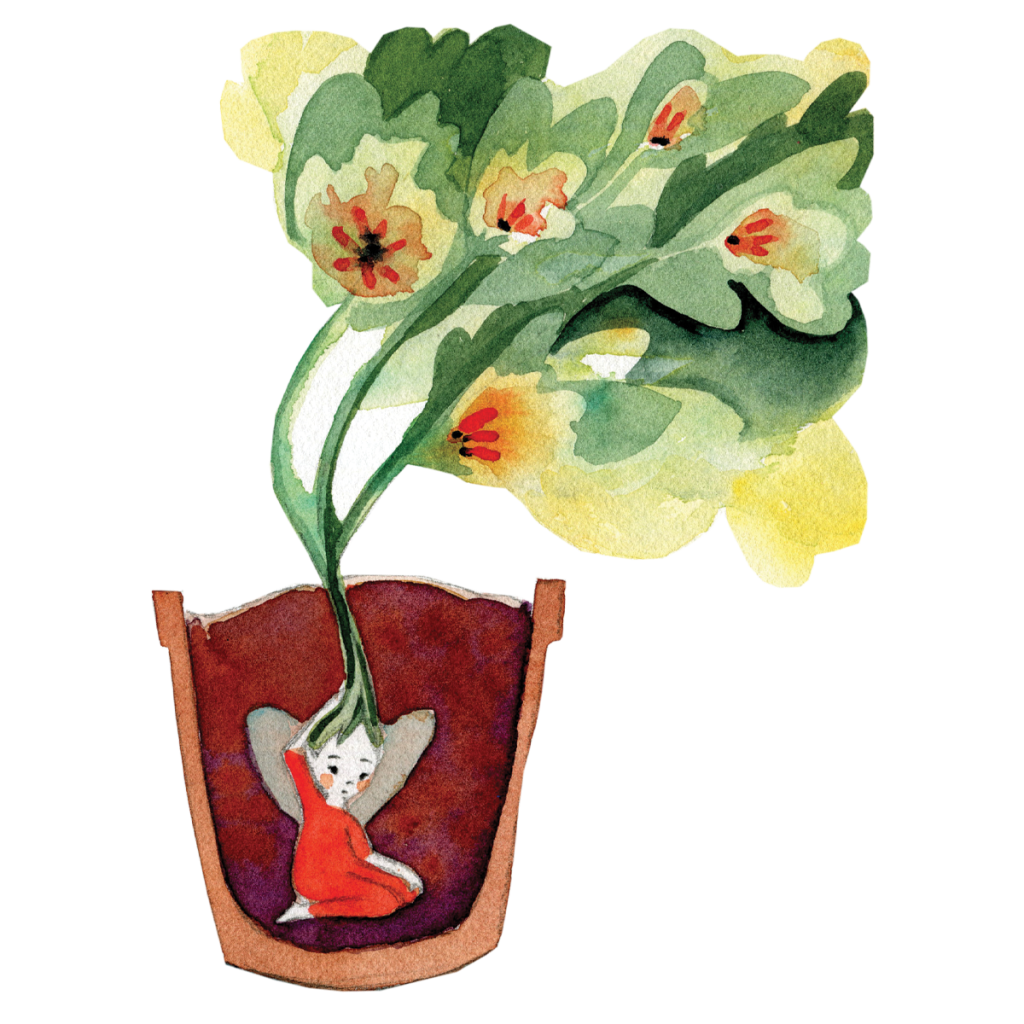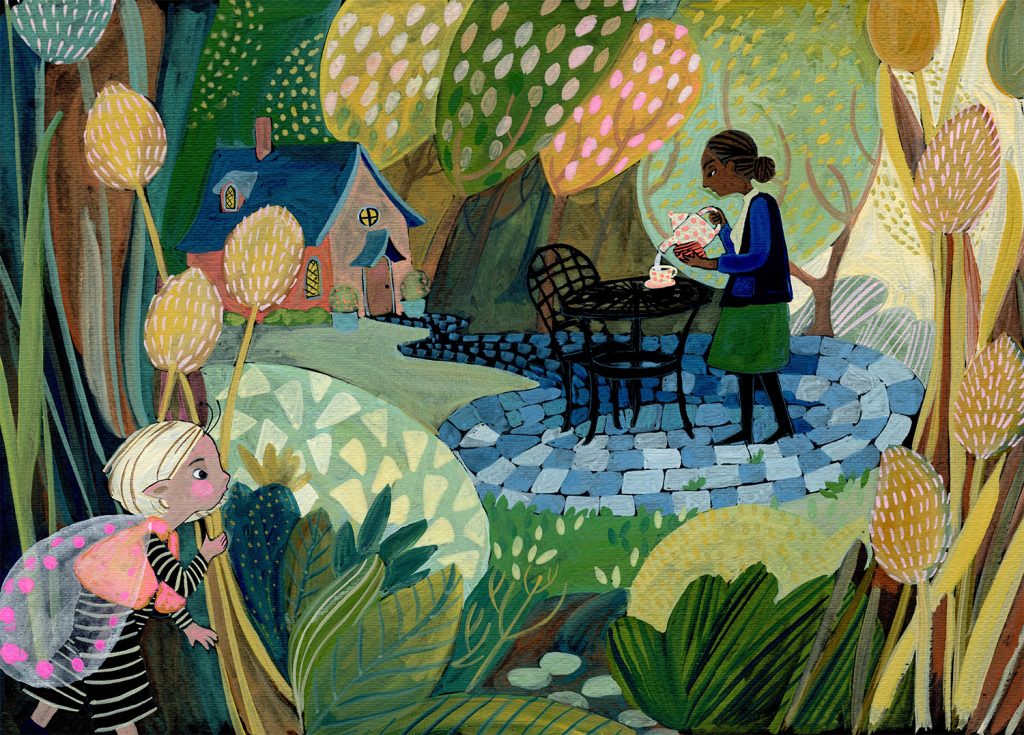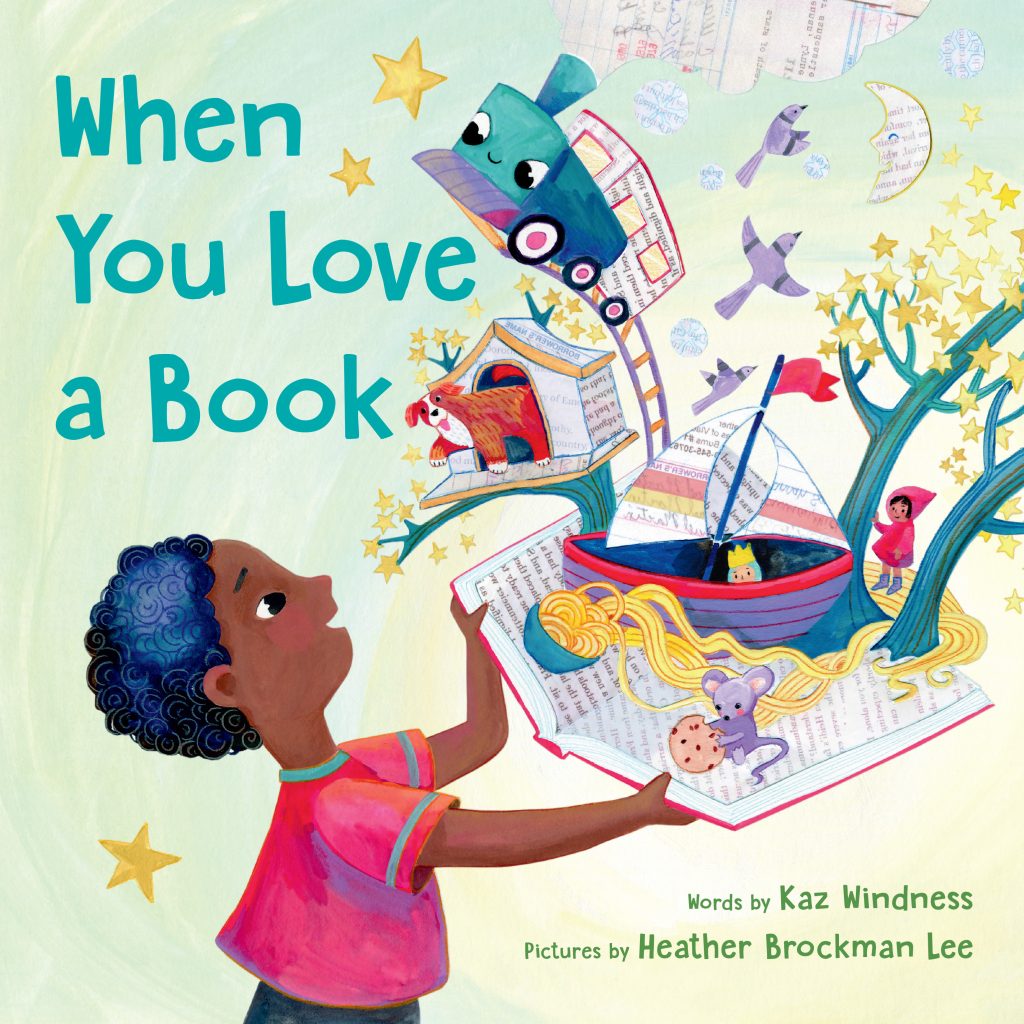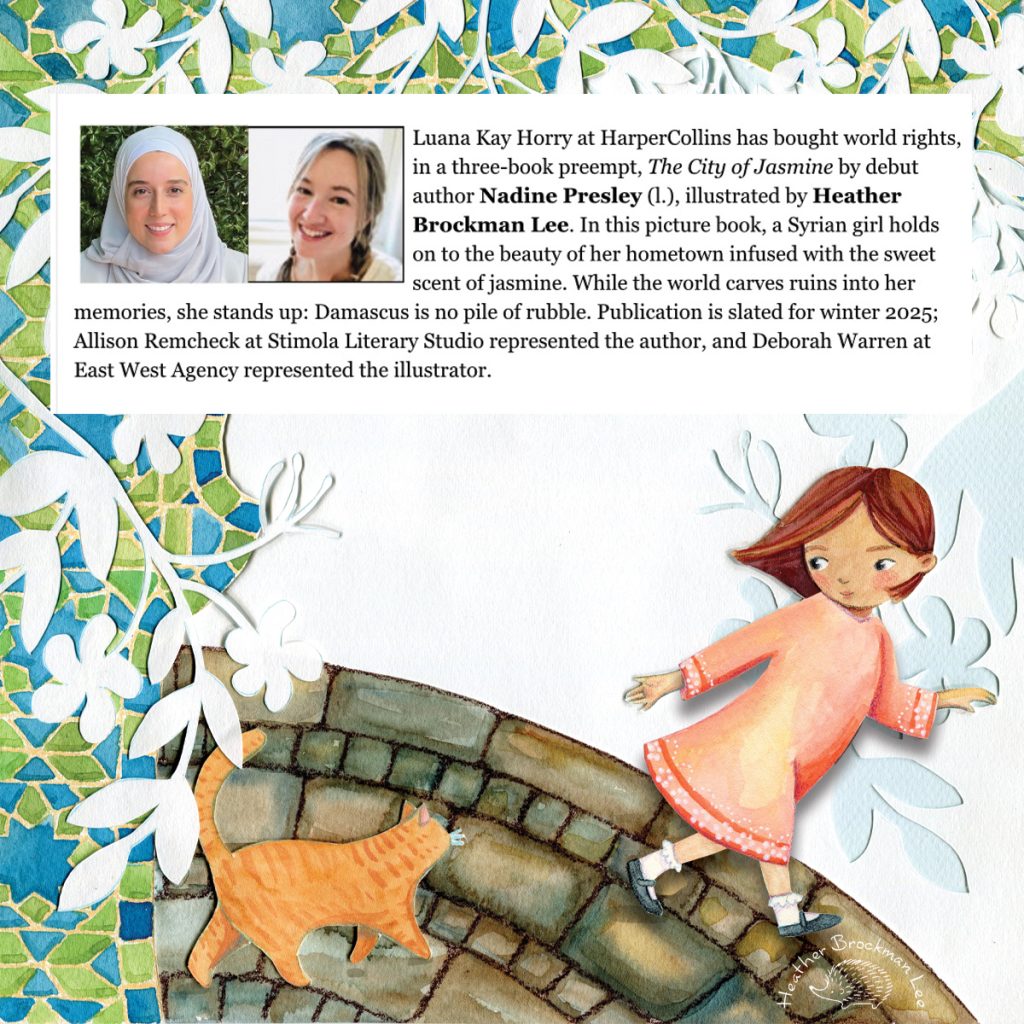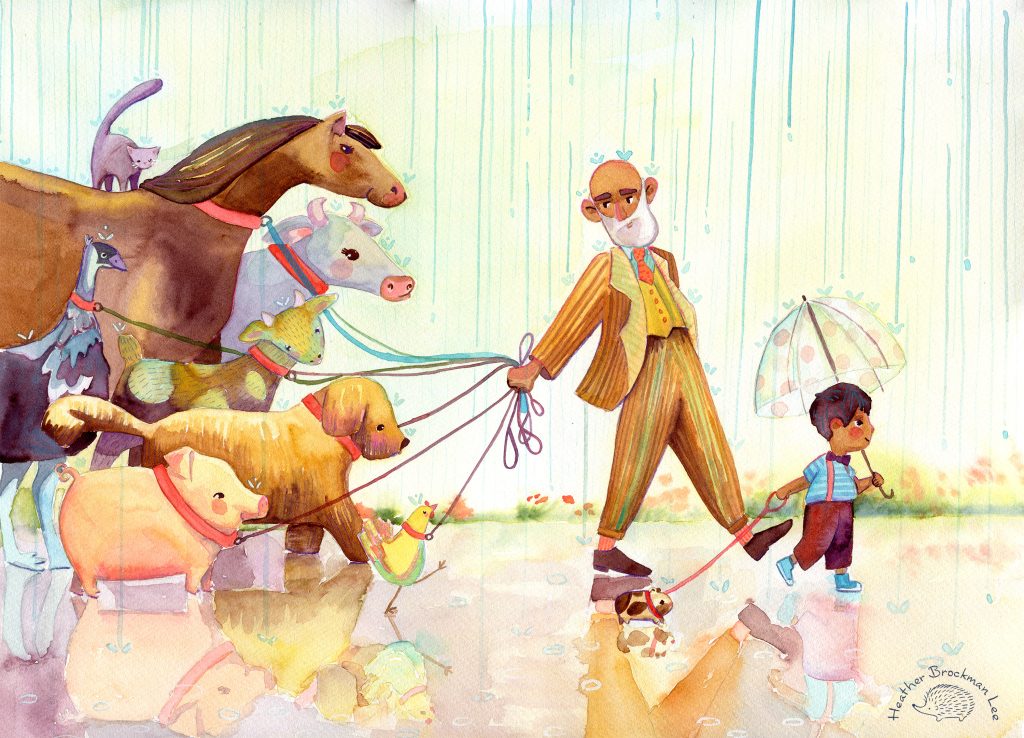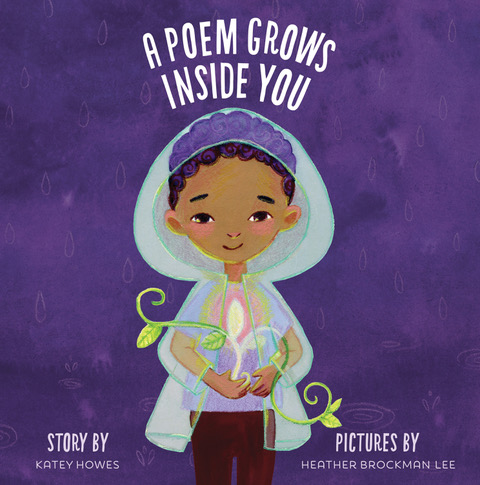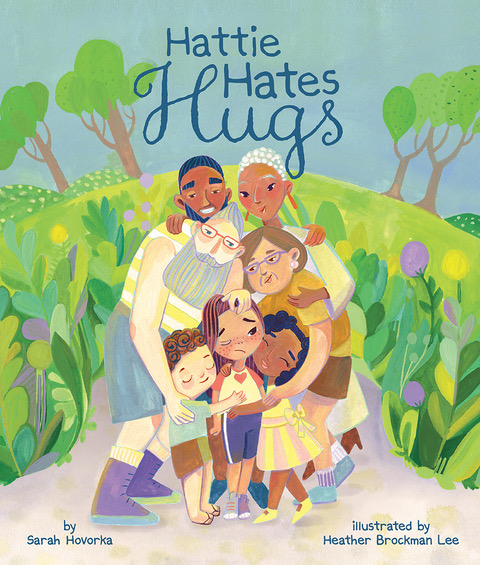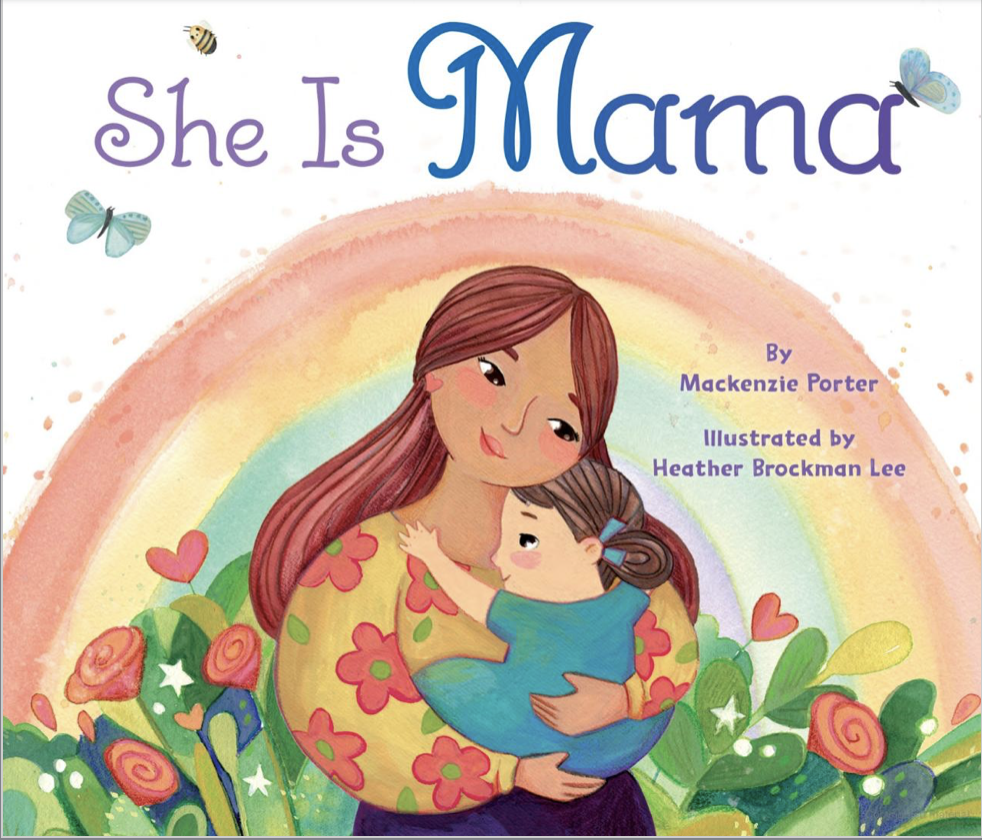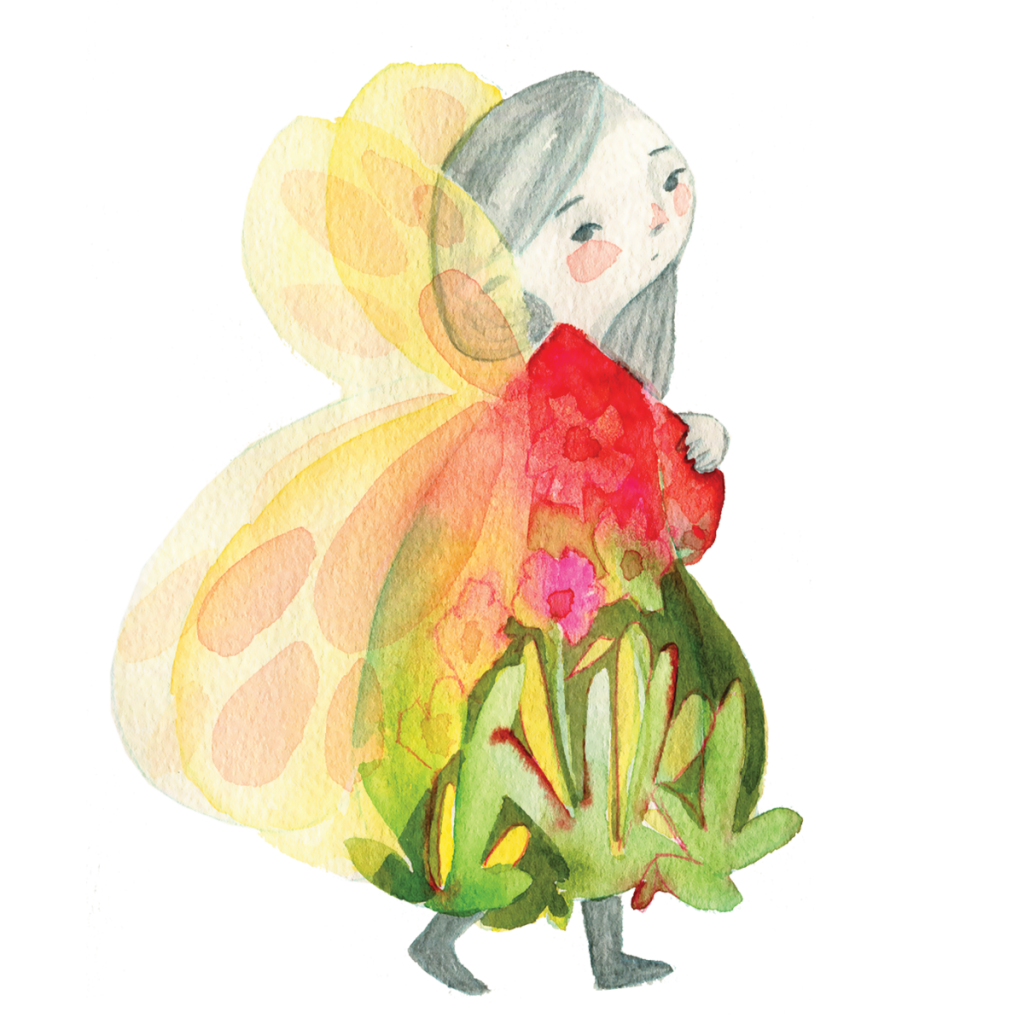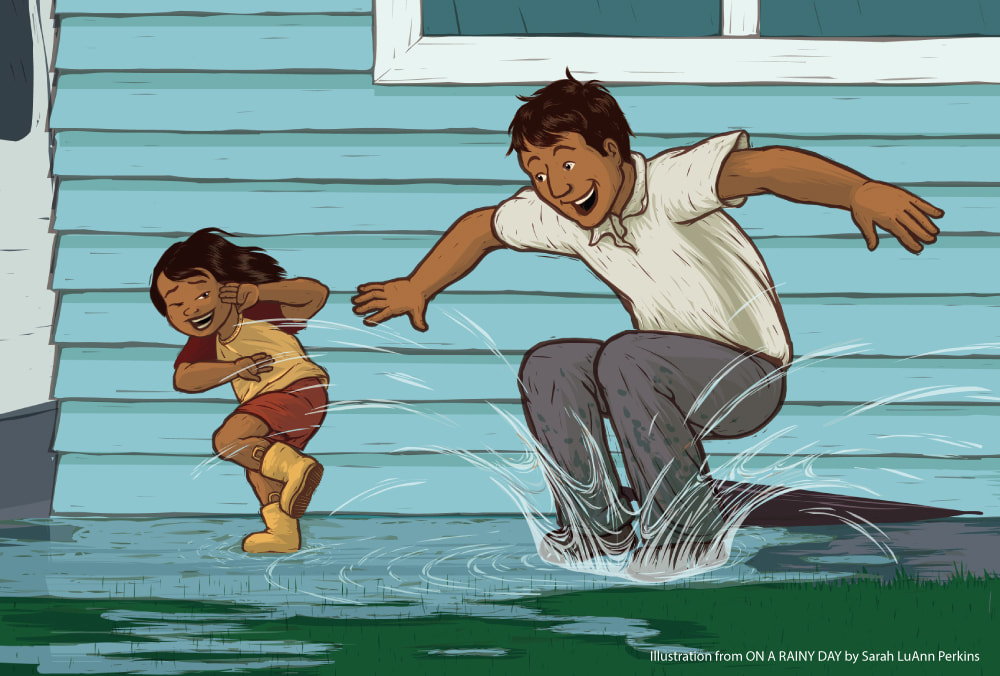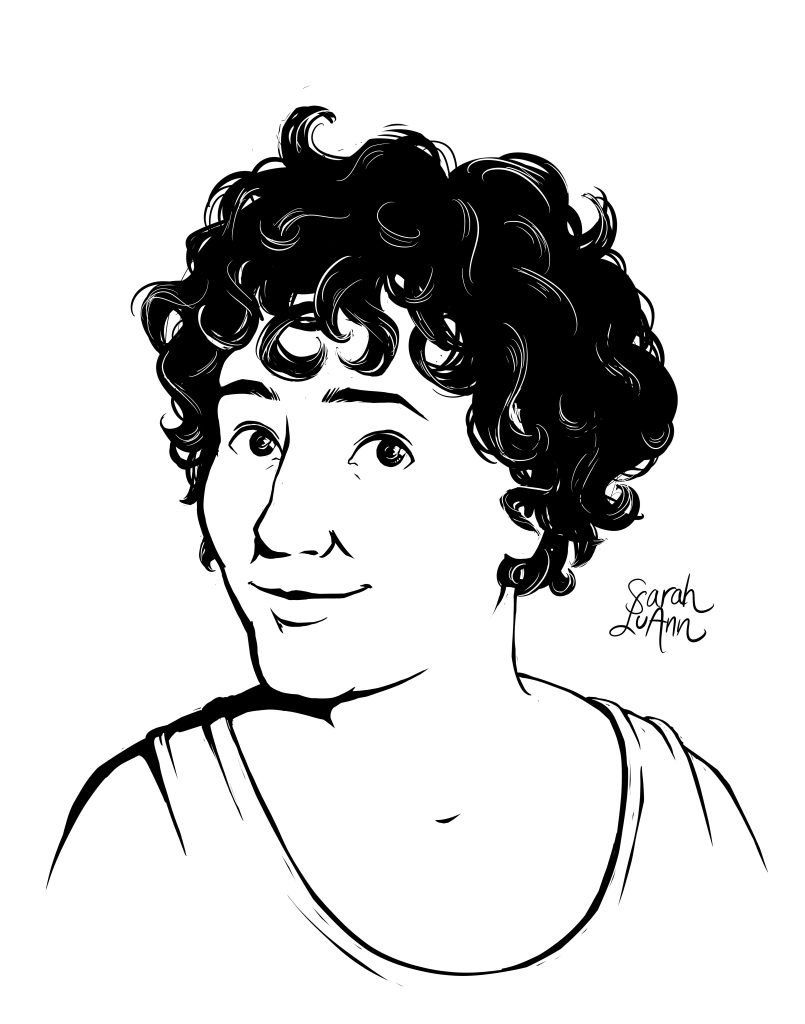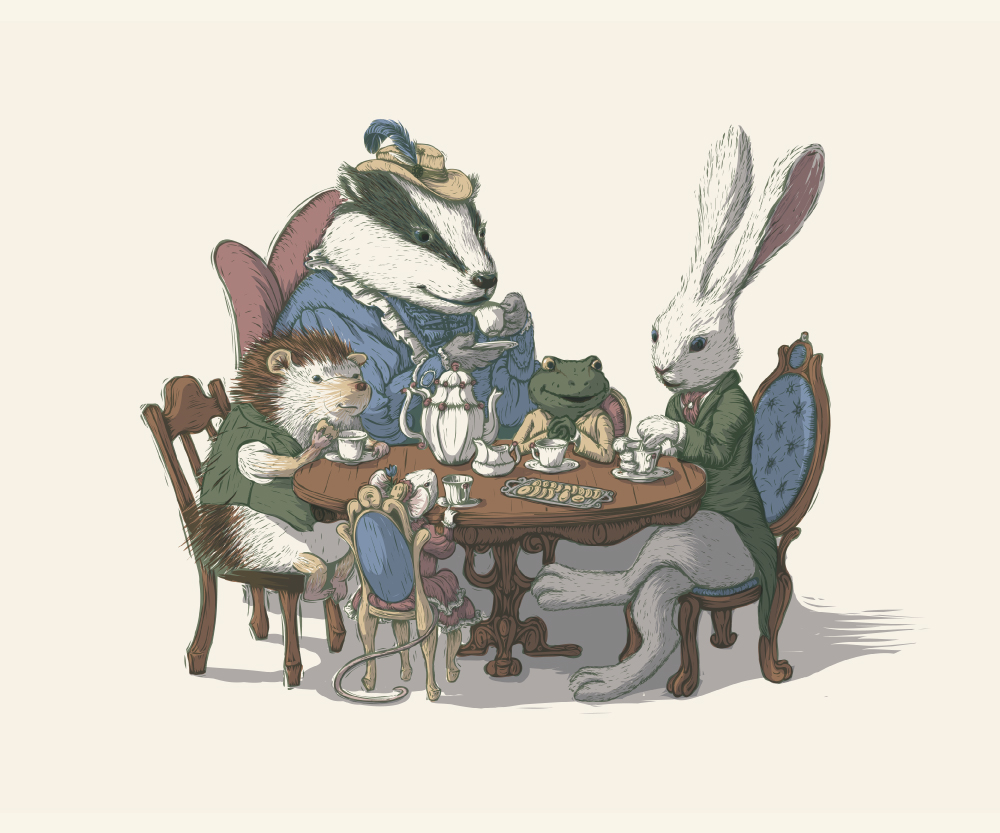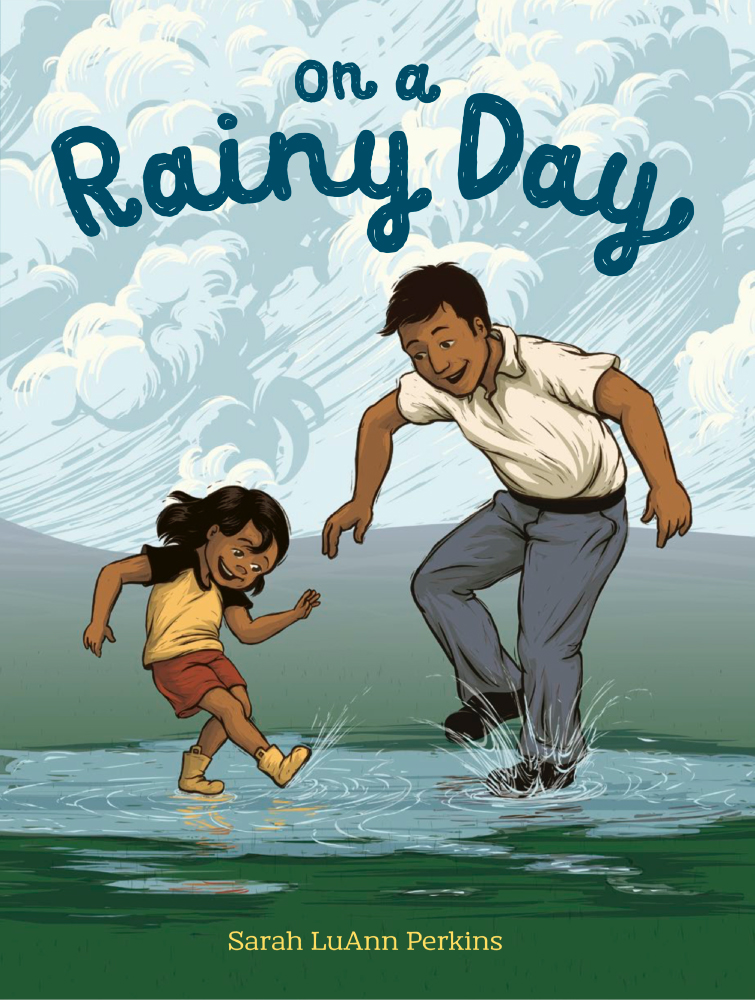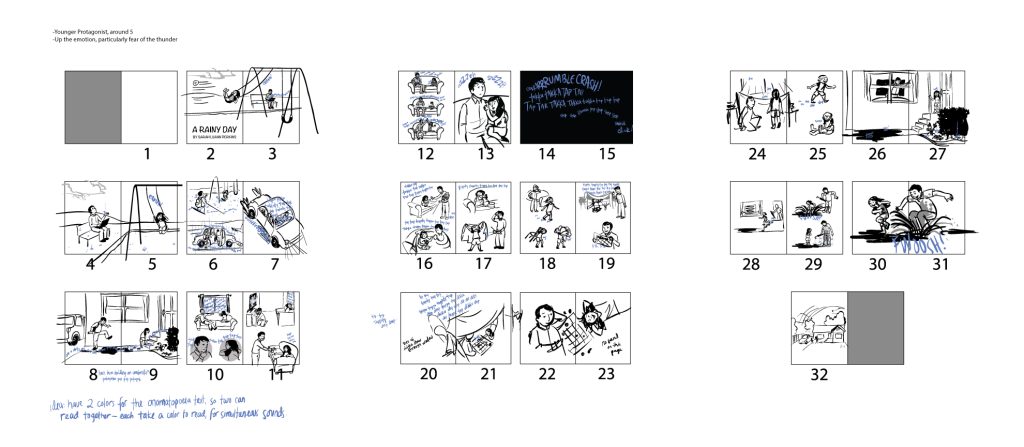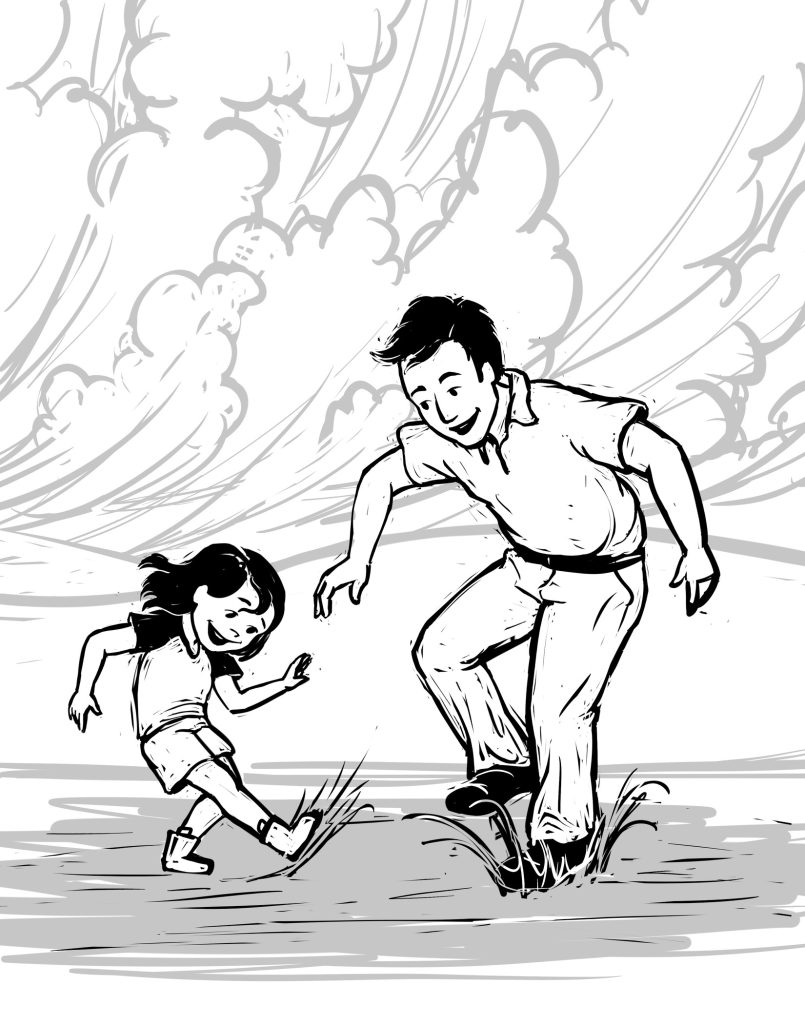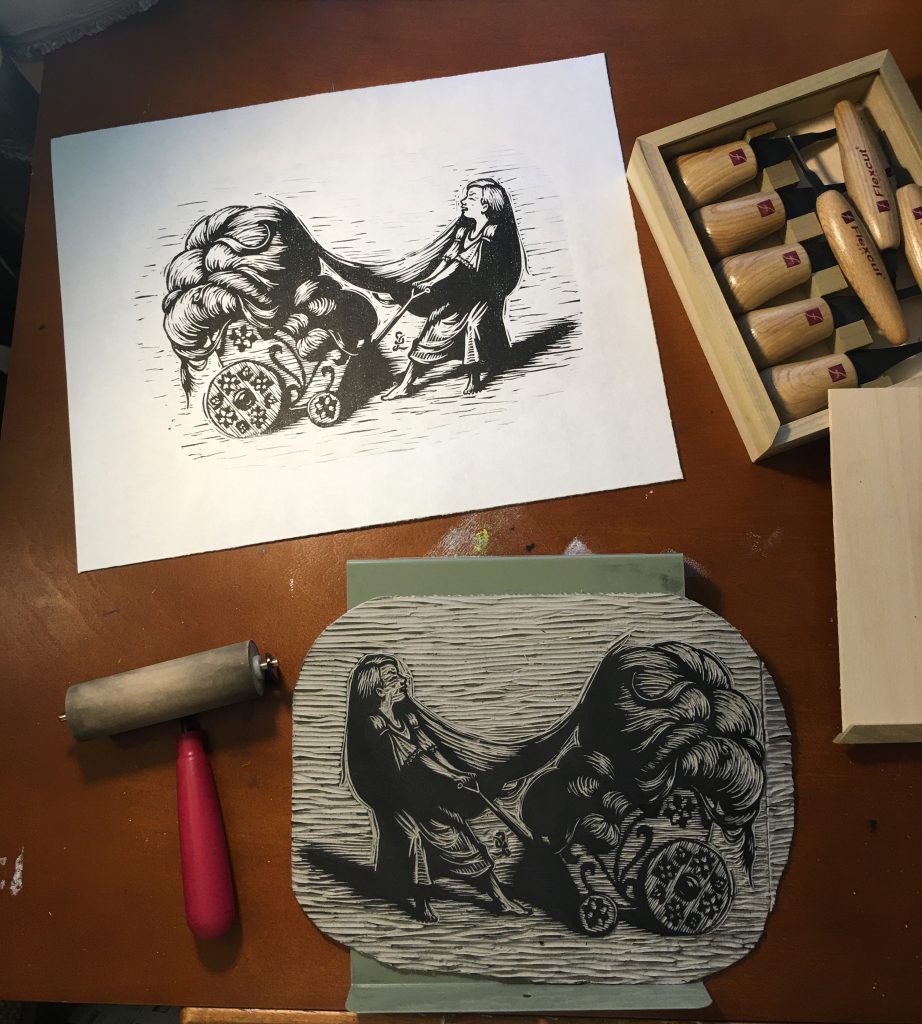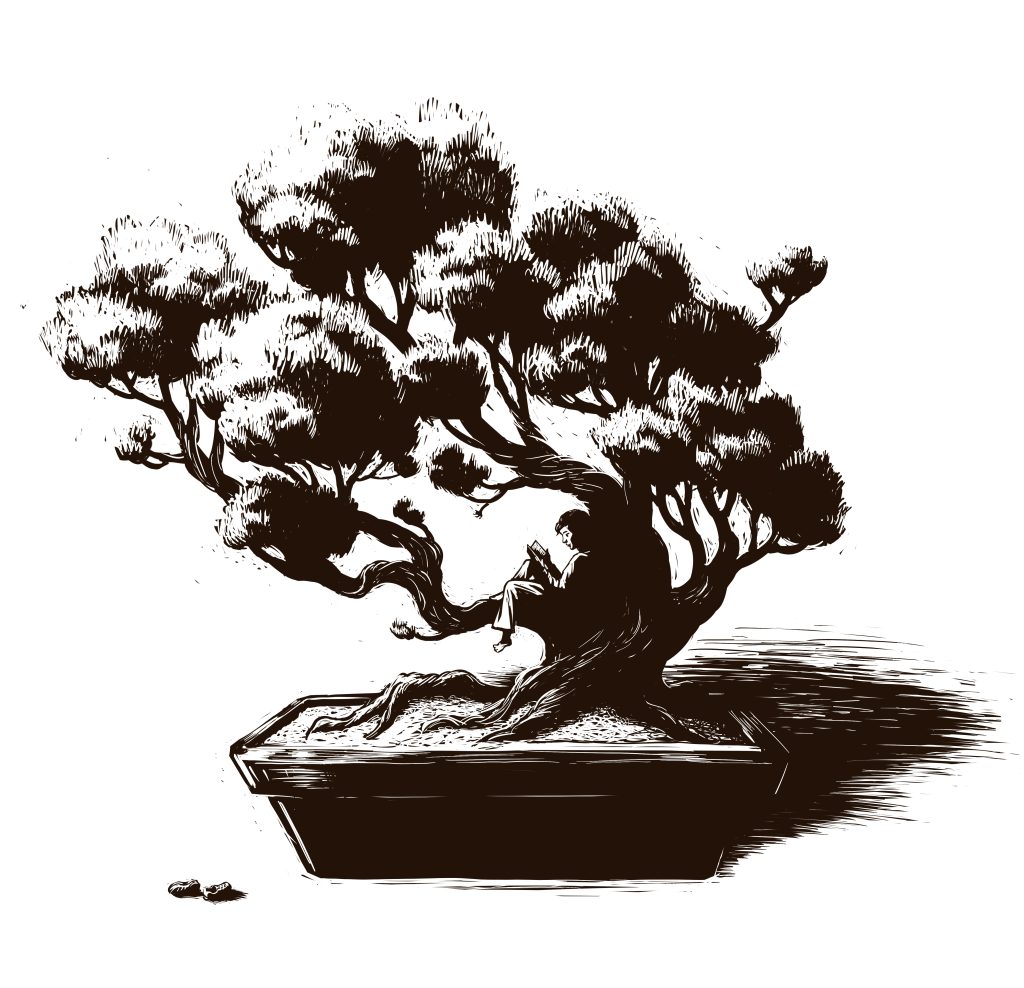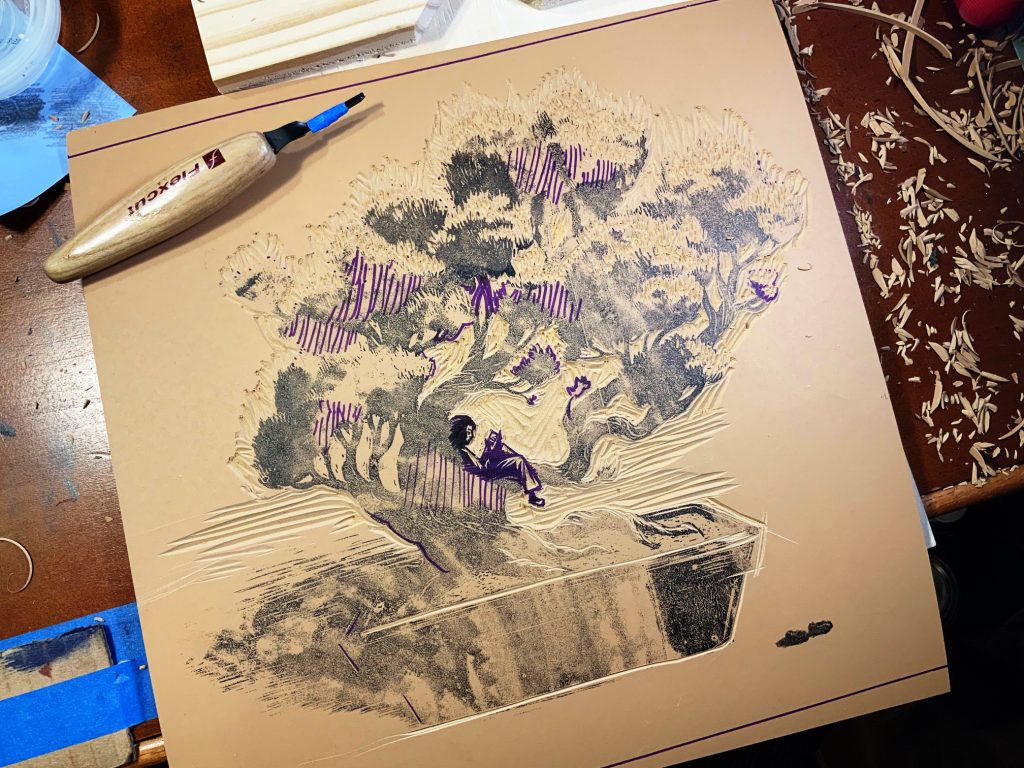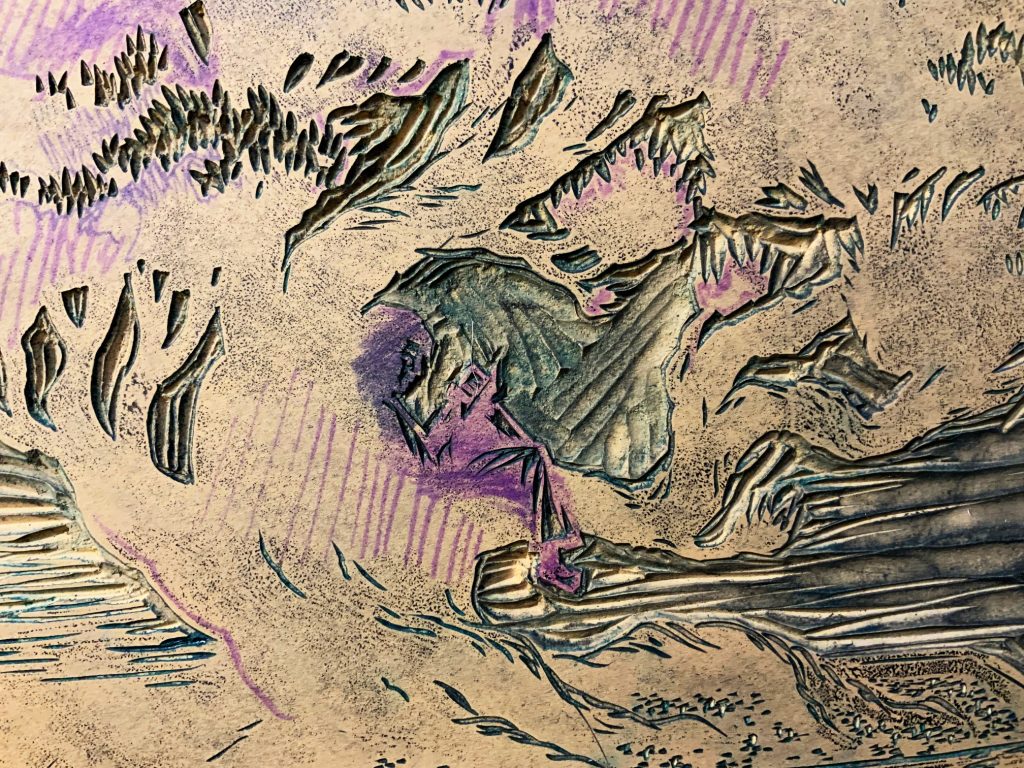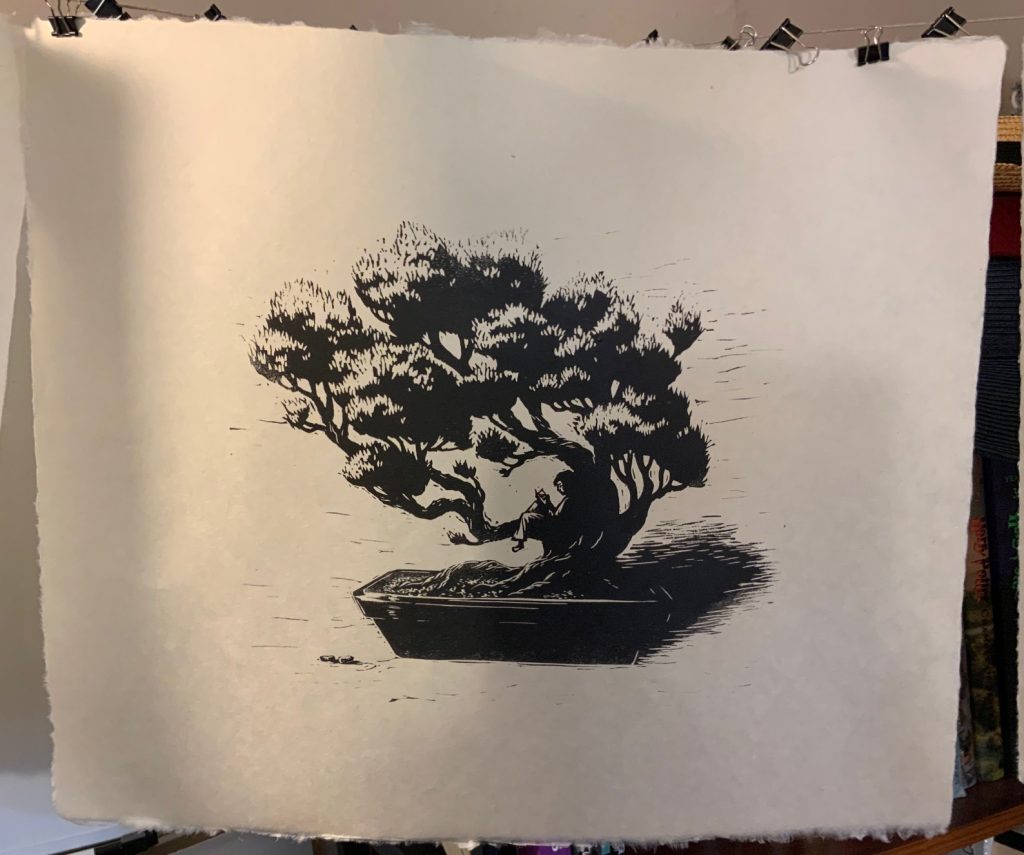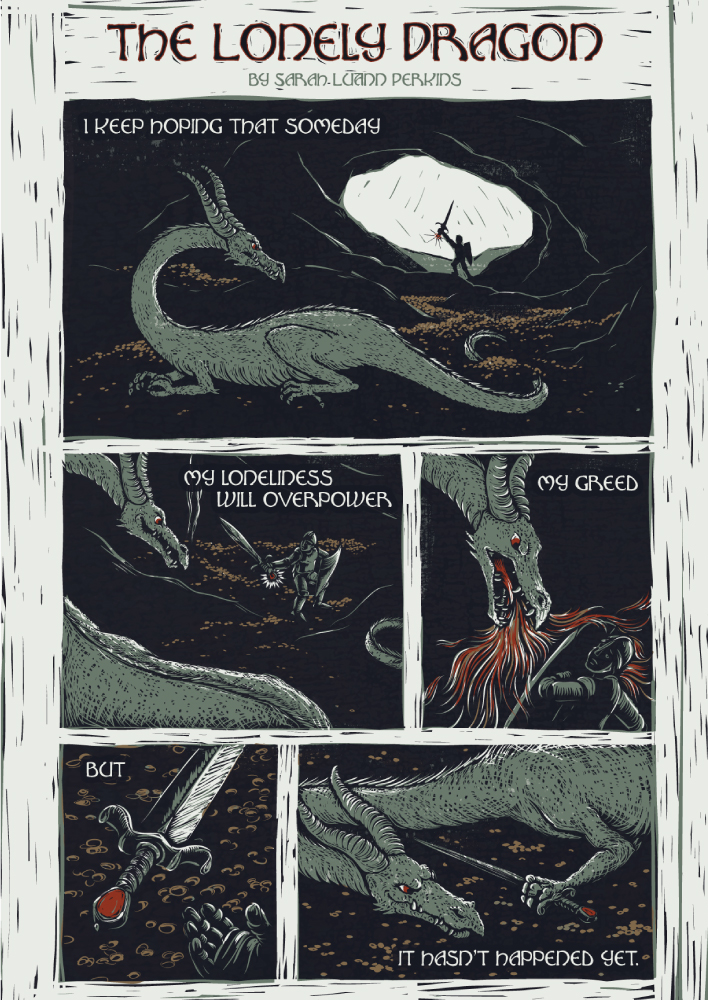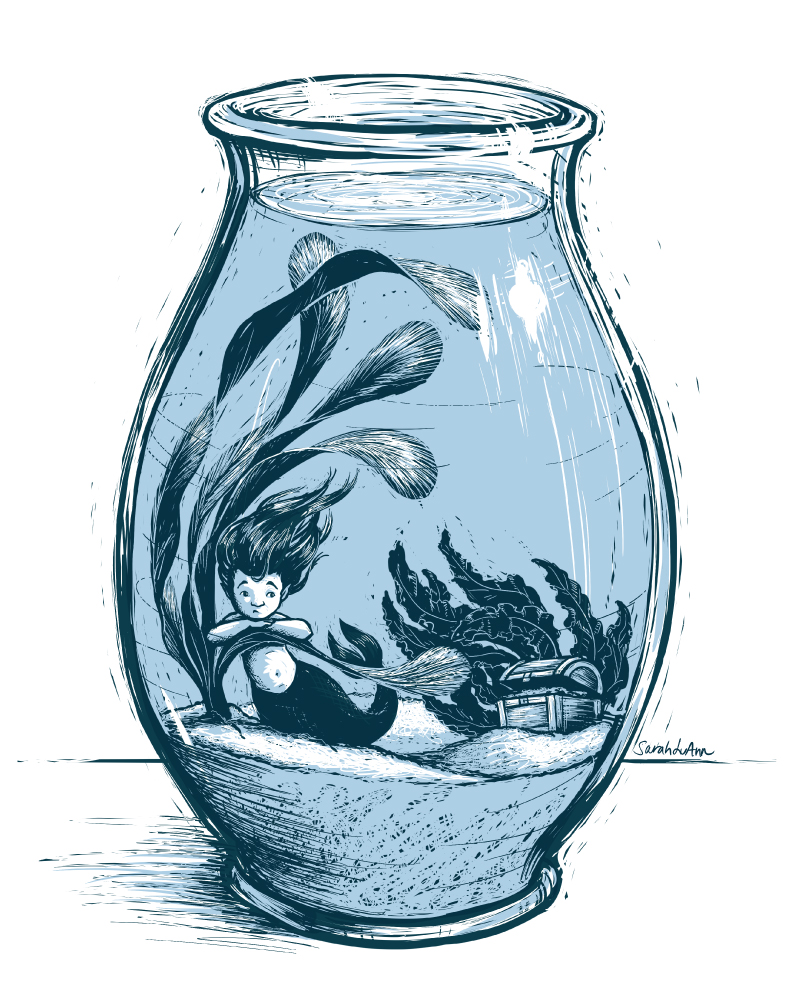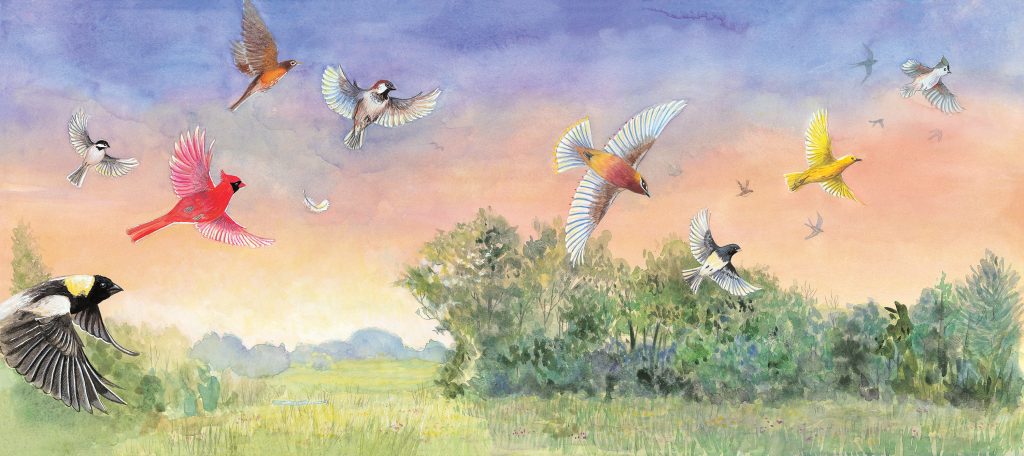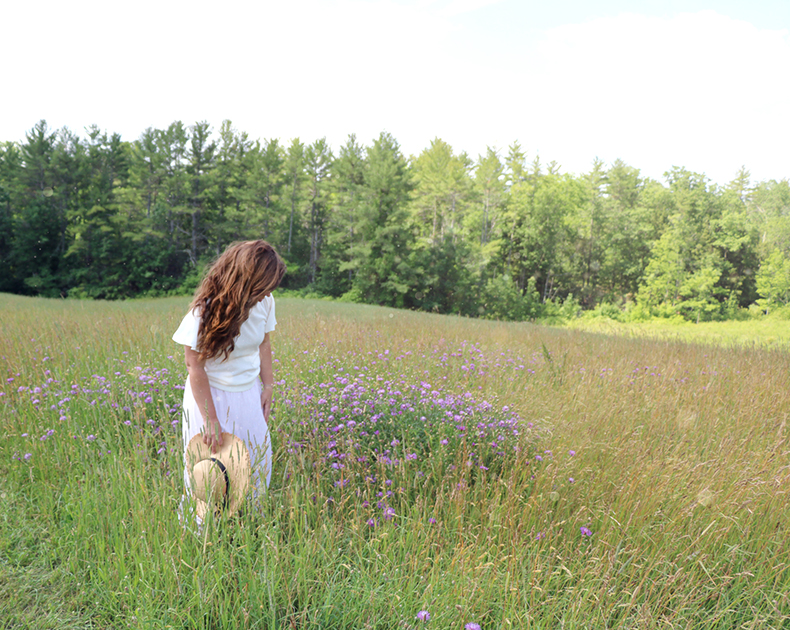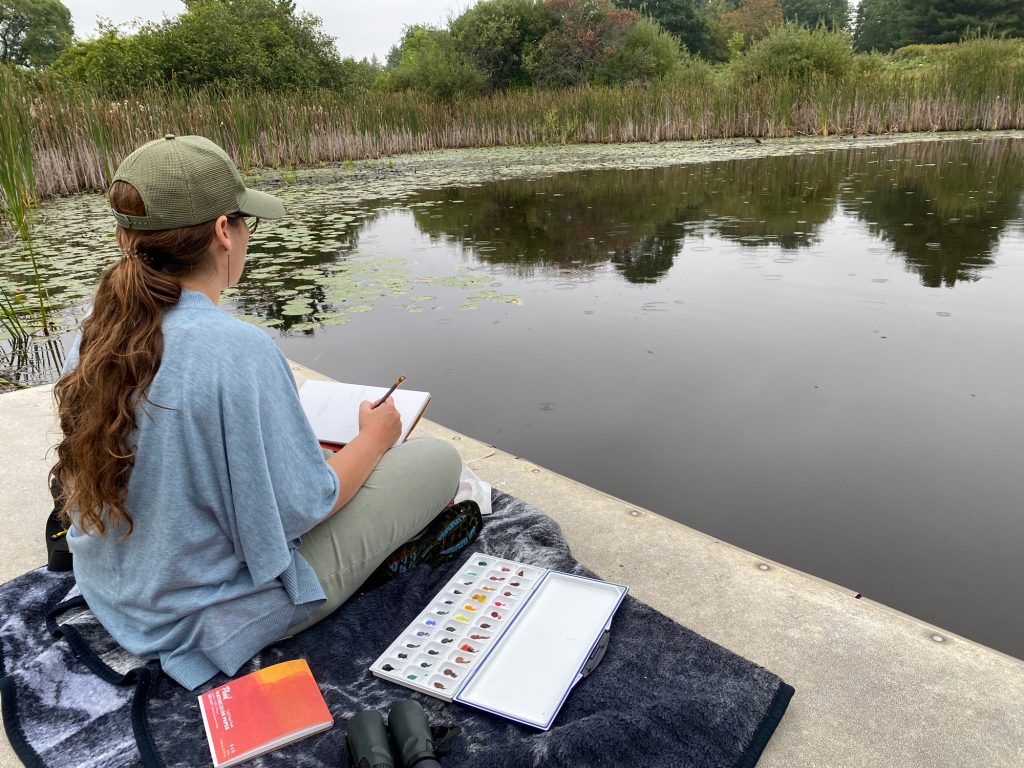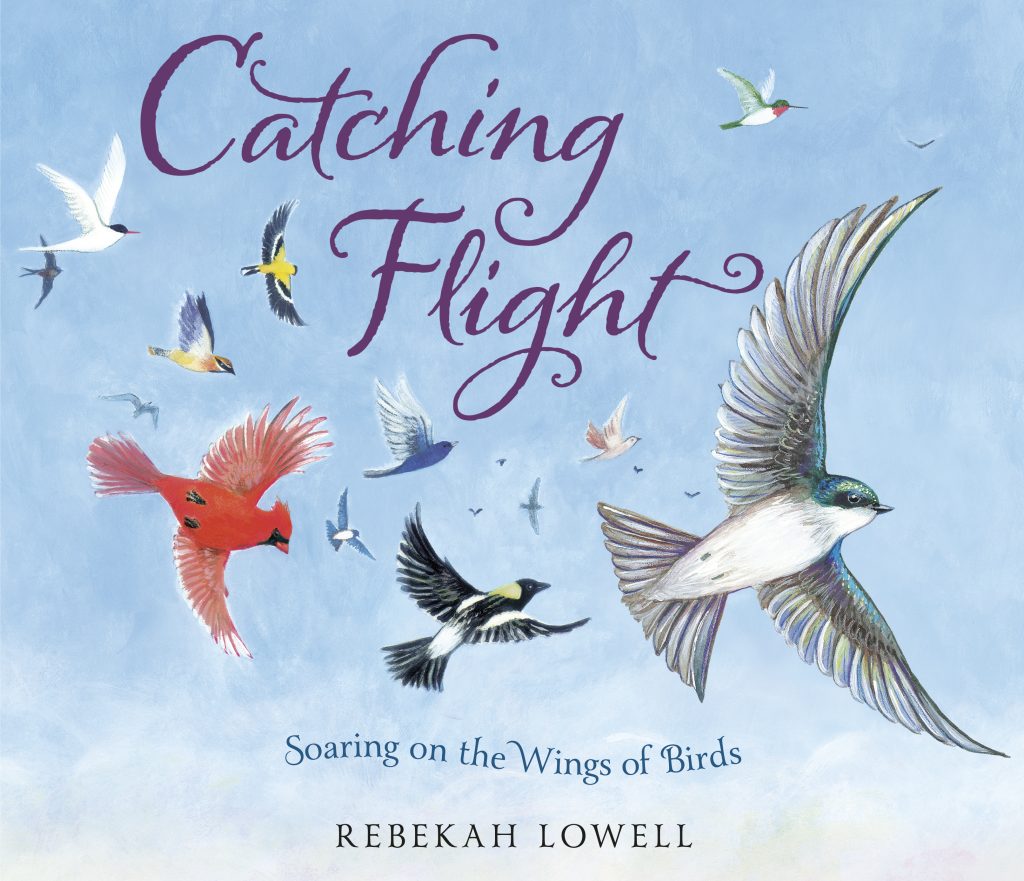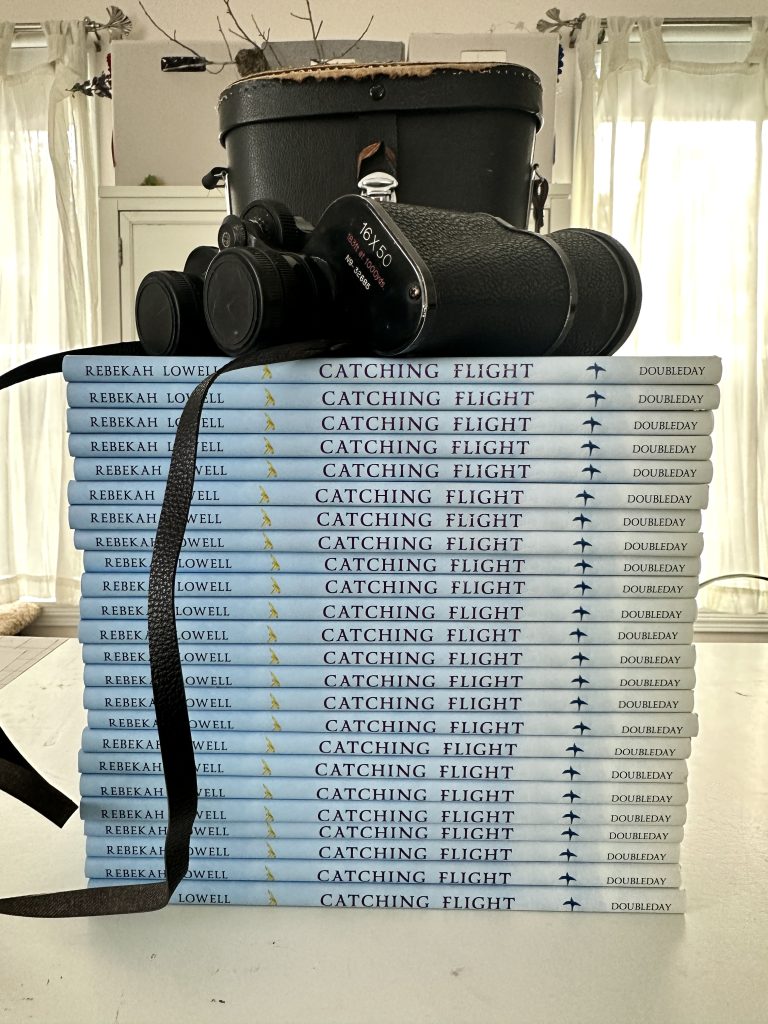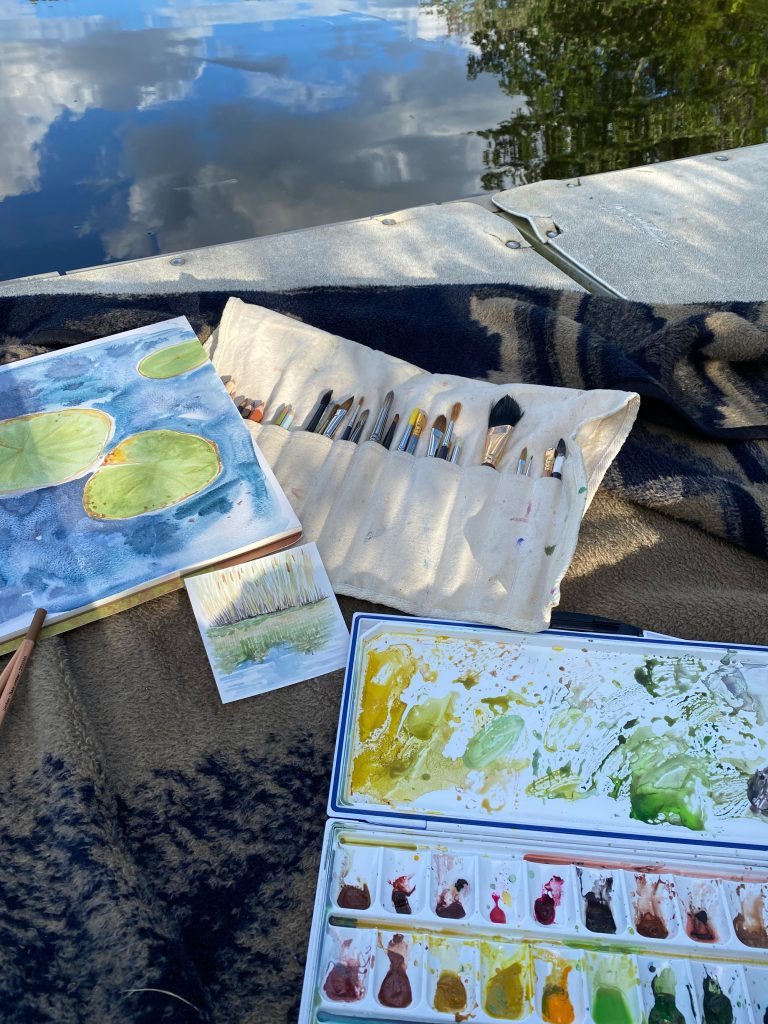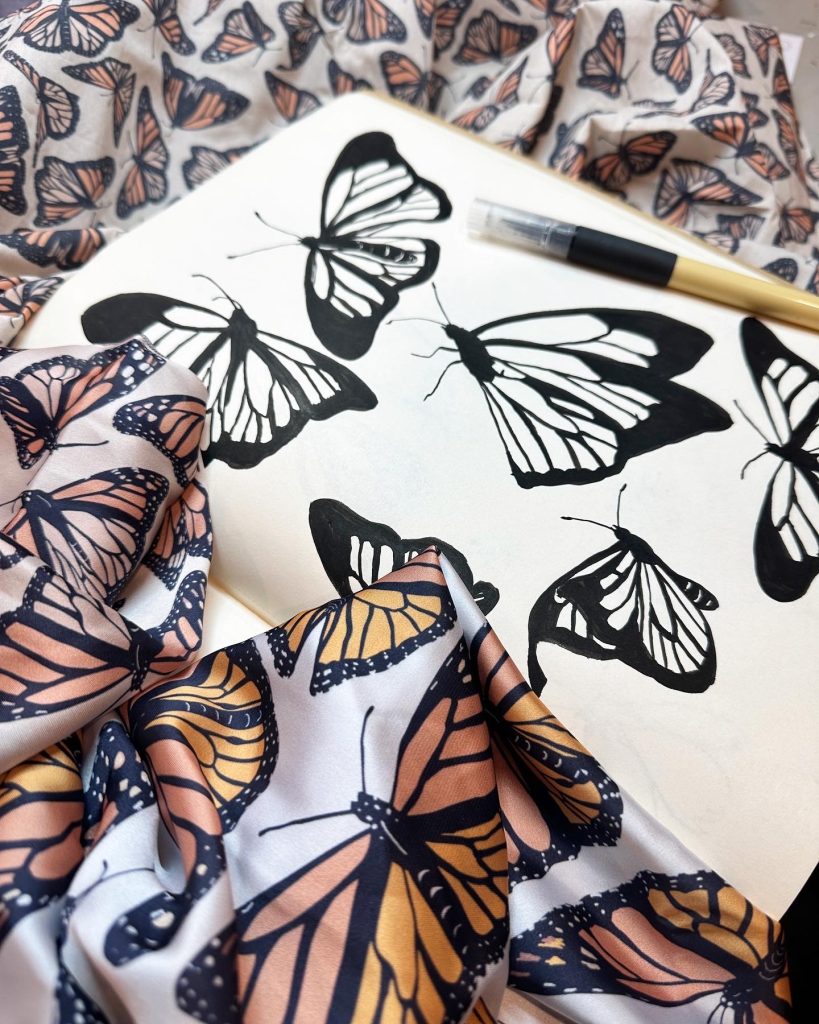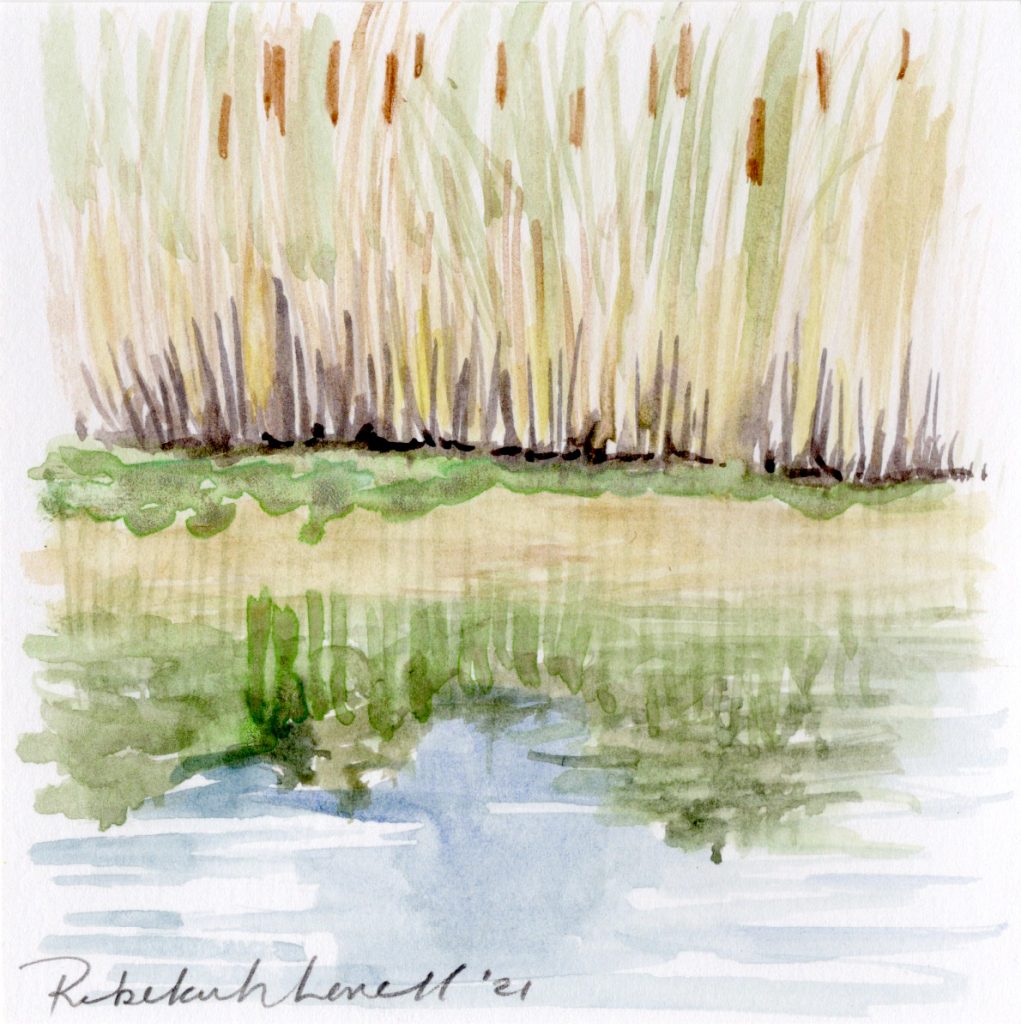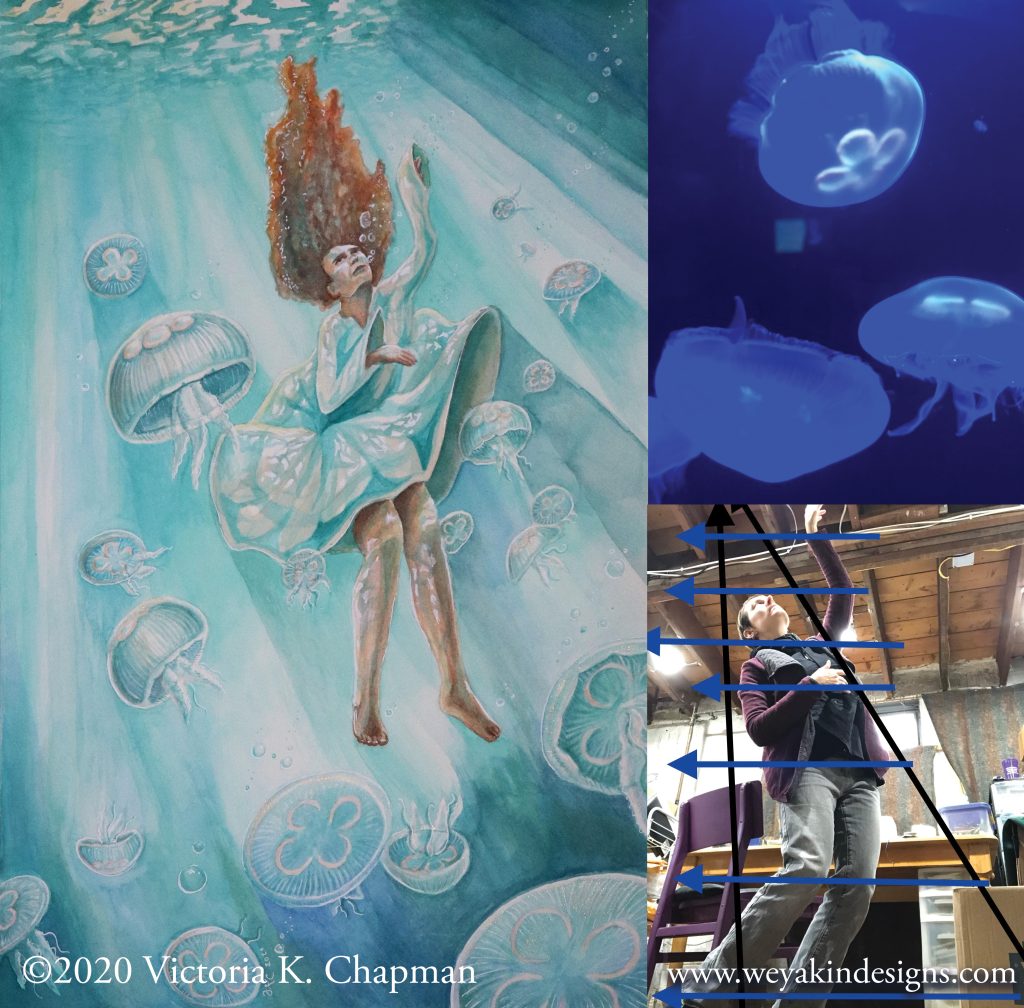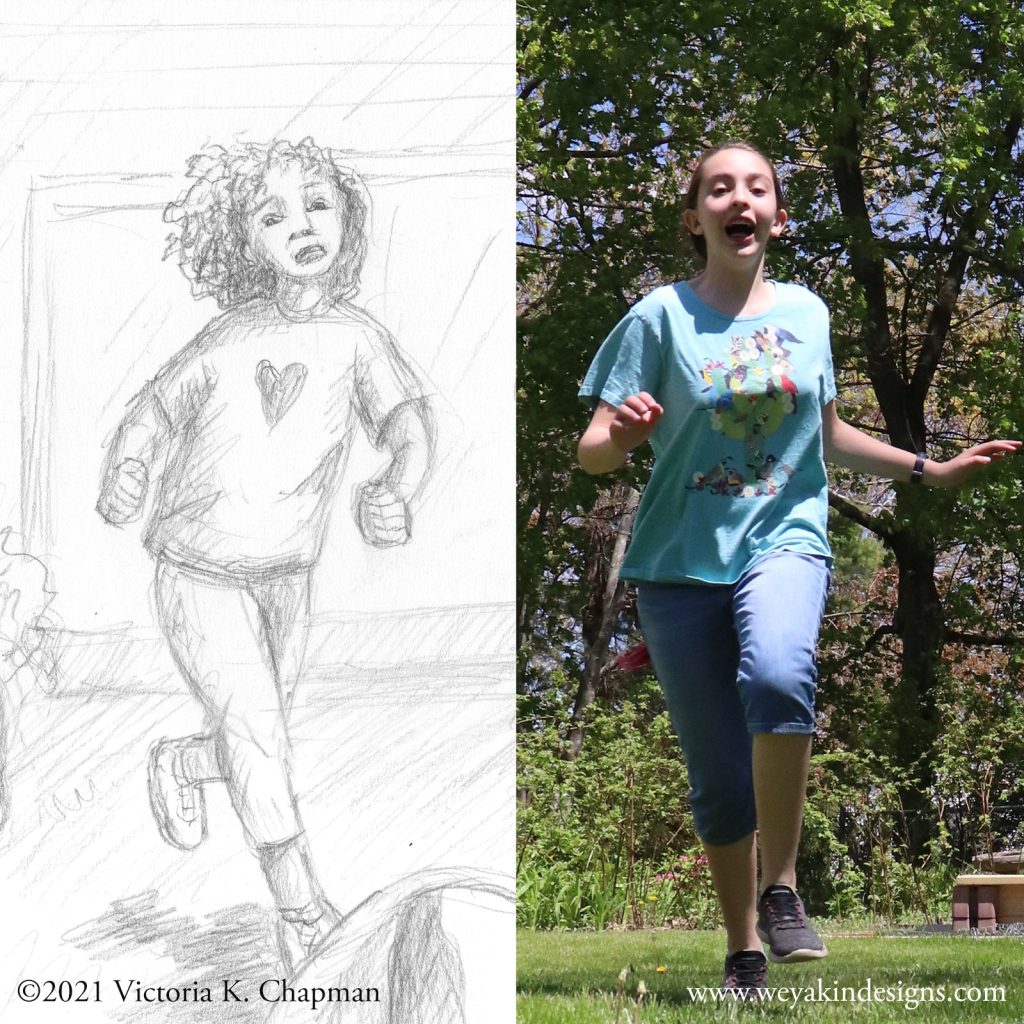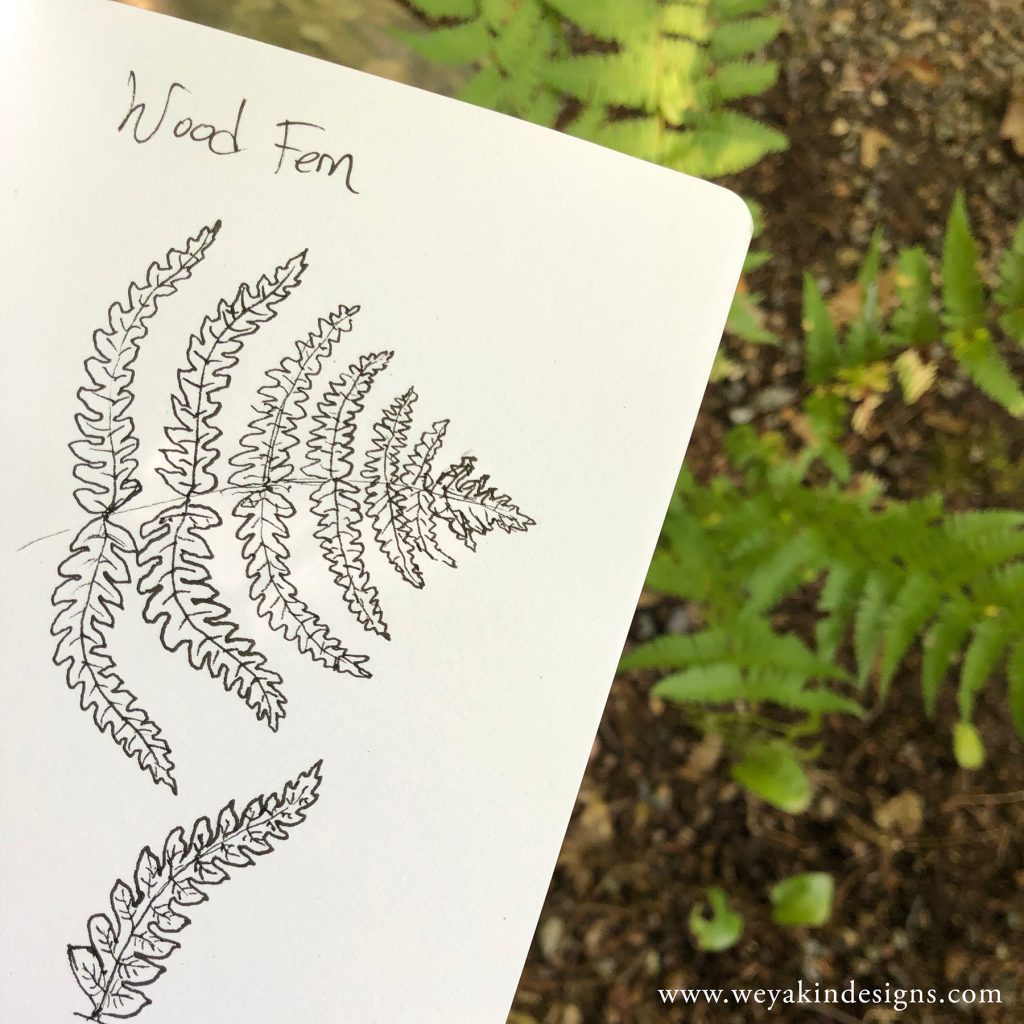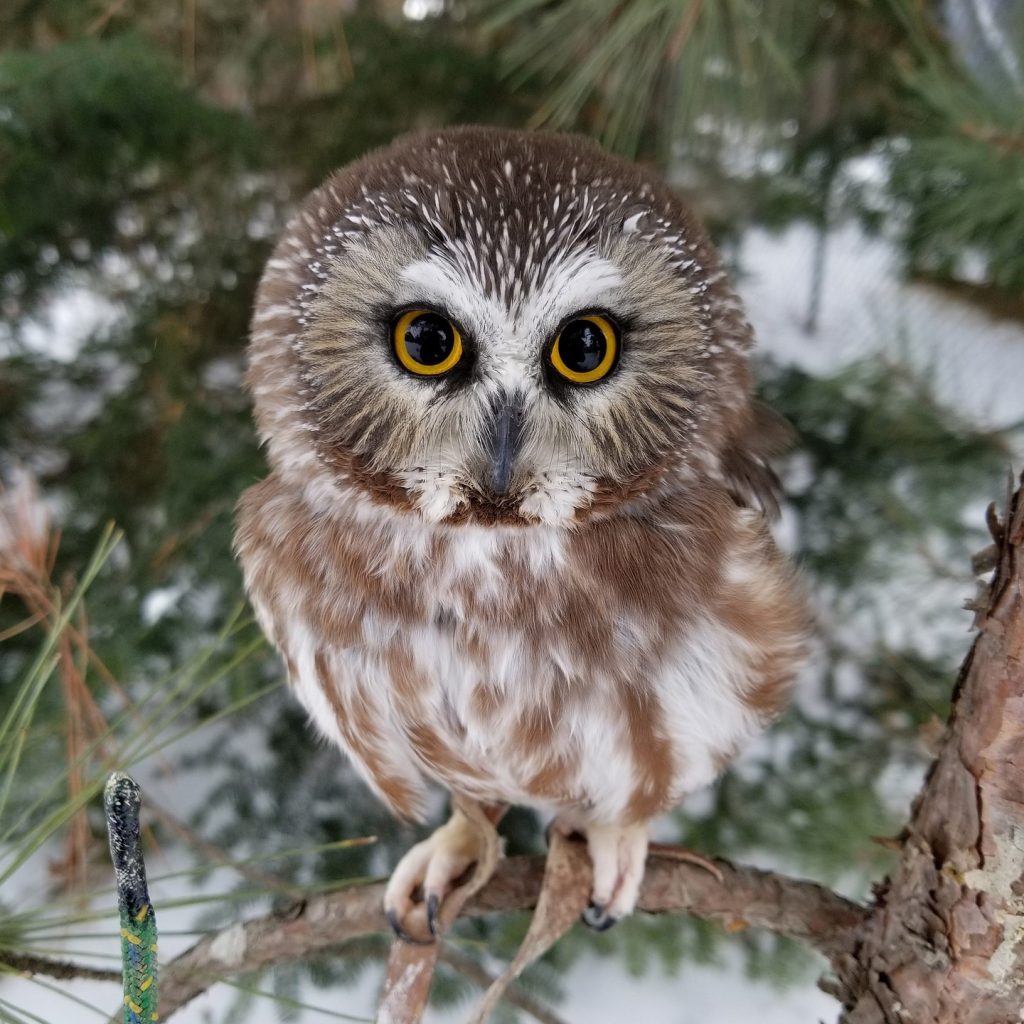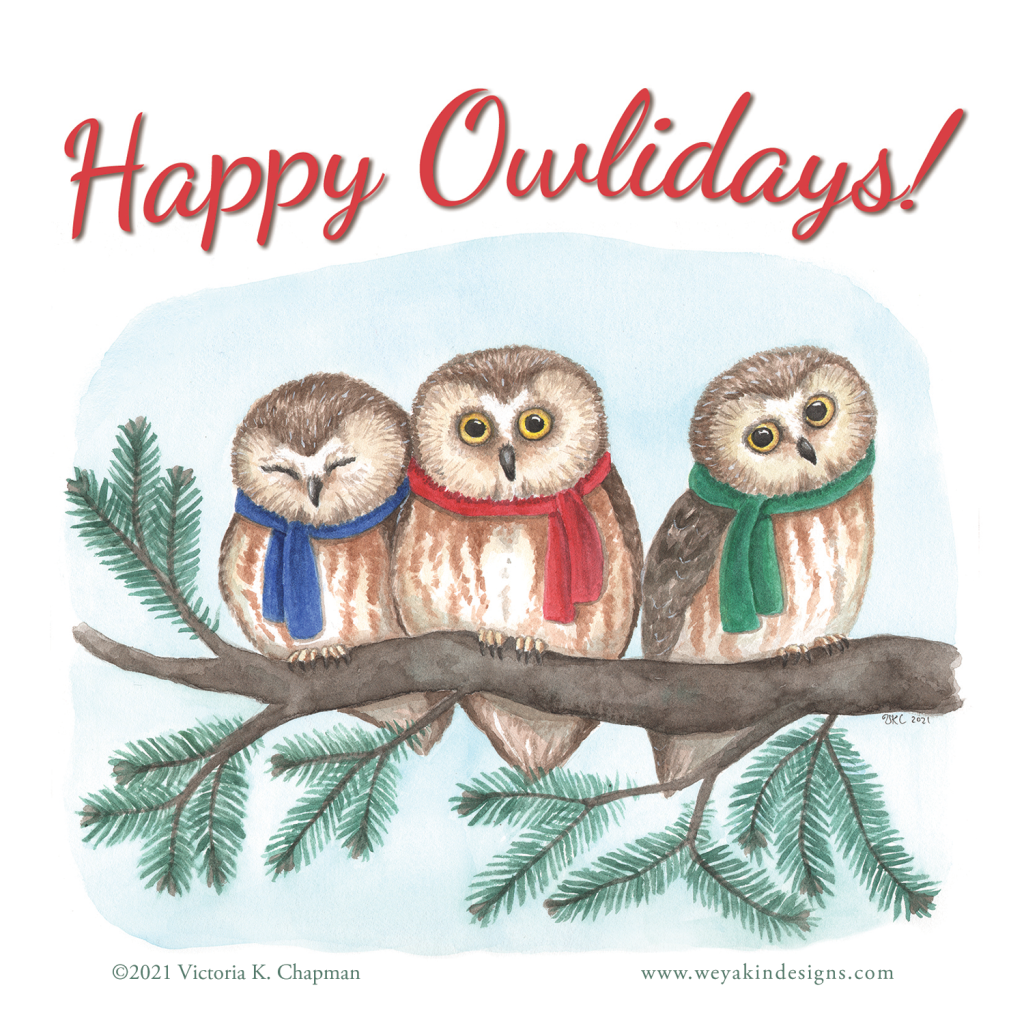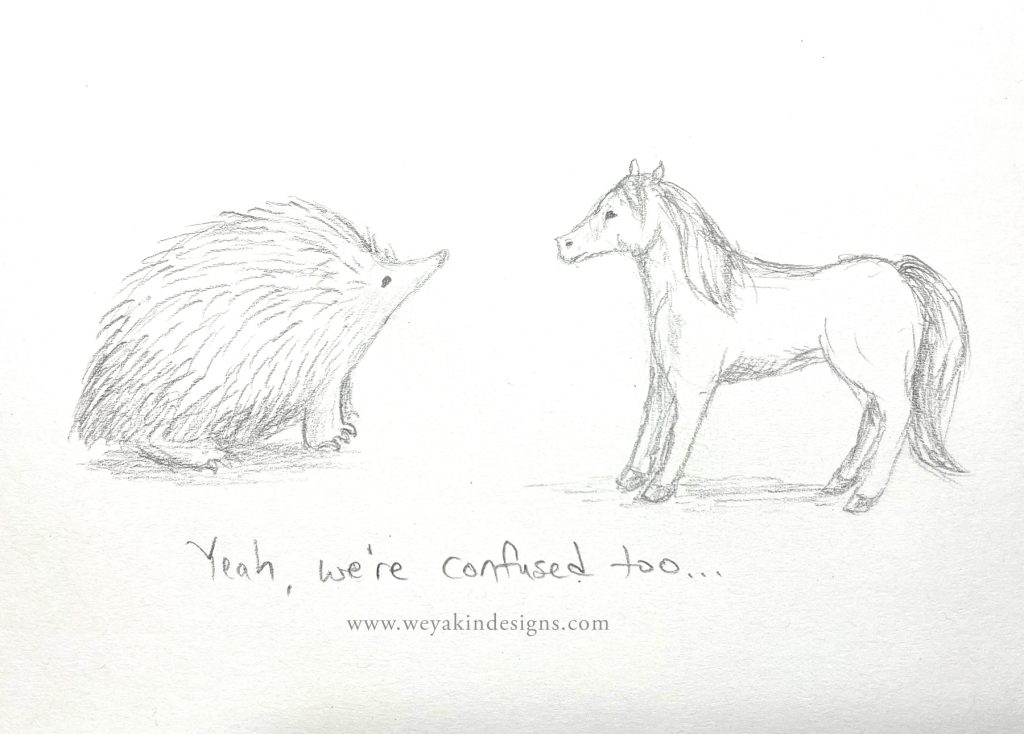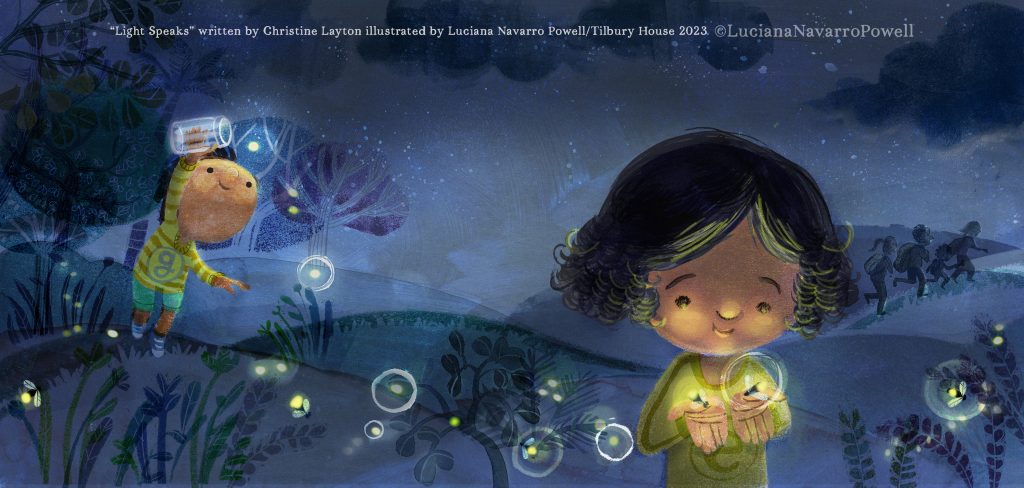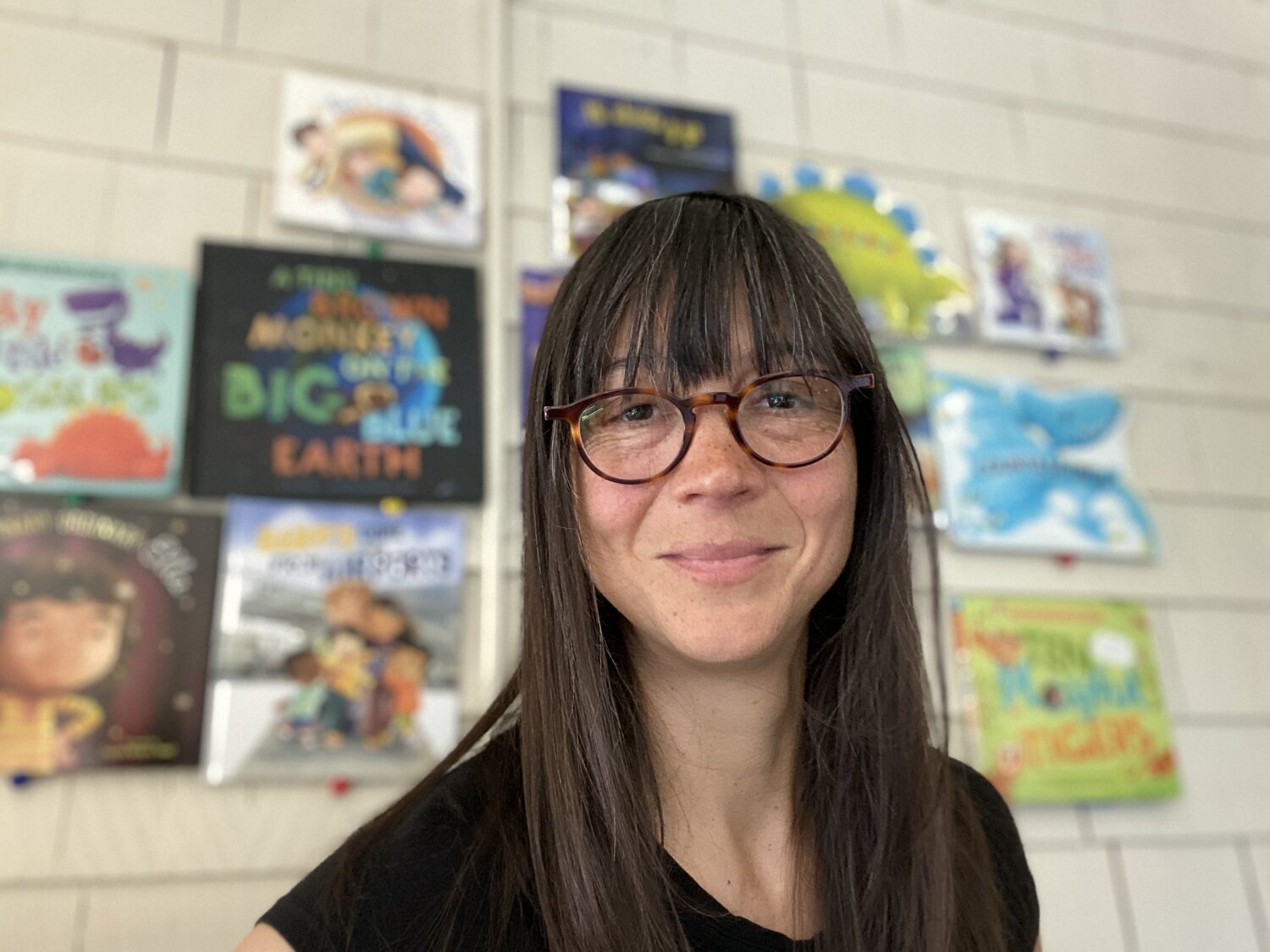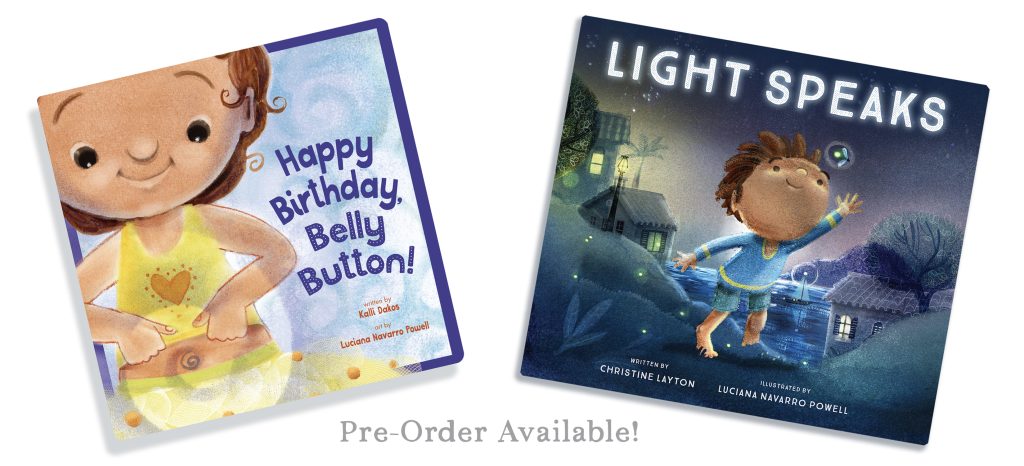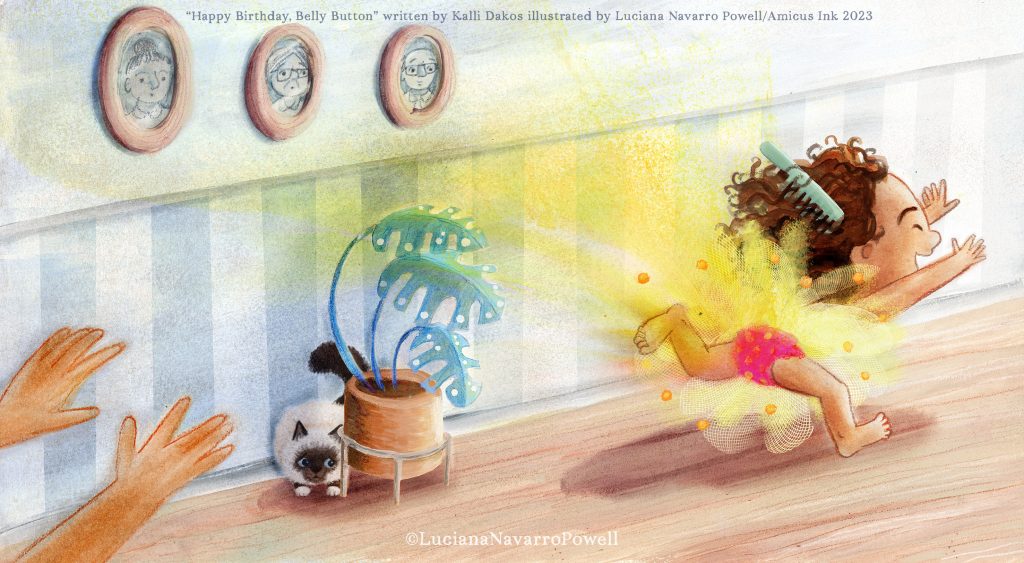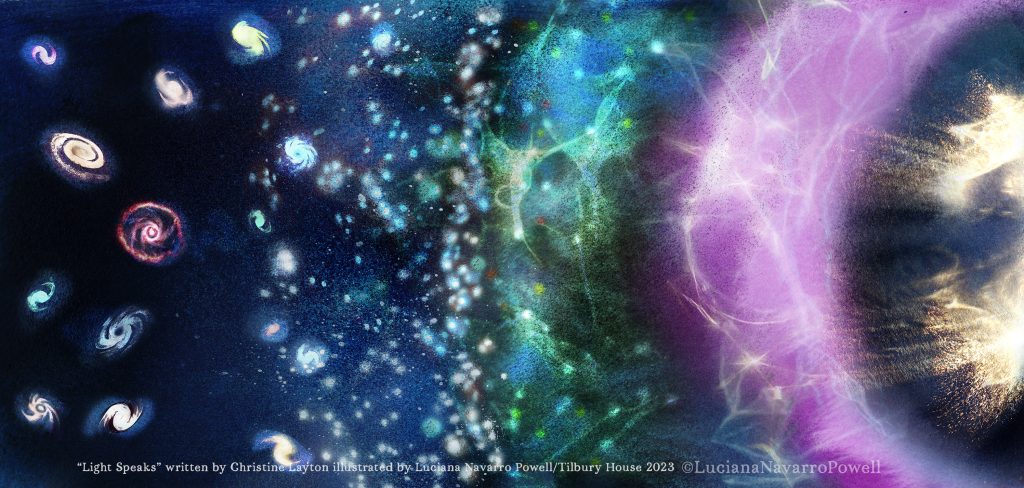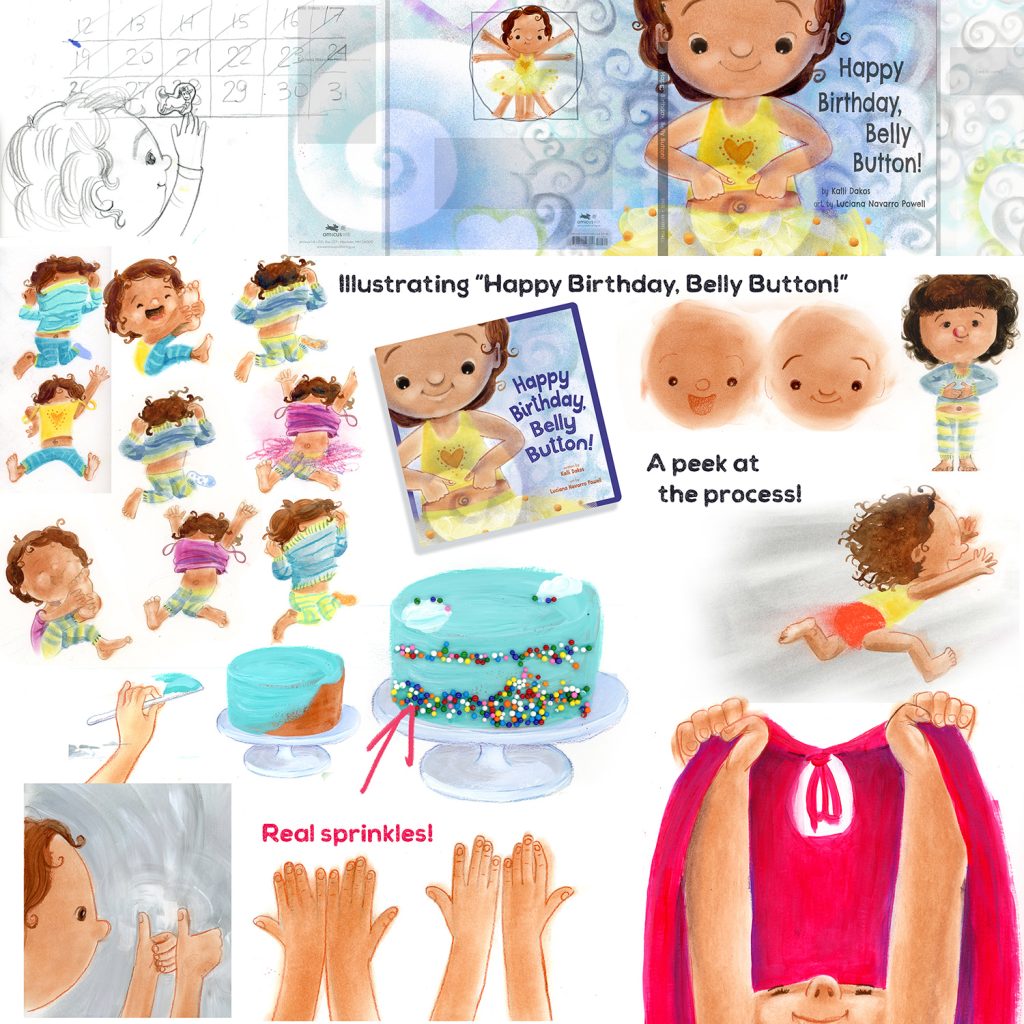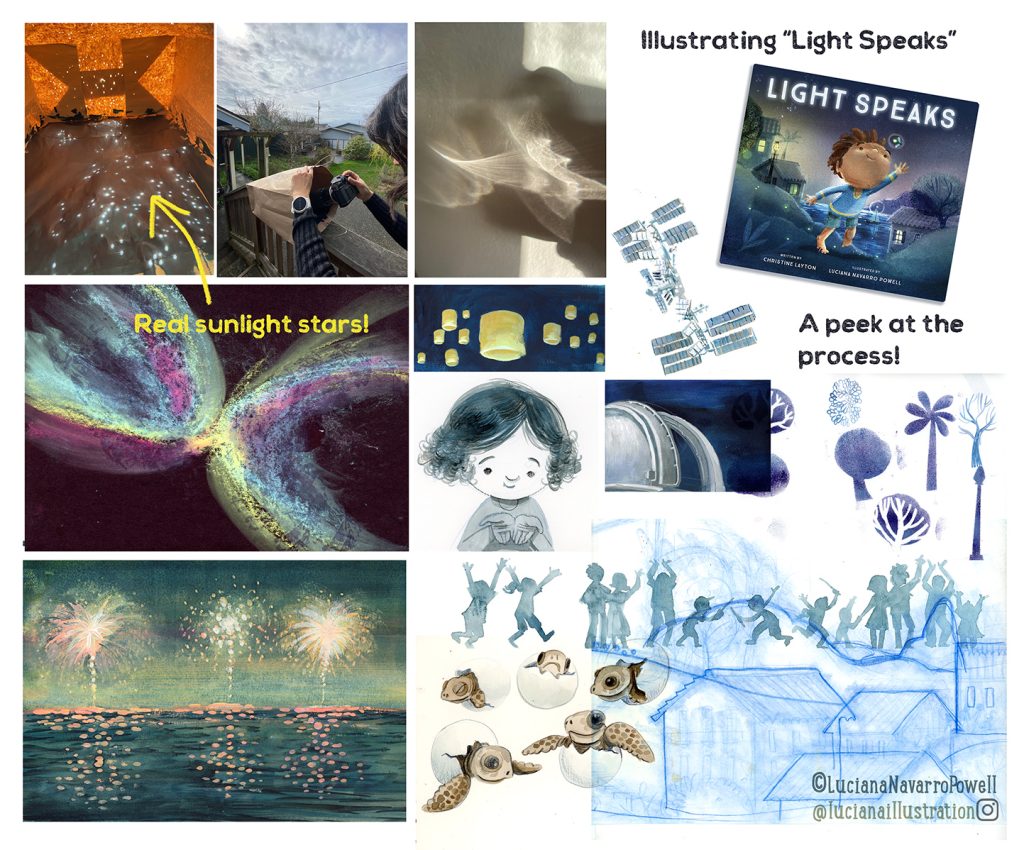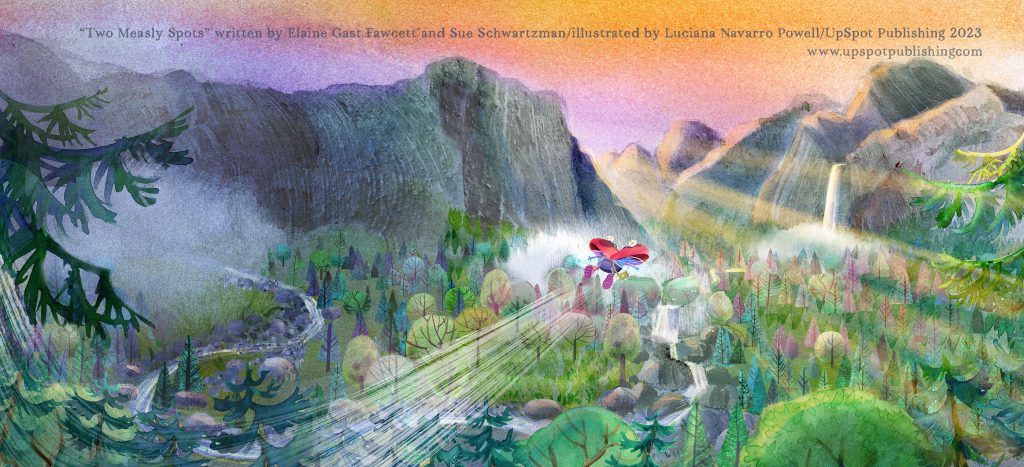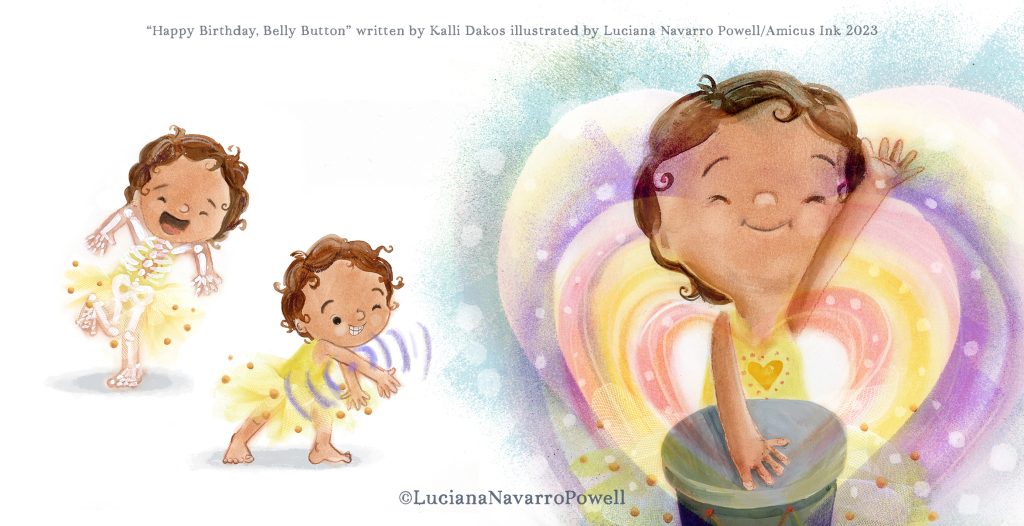KidLit Connection: Getting to Know Author-Illustrator, Angela Quezada Padron
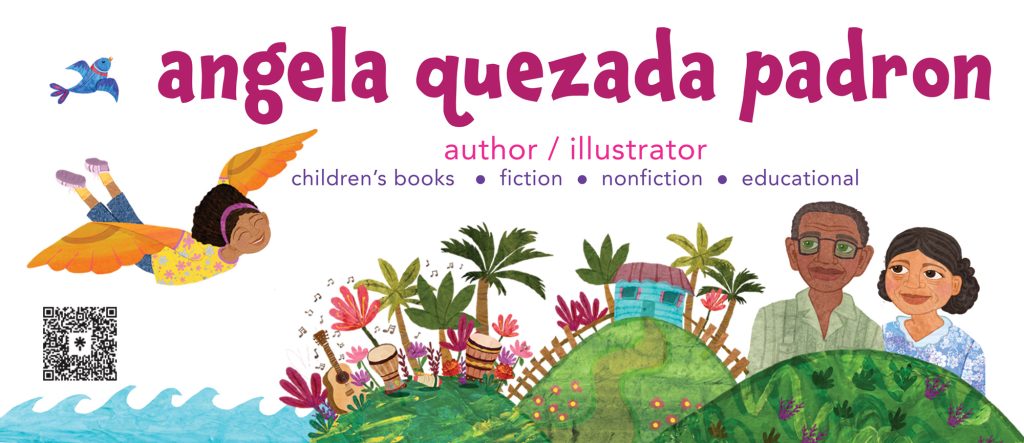
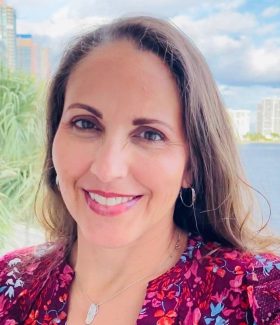
Welcome to the latest KidLit Connection interview! I’m so pleased to introduce Angela Quezada Padron, an author and illustrator of children’s books, including picture books, board books, and novels. Her debut author-illustrated picture book, AS THE SEAS RISE: Nicole Hernández Hammer and the Fight for Climate Justice (Atheneum Books for Young Readers) just released this June! She’ll share more about this book in the interview.
Angela writes and illustrates both fiction and nonfiction stories. Her nonfiction work celebrates people in the Latino community who have made a difference in the world and within their community. Angela has worked as a freelance writer, illustrator, fine artist, and curriculum designer for educational publishers. She is a lover of nature, music, and sports. When she’s not writing, drawing, and painting, you can find Angela creating music, collecting seashells, and enjoying the natural world.
An Interview with Children’s Book Author and Illustrator, Angela Quezada Padron
First, we’d love to hear more about you as an illustrator and author. Can you tell us more about you and your work as a creator of books for kids?
Thank you so much for this opportunity to interview with you and share about myself. I write and illustrate fiction and nonfiction children’s books, mainly picture books but also board books and novels. In 2007, I started an illustration master’s program through the Academy of Art University in San Francisco, and I graduated with my MFA in 2011. In 2012, I illustrated a few books for McGraw Hill, an educational publisher. Then in 2014 I was hired for two books—THE HERO IN YOU by Ellis Paul (Albert Whitman & Co.) and MY BODY BELONGS TO ME by Jill Starishevsky (Free Spirit Publishing). I was also a semi-finalist in the Tomie de Paola contest through SCBWI in 2014, and I was offered the chance to illustrate a story called FIREFIGHTER MOM in Cricket Magazine in 2016. I felt like I was on a roll! Then things died down and I didn’t have any luck until 2021 when Atheneum Books picked up my first author/illustrator book, AS THE SEAS RISE. Since then, I’ve had some other illustration projects with educational publishers, and sold three other books due out between 2025-2027.
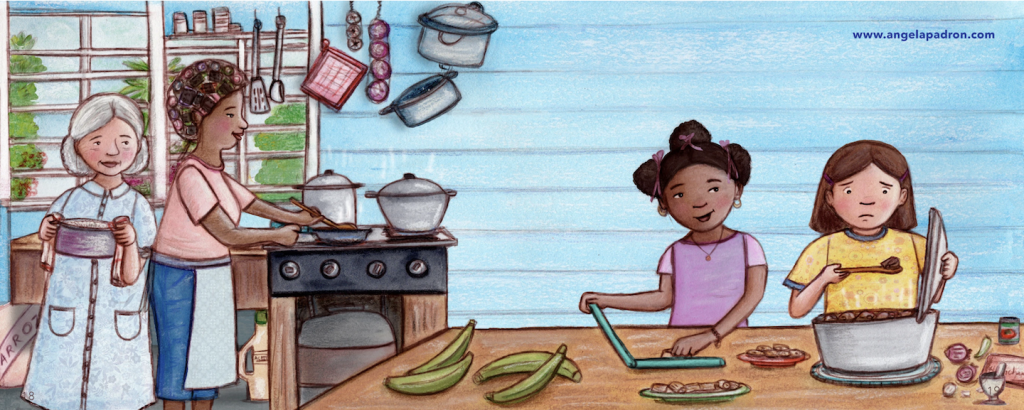
How did you start creating children’s books? Was there anything in particular that inspired you to pursue it?
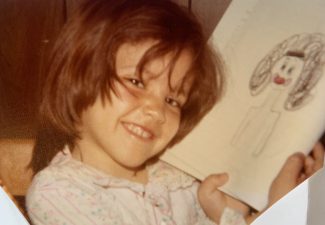
I’ve actually been creating books since I was little. My mom saved many of my “books” that I wrote and illustrated as early as four-years-old. Most of the books were about her when she was pregnant with my younger brother, me meeting Santa Claus, or Snoopy. I also saved my stories from my seventh-grade creative writing class. I didn’t realize, though, that this could be a legitimate path for me until I began teaching in my mid-20’s. Working in schools exposes you to more children’s books. As I read more books, I became more interested in studying about the authors and illustrators and how they got their books published. Some time in my early 30’s, I came up with a story idea but wasn’t sure how to format it or where to even get eyes on it to try and publish it.
I joined the Society of Children’s Book Writers and Illustrators (SCBWI) in 2004, and I’ve been on this path ever since. I joined a critique group, of which I am still a part of (shoutout to the Aventura Critique Group in Florida)! My writing friends and critique partners have helped me so much with telling me what works and what doesn’t in each of my stories. They’ve shown me how to strengthen my work and tighten my word choices. Without them, there is no doubt I would never have been published.
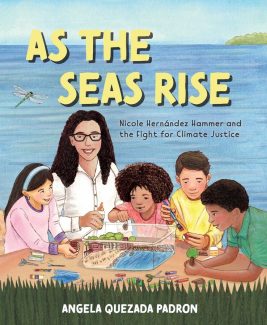
Your most recent book, AS THE SEAS RISE: NICOLE HERNÁNDEZ HAMMER AND THE FIGHT FOR CLIMATE JUSTICE (Atheneum Books for Young Readers) just came out in June—congrats! This is a powerful, lyrical biography about a Latina environmental scientist and climate activist who has worked for climate justice in vulnerable communities. Can you tell us more about this story and what inspired you to write and illustrate it?
Thank you so much! It truly was an honor to create this book about Nicole. After attending a 2020 SCBWI online conference about nonfiction children’s books, I became interested in writing a children’s book biography about a Latina figure who was involved in science in some way. After doing some searching online, I came across an article about Nicole Hernández Hammer where it stated that she was invited by First Lady Michelle Obama to attend the State of the Union address in 2015. Nicole was recognized due to her work advocating for climate justice in communities of color and educating others about how climate change was affecting the health of people in Latino communities. That inspired me to learn even more about her, as well as about sea level rise and climate justice. I wouldn’t call myself an advocate for climate change or justice, however I am conscious about how I’m contributing to climate change and climate justice and always looking for ways to support, adjust my ways and beliefs if needed, and learning what actions I can take to make this world better.
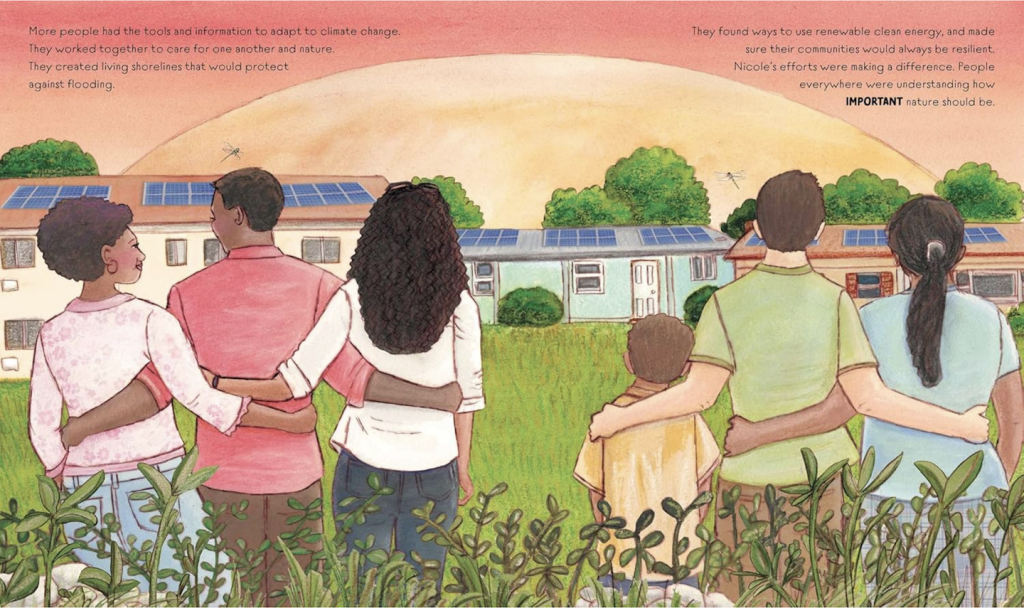
When I was writing the book, I found her on LinkedIn and took a chance to message her and said: ‘Hi, I have this story. I would love to interview you.’ And she said, ‘Sure.’ So we set up a time on Zoom and we chatted. I wanted to verify things that I had read. She gave me other insight, too, that had not been in any articles. I told her I would share this story with her once I had finished writing it, which I did. Within two or three months I got an offer from Atheneum (Books for Young Readers). I kept Nicole in the loop the entire time. I paid her a consultation fee, to consult throughout the book. We stayed in contact throughout the entire creation of the book, which obviously lends more credibility to the book.
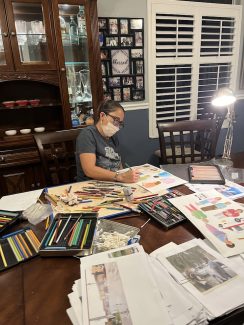
When working on AS THE SEAS RISE, what was one of your favorite parts of the project?
I really enjoyed my conversations with Nicole and learning about her life. Throughout the process, she sent me photos of her and her family to use as references for the illustrations. She also taught me a lot of the correct terminology to use when speaking about climate justice (for example, we shouldn’t say we want to “help” frontline communities but rather “partner with” frontline communities so they can get the services and support they need to stay resilient against climate change).
What was one of your biggest challenges when working on AS THE SEAS RISE?
A nonfiction 48-page biography is probably one of the hardest books to make, especially as my author/illustrator debut. Most books are 32 pages, with fictional stories you can make up the characters and places, and you have more freedom to stylize the characters and backgrounds. With biographies, you have to be as accurate as possible with the facts and the depiction of the person. And, when the person is still alive and you’re communicating with them, you want to be EXTRA exact to do them proud. I had the pressure on myself to try to make it as perfect and accurate as possible.
In addition, my father was ailing and passed away in 2021, right in the middle of me working on the final text. Then I was dealing with some health issues in the spring of 2022 that affected me finishing the art. But I pushed through it and got it done!

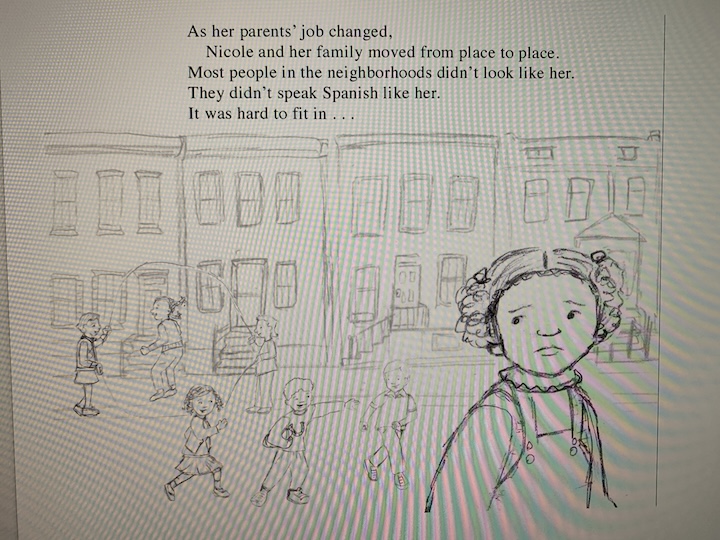
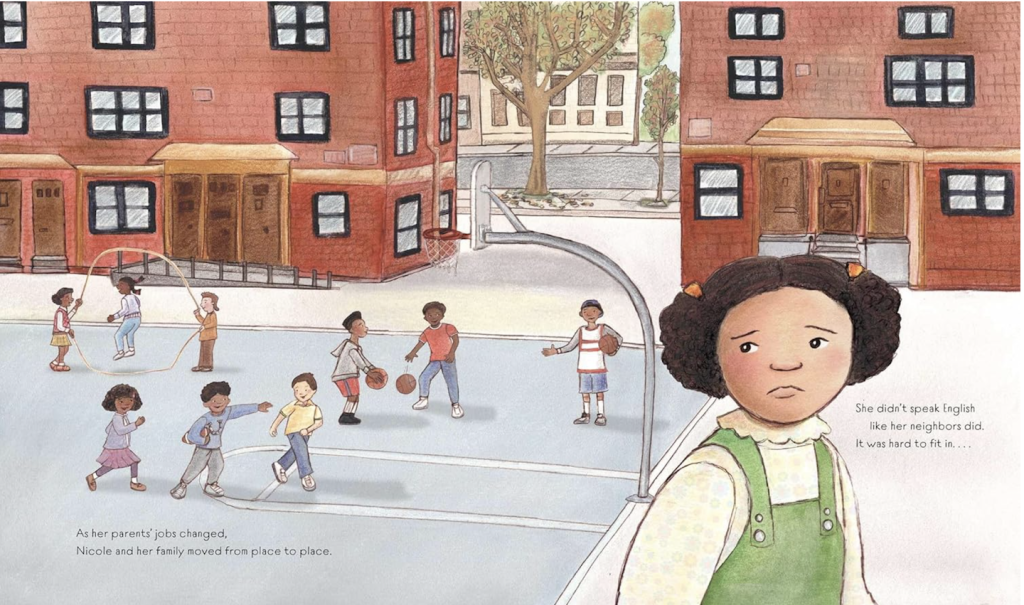
We’d love to hear more about how you work! What sort of process and tools do you use to create both your illustrations and writing?
In the past, including for AS THE SEAS RISE, I would do most of the illustrations by hand using pencil. First, I do a lot of research and find photos that will inspire some or all parts of a drawing. Sometimes it’s the right background or object I needed, and sometimes it’s just a pose I needed. I often look at videos and then take screenshots while videos are playing because that allows you to capture a person in action rather than a posed shot. For the cover of SEAS, I saw a Twitter post about kids making models of their communities protected for climate change. Nicole and I thought that would be a good theme for the cover, and the editor agreed!
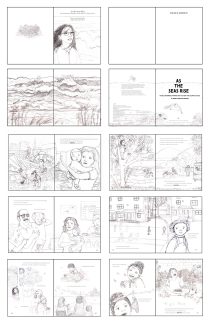
After I had my ideas, I would draw thumbnail sketches to get a sense of layout and how to paginate the text. Then I did more refined thumbnails. Once I had the layouts decided, each part of an illustration was drawn by hand on vellum using Prismacolor Col-erase pencils. I find vellum to be a beautifully smooth surface that doesn’t smear, and the col-erase pencils have a nice texture as well as don’t smear like regular pencils. I would scan them into my computer, clean them up and adjust as needed. Once the editor saw the sketches and gave feedback, I made necessary adjustments and then drew the final outlines.
Then I would print all of the parts – people, objects, backgrounds – onto several pieces of BFK Rives paper which is mainly used for printmaking. It’s thick, doesn’t really warp and can hold a lot of layers of paint and coloring. Plus it has a nice texture to it. I would tape the paper down onto wooden boards and then color in the drawings with gouache, watercolor, pastel and/or colored pencil. After that, I would scan all the painted papers back into Photoshop, put each part on its own layer (meaning, the people and objects would be placed on individual layers in Photoshop) and then add in my original sketches as overlays to make sure the lines were clean. I would then finish in Photoshop to clean up, resize, and change color of any part if need be.
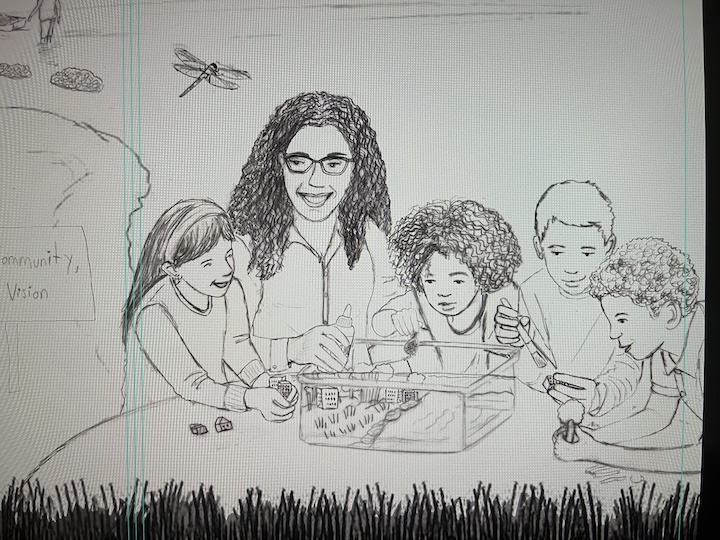
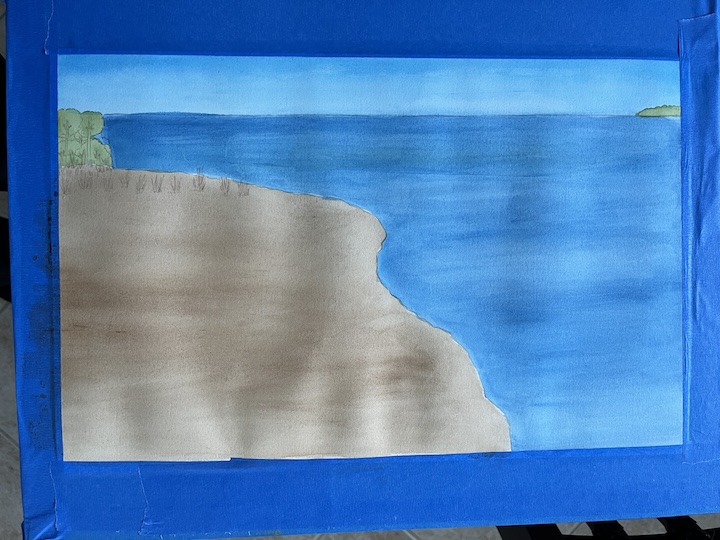
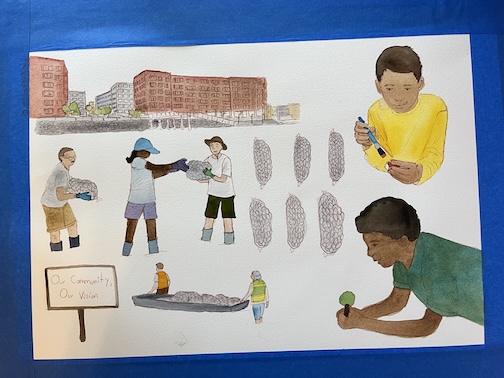
A scanned in drawing, background painting, and painted figures before they are assembled together digitally.
However, after doing a 48-page picture book like SEAS in this style, I realized that I need to work digitally more to save time and to save my aging hands from tiring out! So, now I tend to draw parts by hand still on vellum, scan them in and then redraw over them in Photoshop or Procreate. I do a combination of coloring digitally and scanning in painting or textured paper to fill in the illustrations like digital collage. Some of my work on my website was created with digital collage in this manner, and some were done by drawing and coloring by hand, then scanning in and putting them together digitally.
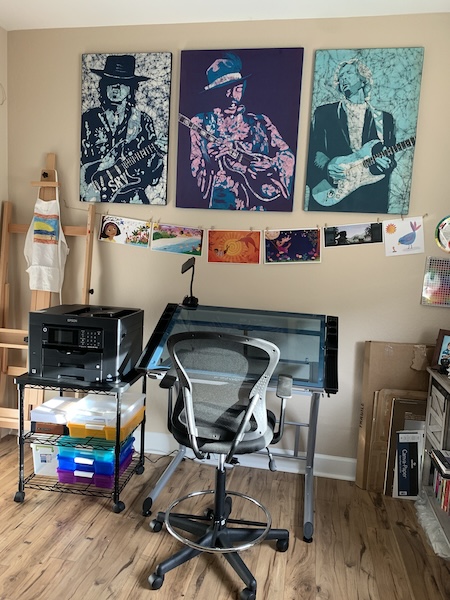
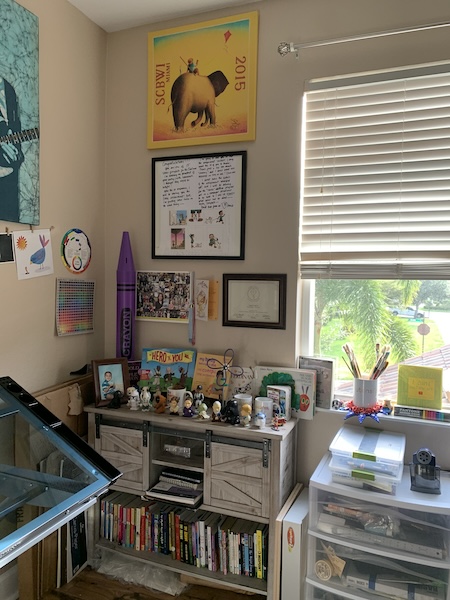
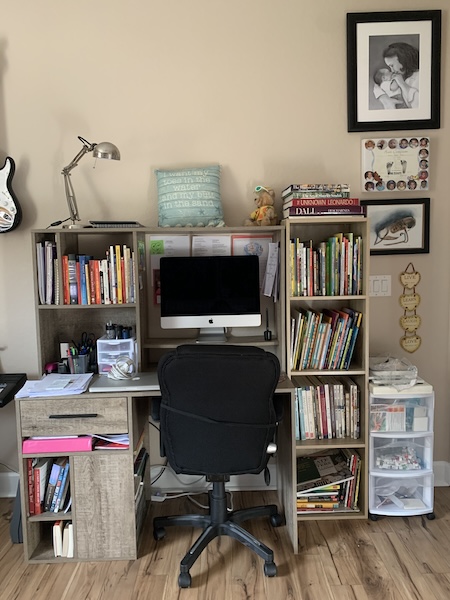
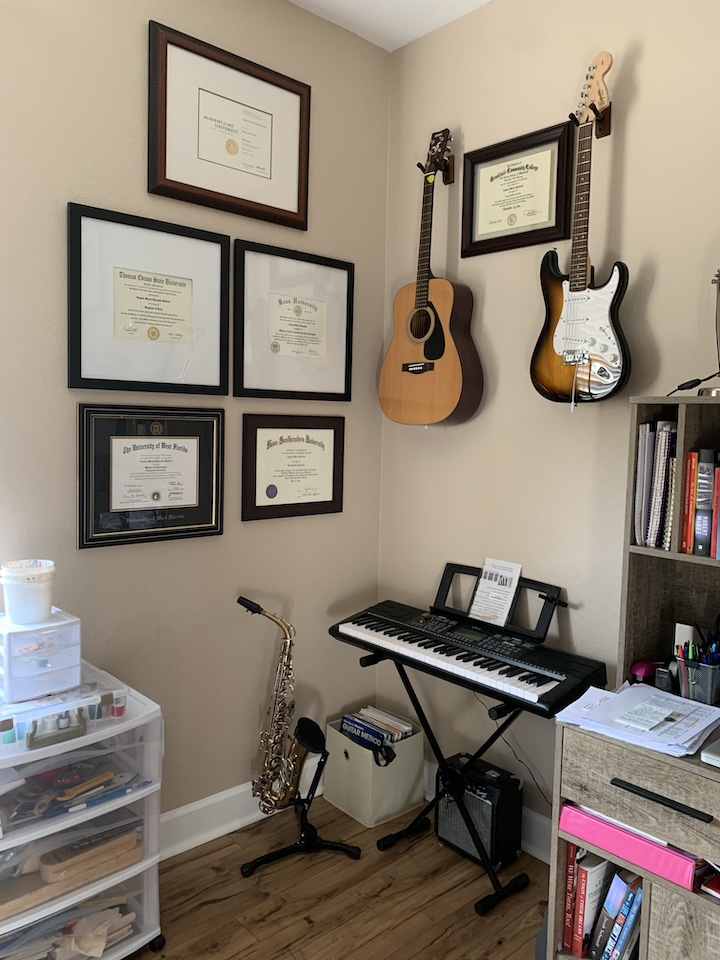
You have three other books you’re currently working on which will be out in the future. Can you tell us more about them?
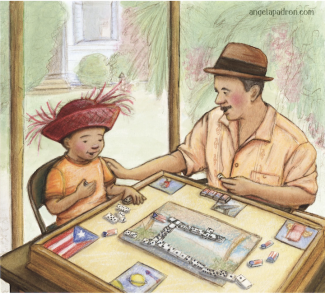
I would love to! FROM THE FIELDS TO THE FIGHT: HOW JESSICA GOVEA THORBOURNE ORGANIZED FOR JUSTICE comes out with Atheneum Books in 2026. Jessica worked with Cesar Chavez during the grape boycott to fight for equal rights for farm workers and labor unions. That is being illustrated by the talented Sol Salinas. The next book, AN ISLAND CALLED HOME (Eerdman’s Books, 2026) is a fictional story about a girl who visits her father’s home country for the first time and learns about her extended family and her bilingual and bicultural heritage. It’s based on my life with my father who is from the Dominican Republic, and I will be illustrating that one. Lastly, LUCIA’S GOALS (Lee & Low), which is being illustrated by Christina Barragan-Forshay, is about a girl who wants to play soccer but battles through sexism, racism, and inequality to make her dream come true. The publication date is not finalized yet but should be out in the next couple of years.
Some people might wonder why an illustrator wouldn’t illustrate all their books. The truth is my style doesn’t always fit with the stories I write, and I don’t want to be limited to only pursuing books that I could best illustrate.
What is your greatest wish for your work as an illustrator and author?
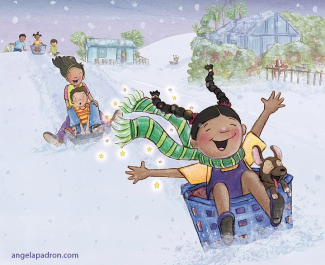
What a great question. I focus on the stories that have an emotional tie-in that will allow readers to connect to the story in some way. I think about how a particular story will inspire and impact kids and encourage them to read more. For example, I hope books like SEAS and FIELDS inspire kids to take action against injustice, while LUCIA can show what perseverance is, and ISLAND can show readers another culture or family situation they may never have known about. Some of my other stories I hope to publish will just make kids laugh or entertain them and others may warm their hearts. In the end, I create the stories because I love to and want to share my ideas and creations with the world. But to me, it’s most important that the kids enjoy reading them and connect with the stories. Otherwise, there’s no point in doing them at all.
Is there something you would like to tell aspiring children’s book illustrators and authors who hope to be published someday?
Definitely look into organizations like SCBWI to learn about the industry and connect with others. Do your research before submitting to agents and editors to make sure your style and goals match with theirs. Write and illustrate what you love, not what the trends say you should do. Illustrate in the style and medium YOU want to, not in the style others tell you you should. BUT, always be open to feedback and suggestions. Find other creators to connect with so you get that honest feedback and encouragement. Most importantly, never give up. It can take years to get your first book deal or project and when you do, all the hard work will have been worth it!
I also want to acknowledge Giuseppe Castellano from The Illustration Department. A few years ago, I was feeling like my work wasn’t good enough and doubting myself. I signed up for a portfolio review and mentorship with Giuseppe, whose advice and encouragement were essential to help me rebuild my portfolio and come up with ideas for the compositions for AS THE SEAS RISE. Publishing really is a collaborative effort!
Learn More About Angela Quezada Padron
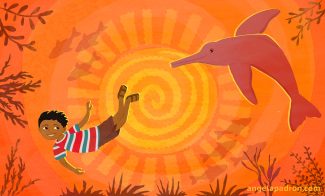
To learn more about Angela Quezada Padron and to see more of her work, follow her on social media and visit these links:
- Visit Angela Quezada Padron’s Website
- Follow Angela on Instagram
- Follow Angela on Twitter/X
- Follow Angela on BlueSky
- Buy a copy of AS THE SEAS RISE
Angela is represented by Sera Rivers at Speilburg Literary.
Are you a published or soon-to-be published illustrator or author/illustrator who loves creating books about nature, animals, the environment, social justice, or mindfulness? I’d love to chat with you for a KidLit Connection interview! Send me a message.
